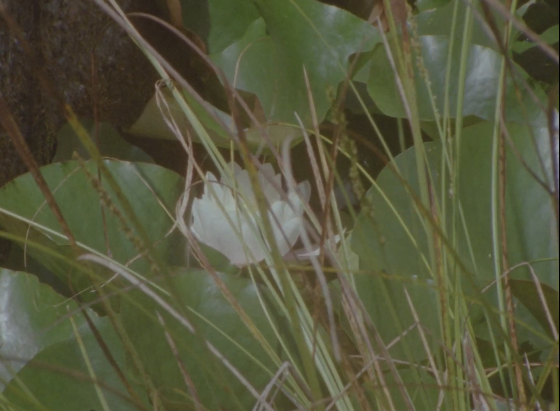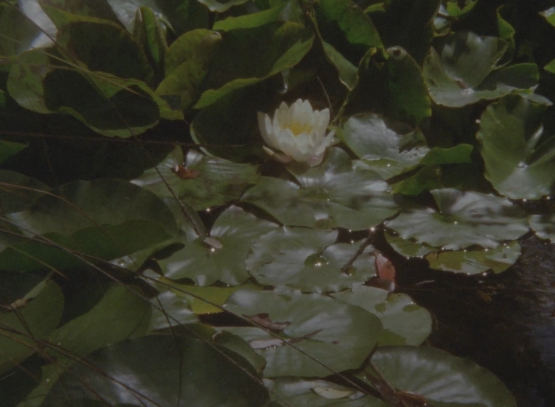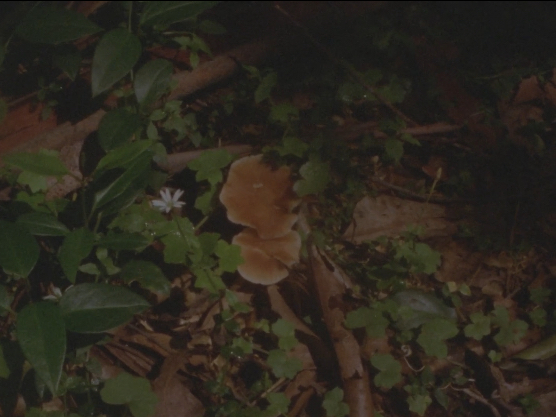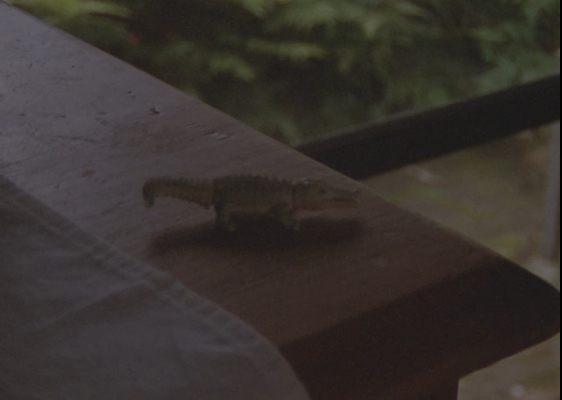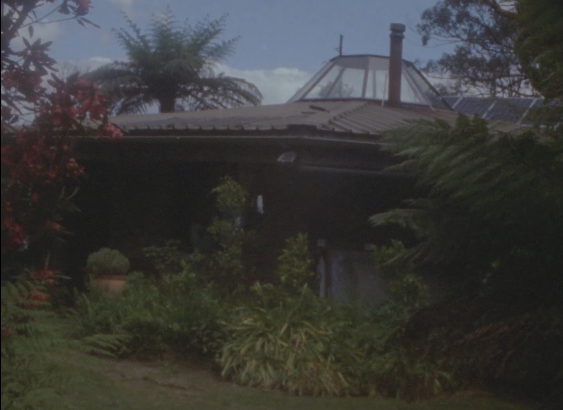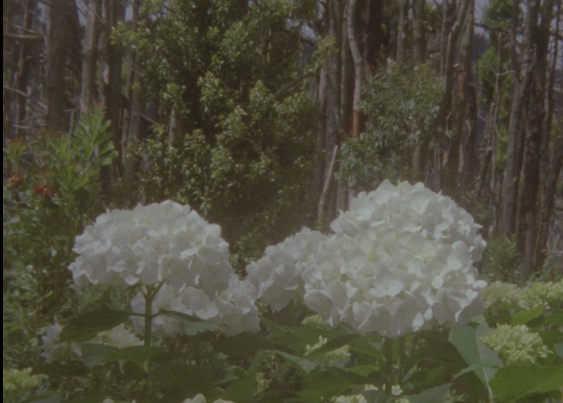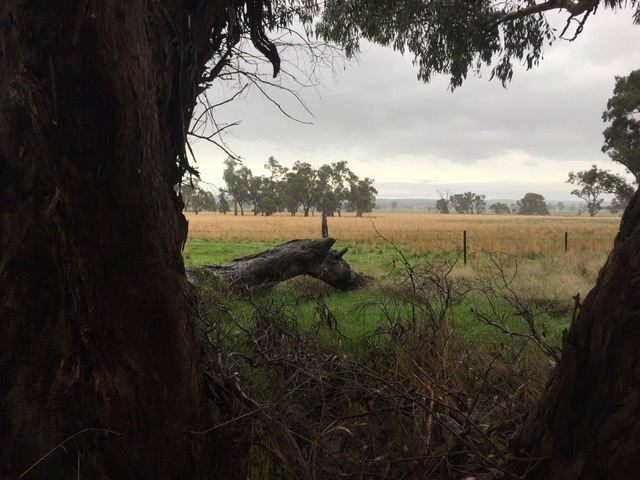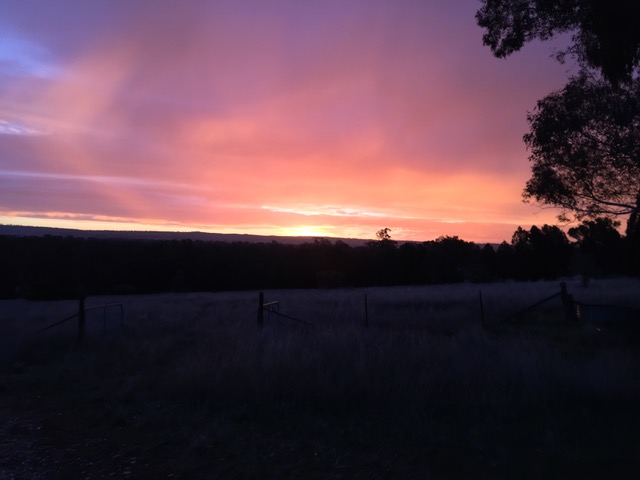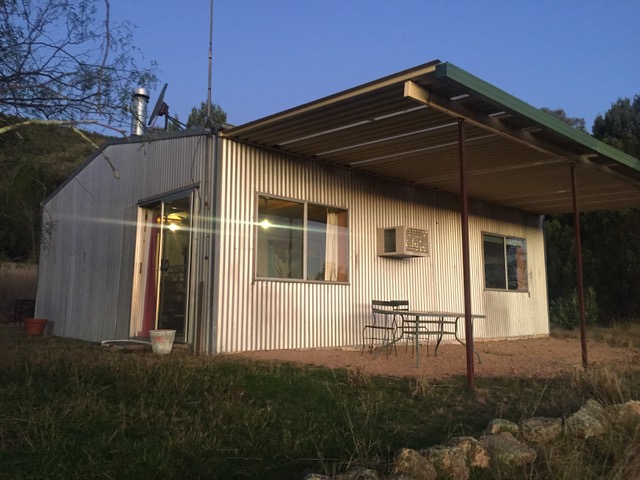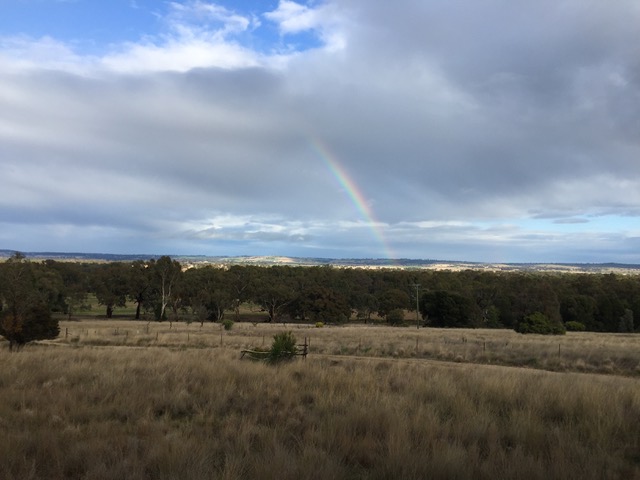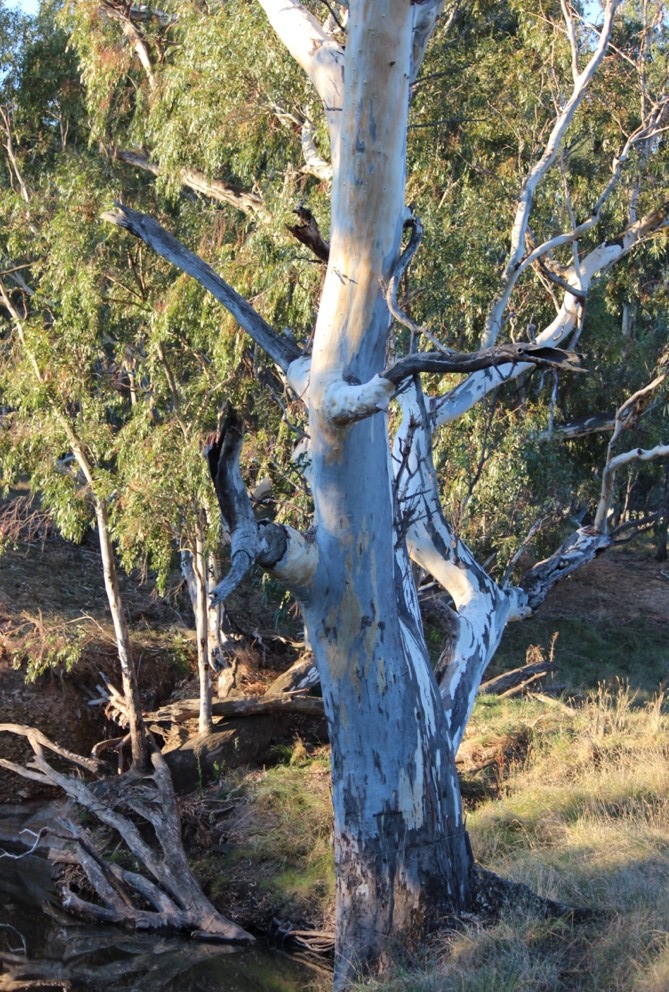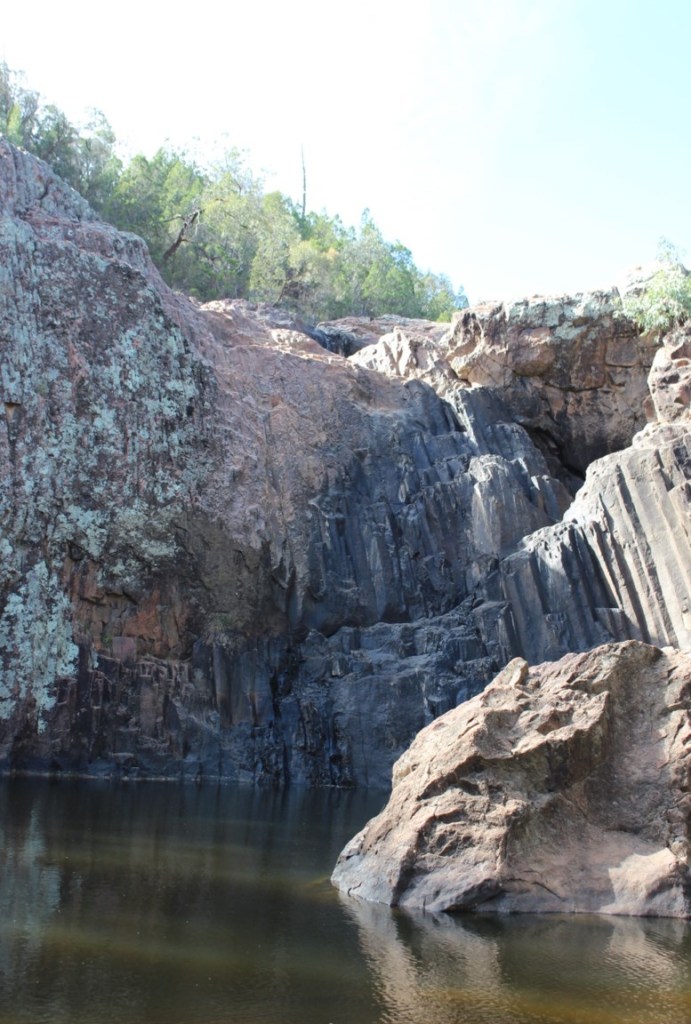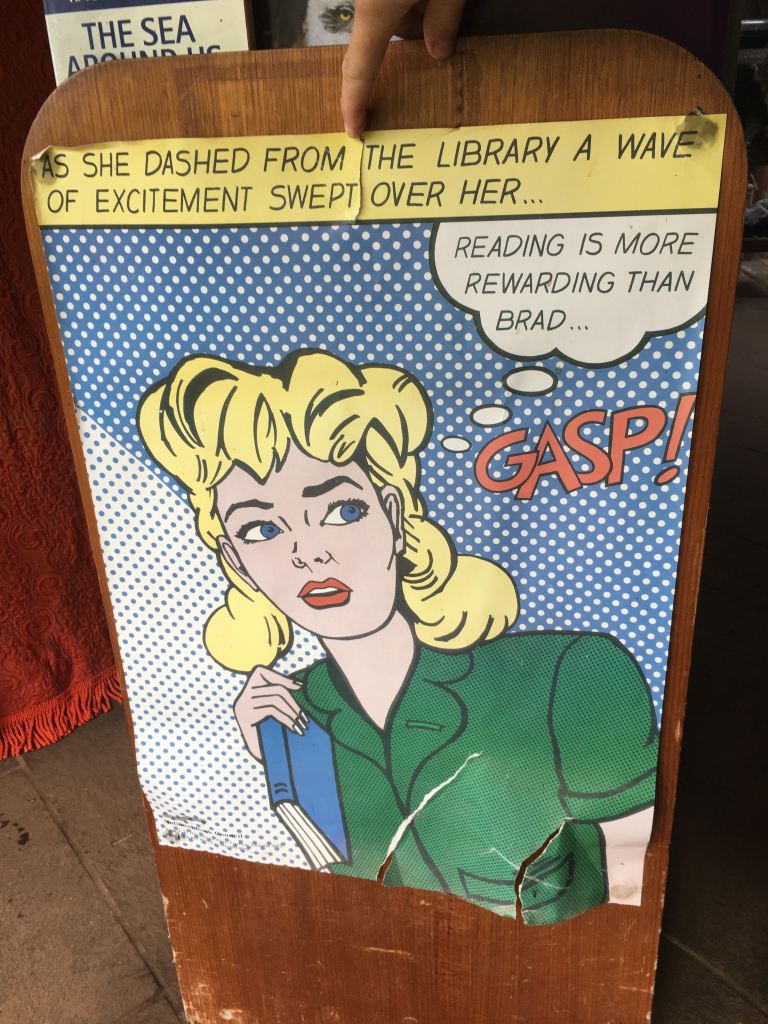21 – 31 October, 2024
Plumwood Mountain, and Challenging the Master Narrative
By Codie Pia Condos
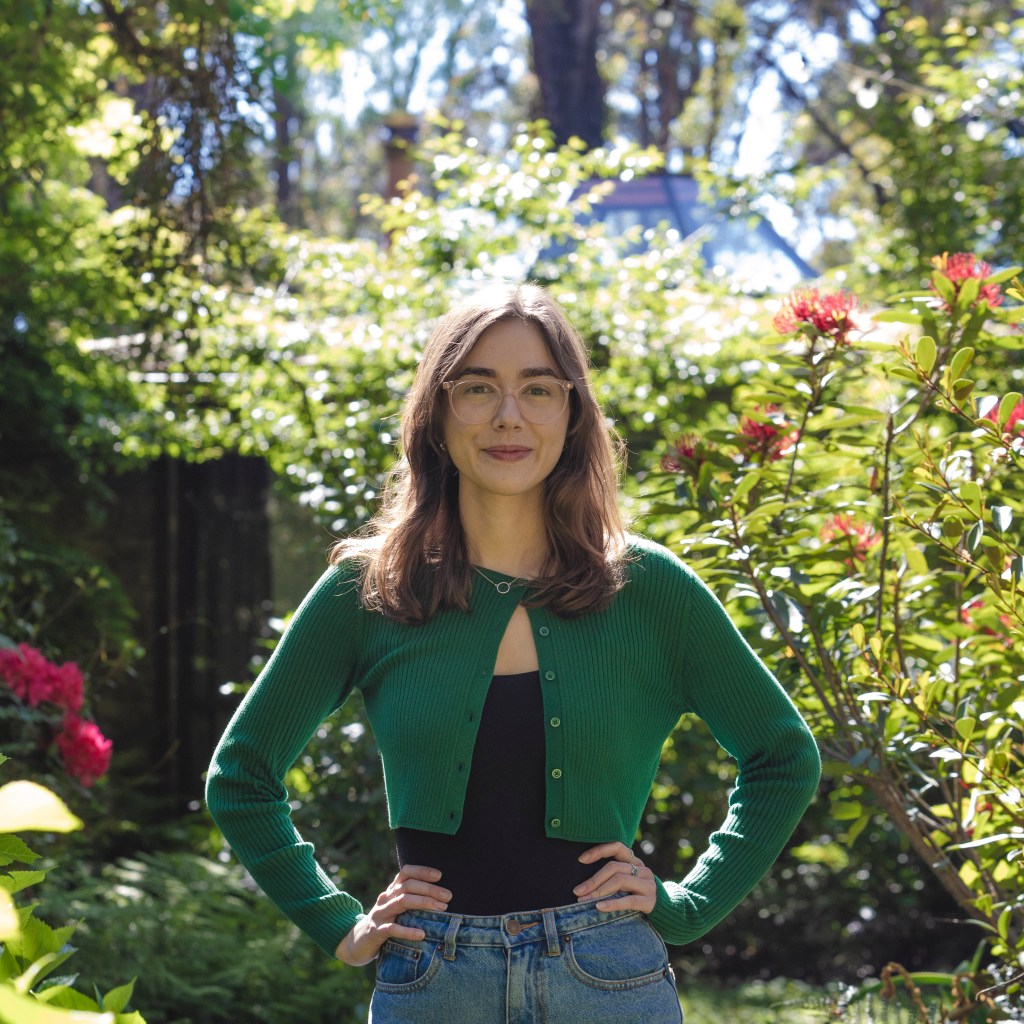
I’m sifting through heavy boxes of papered material while sitting at a desk that the caretakers, Ruby and Clancy, tell me is “Val’s desk.” After spending the week beforehand at the archive housing some of Val Plumwood’s material at ANU, just under two hour’s drive from the living archive of Plumwood Mountain, my mind seems to resemble a patchwork of stories (some showing their interconnectivities and interdependencies).
A thought comes to mind—the physical documents tell one story about the transience of Plumwood’s life; some pieces don’t stay but offer a different sense of continuing on; Plumwood is never fully known, just as you can never fully ‘know’ the other. In this lack of transparency I find mud gluing together pieces of the ANU archive, a silverfish carefully preserved between pages, and winding patterns of insect bites in books, this time from the stone house’s vast library, whose covers have been moulded by human hands. Thoughts appear in margins; disorderly drafts populate notebooks, ones that won’t make it to published works.
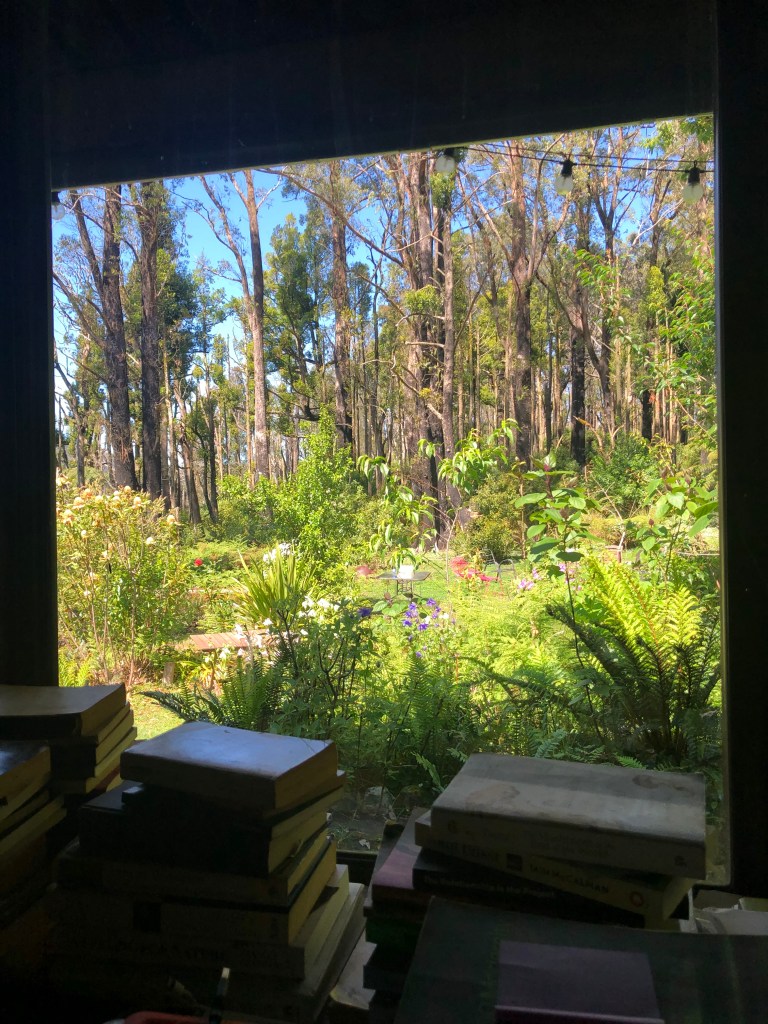

Turning to Plumwood’s published papers, there is an underscoring or framing story of life and death: “At the individual level death confirms transience, but on the level of the ecological community, it can affirm an enduring, resilient cycle or process” (Plumwood 2007, 67). And another of the role of the forest’s agency in Plumwood’s thinking: “the forest is a far better philosopher than any on my bookshelves. I know this with certainty and with joy, and open myself to receive its daily dose of wisdom tonic” (Plumwood 1999, 67).
In her activist and philosophical work, Plumwood sets out to challenge the “master narrative” of the western philosophical tradition, where a radical split or dualism has become the dominant mode of relation (Plumwood 1993). Dualism centres an omnipotent master identity who is predominantly masculine, white, wealthy and colonising, and conceives of his other (whose difference has been defined in terms of lack or of what he is not) as an inferior ‘Other’. The master identity denies relationality, he denies dependency on the Other and their agency. Alongside intersecting systems of oppressions, Plumwood is especially concerned with how this set of denials involves various illusions about human exceptionalism in regard to our relationship with nature. To suggest that the forest is a philosopher is, I think, one important sense in which Plumwood aims to challenge human exceptionalism and its accompanying set of life-denying beliefs, including the dualistic splitting of nature/culture, mind/body, reason/emotion, human/nonhuman, and many more.
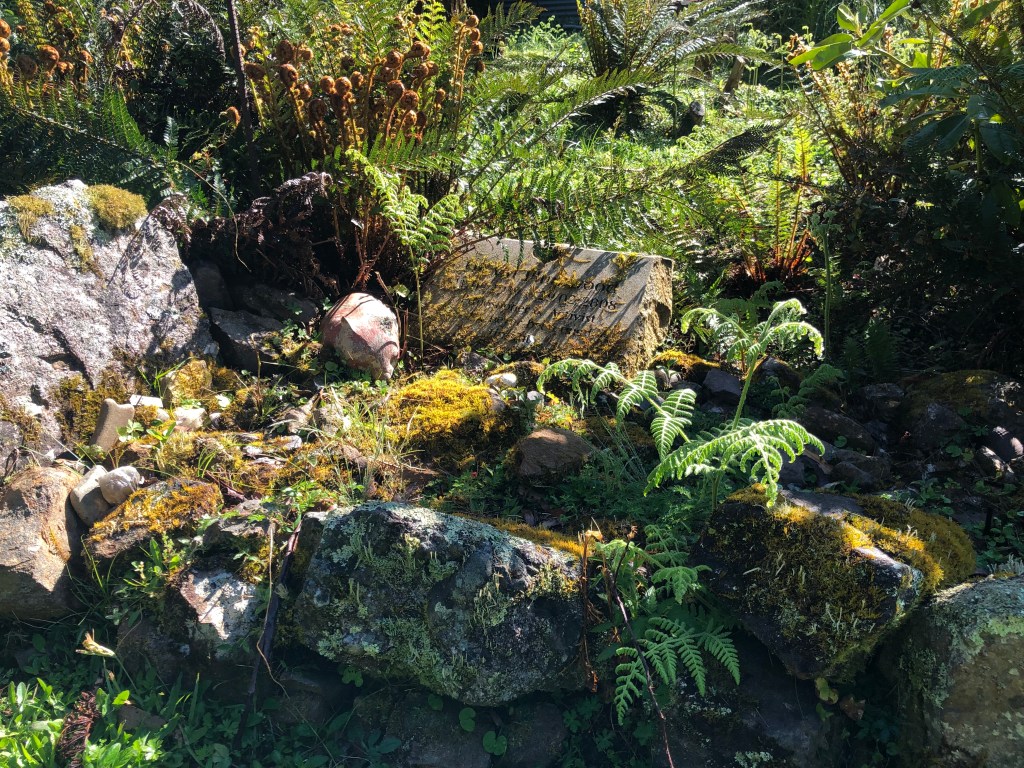
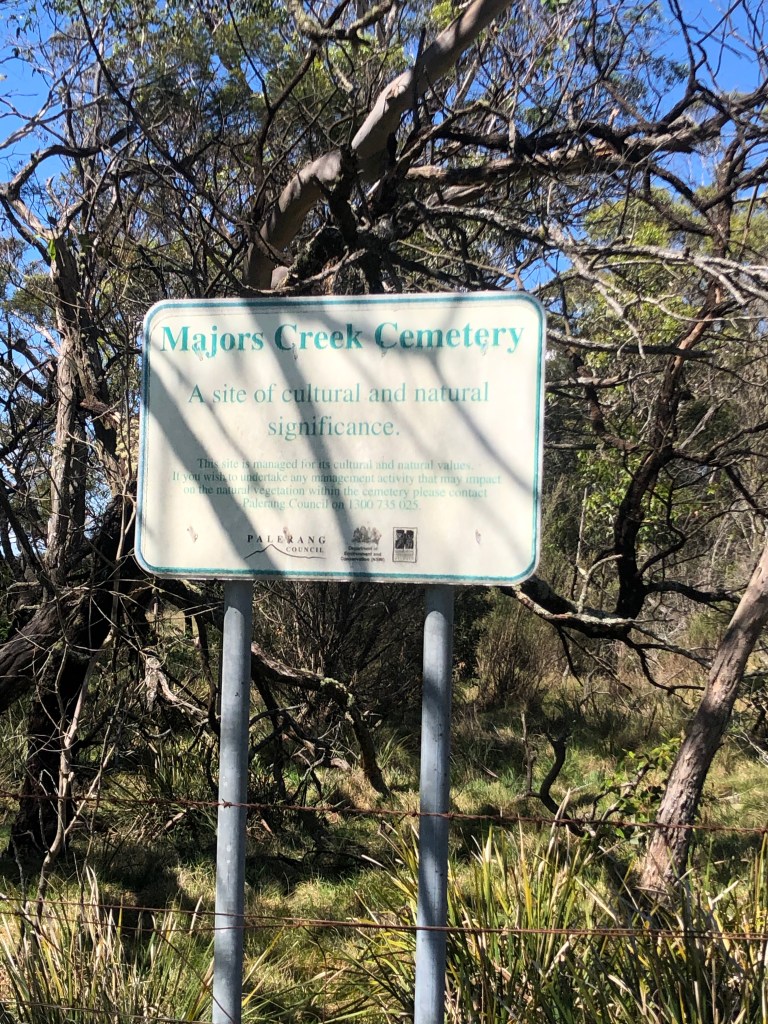
From the vantage point of Plumwood’s desk is her carefully tended-to garden, including her beloved waratahs; other flowers such as hydrangeas and irises spring to life in the area around the garden. Her grave isn’t visible from this window, but I know it sits close-by.
At the time of her burial Plumwood’s body was lowered into a shallow crater of the earth, allowing minimal to no separation from other species who would find food and nourishment from her decaying body. I keep her death story in mind as Ruby and I set out to bury a poor joey Ruby found lying dead one afternoon while on our walk to the Plumwood grove. As we are digging, I notice the shape that forms in the bed of earth: it resembles a jelly bean or womb. A thick tree root curves into the hole and poses limits on how far we’re able to dig on one side (a sign of mutuality). After placing the joey inside, we replace a mound of earth over the hole and lay down stones to reinforce the shape, as well as flowers picked from Plumwood’s garden, with a small hope that this will promote the kind of embedded continuity Plumwood attempts to enact through her death and argues for in her writings.
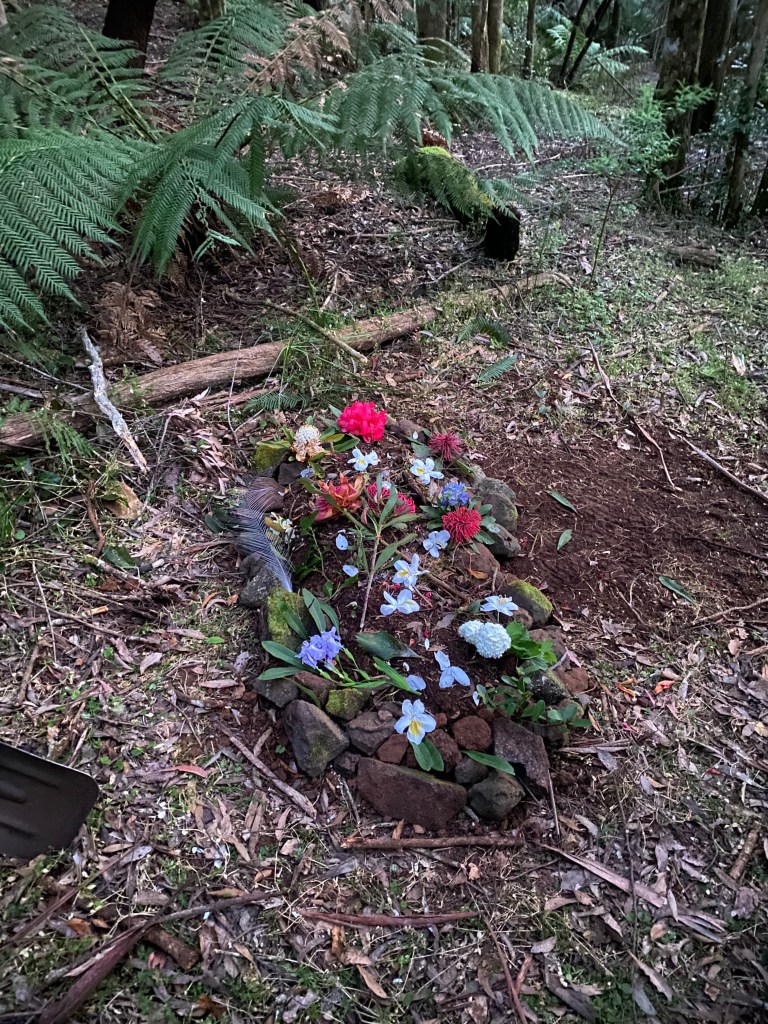

16 – 21 July, 2024
Burrowchronological Time
By Connor Tomas O’Brien
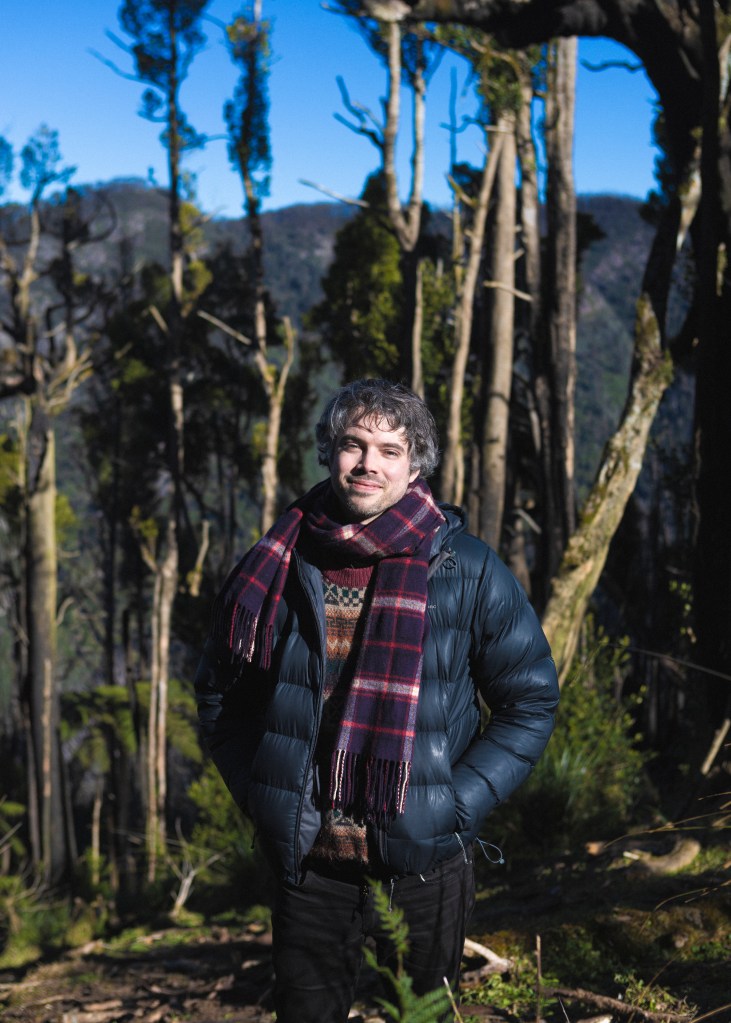
While at Plumwood Mountain — Val Plumwood’s old bush property, a tiny clearing in the rolling sclerophyll forest of Walbunja Country — I find an essay from Val about home and sense of place. I am hoping for something that might confirm my sense of the mountain as special or uniquely enchanted, but instead I find a provocation: “ecological thought has to be much more than a literary rhapsody about nice places”.
This is inconvenient, because after a week of mountain traipsing, my notebook is full of rhapsodising — of the nearby plumwood grove’s Dawsonia mosses shimmering at a distance with early-morning dew; of mushroom rings tracing the walls of burnt tree hollows; of lyrebirds singing like coiled springs; of wrens as quantum mechanical beings, disappearing the instant they are observed.
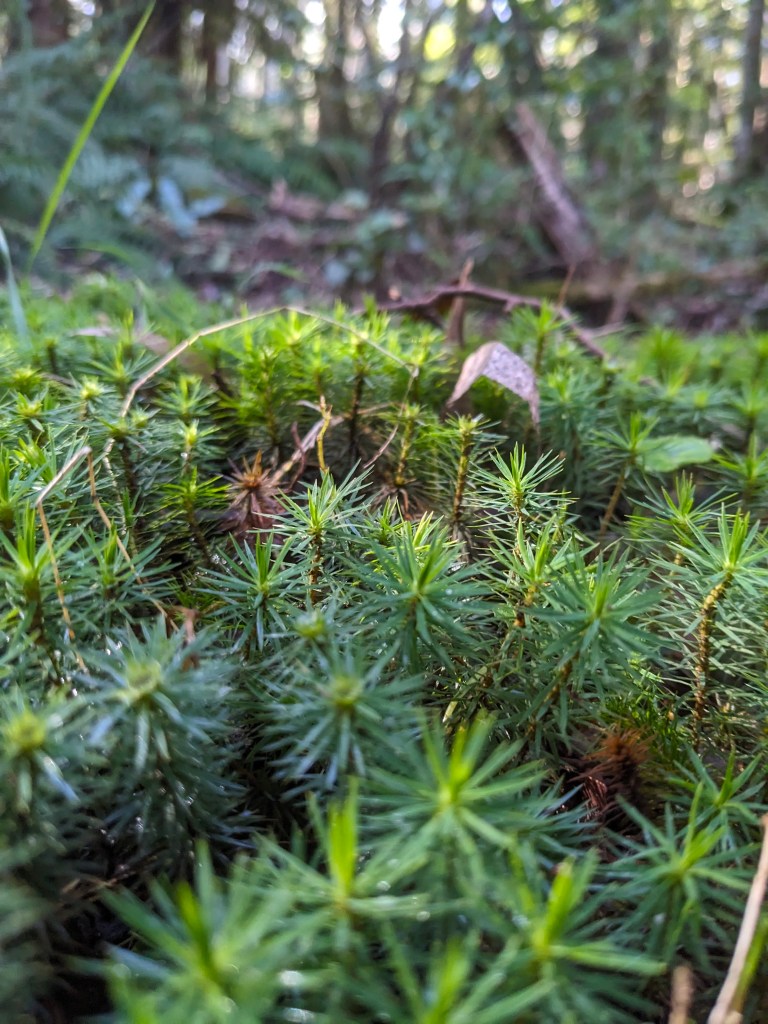
The project I had come to the mountain to explore was a speculative one — a set of stories exploring the long-term future of a fictional Australian forest. What, I wondered, might this mountain look like in ten years, a hundred, a thousand?
It is difficult, at least for me, to avoid lapsing into the rhapsodical mode of thinking that Val decries, in which native forests are framed as ‘timeless’ places, outside of the human realm and so outside of history. To spend a week on the mountain was to begin to see it differently, as a resolutely ‘timeful’ place — as a collection of relationships between beings that never takes the same form twice.
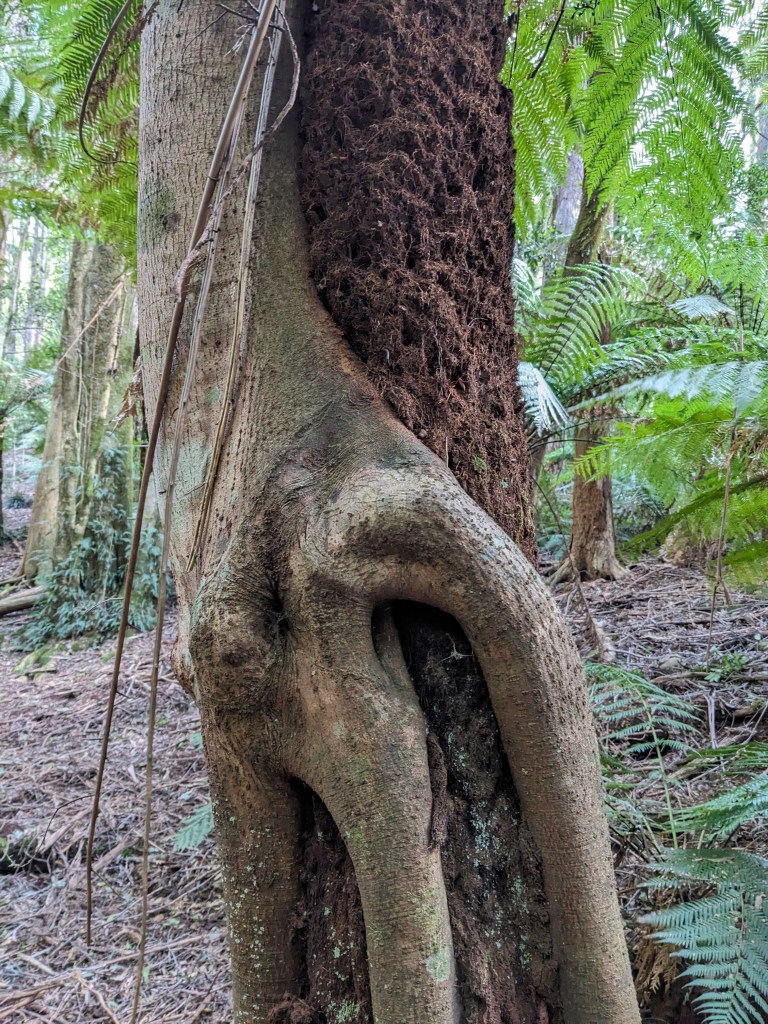
To look over the Plumwood Mountain escarpment is to see visceral evidence of this timefulness — of one side of the mountain sparse and blackened, half a decade into the chaotic scramble of post-fire ecological succession. Over my stay, the moon grows fuller, until by the last night its light brightly illuminates the hillside. Further toward the coast, where the Kings Highway sluices through national park, the headlights of far-off cars bore into the forest, rendering it doubly ghostly. This is a hillside that is full of time: pyrochronological, synodic and anthrotemporal.
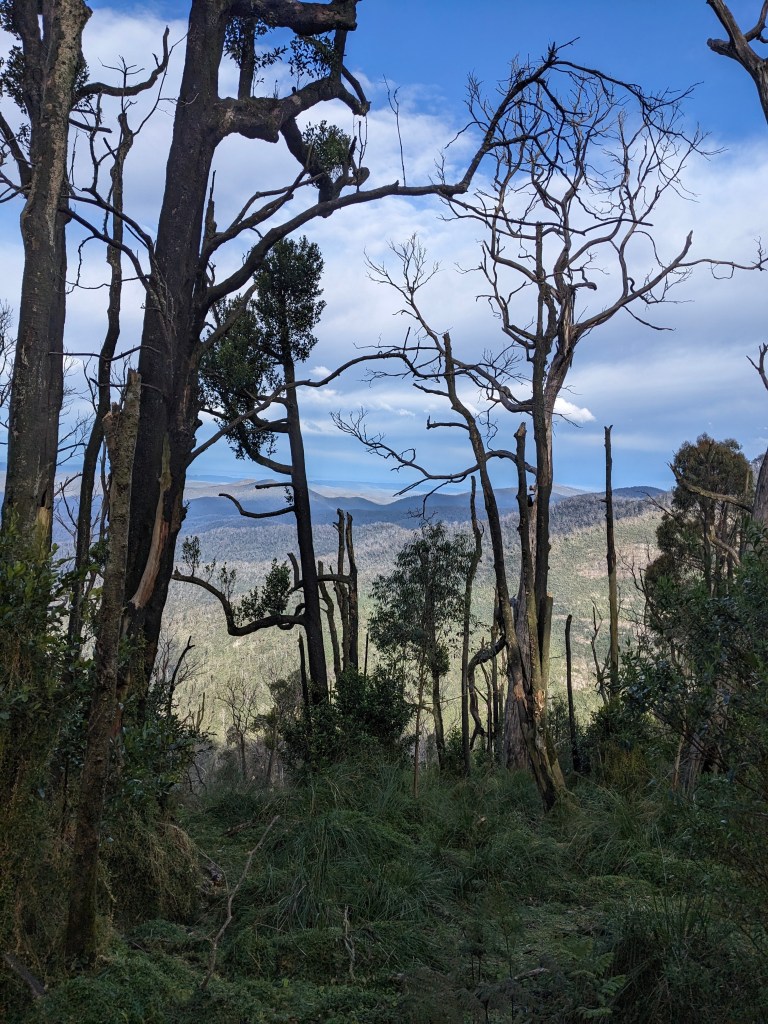
On the other side of the hill, toward the river and the plumwood grove, wombats are engaged in their own nightly acts of forest-making. Perhaps the networks of burrows across the mountain — some active and some disused, some expanding through concerted effort, and some in a gradual or sudden process of collapse — could be thought of as marking out some kind of ‘burrowchronological’ time, each wombat’s interactions with the mountain forming the landscape that lives beyond them.
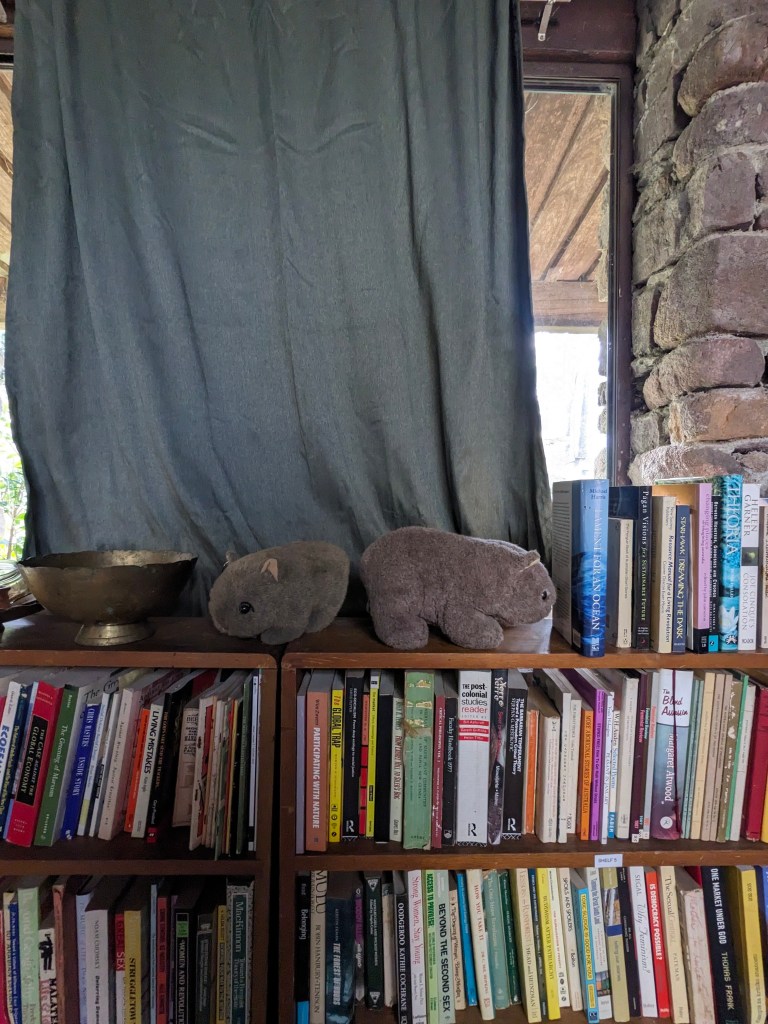
On my last morning, as I walk the trail back from the grove, marked by ribbons of old cloth tied to branches, I wonder about the cross-species criss-cross of paths across the mountain. In a post-colonial context, Plumwood Mountain has been part of a landscape subject to regimes of control, displacement, extraction, activism, and conservation. The return of the mountain to the Walbunja people of the Yuin nation marks a new era, of custodianship.
The central octagonal home comes into view. It seems to exist out of time, and yet on top it is flanked by a great solar panel – even the idea of what it means to live ‘off grid’ is tightly twinned to the context and technologies of a particular age. It persists through the continued stewardship of Ruby and Clancy, its current caretakers. It is a home that invites imagining of possible futures. In a hundred years, who might be here to tend the fire around the hearth? When they look out the windows, what forest will they see?
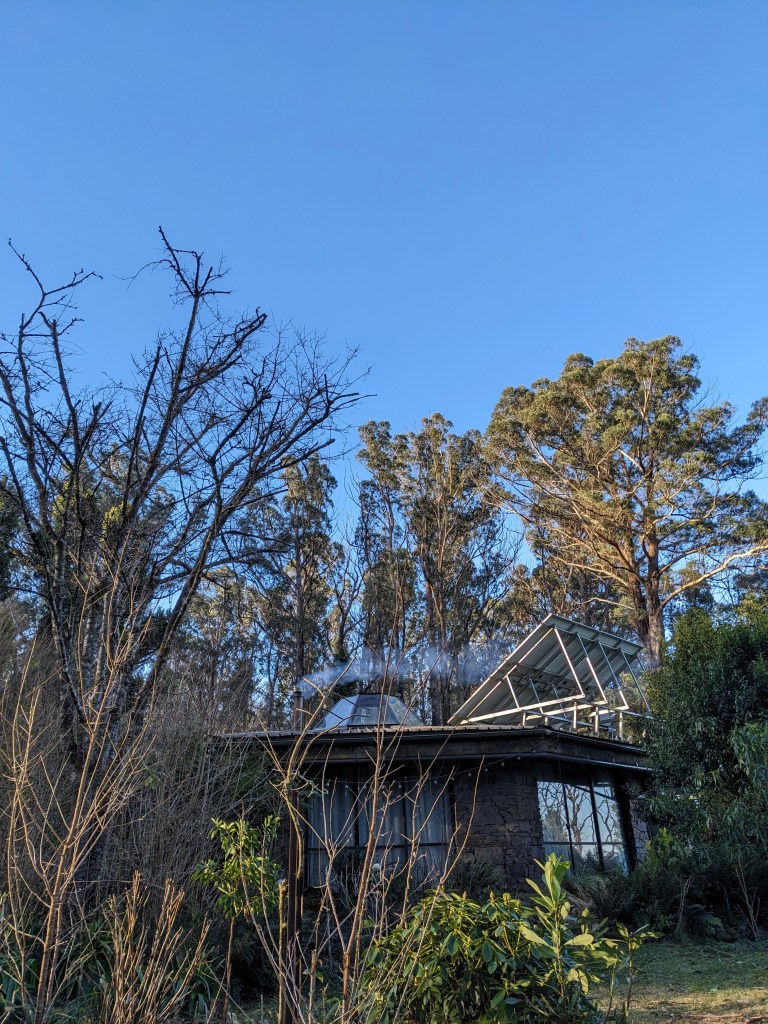
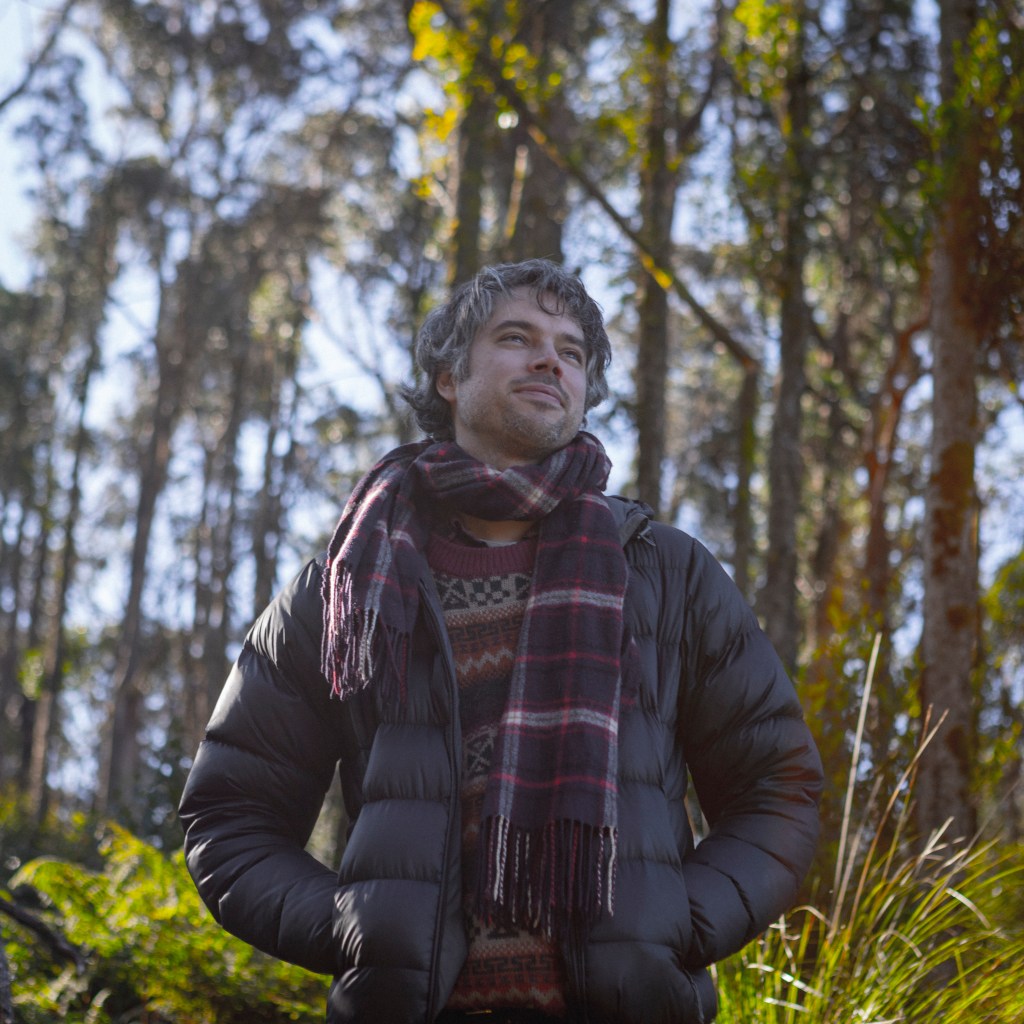
28 Jan – 6 Feb, 2024
Plumwood as technology
By Willow Ross
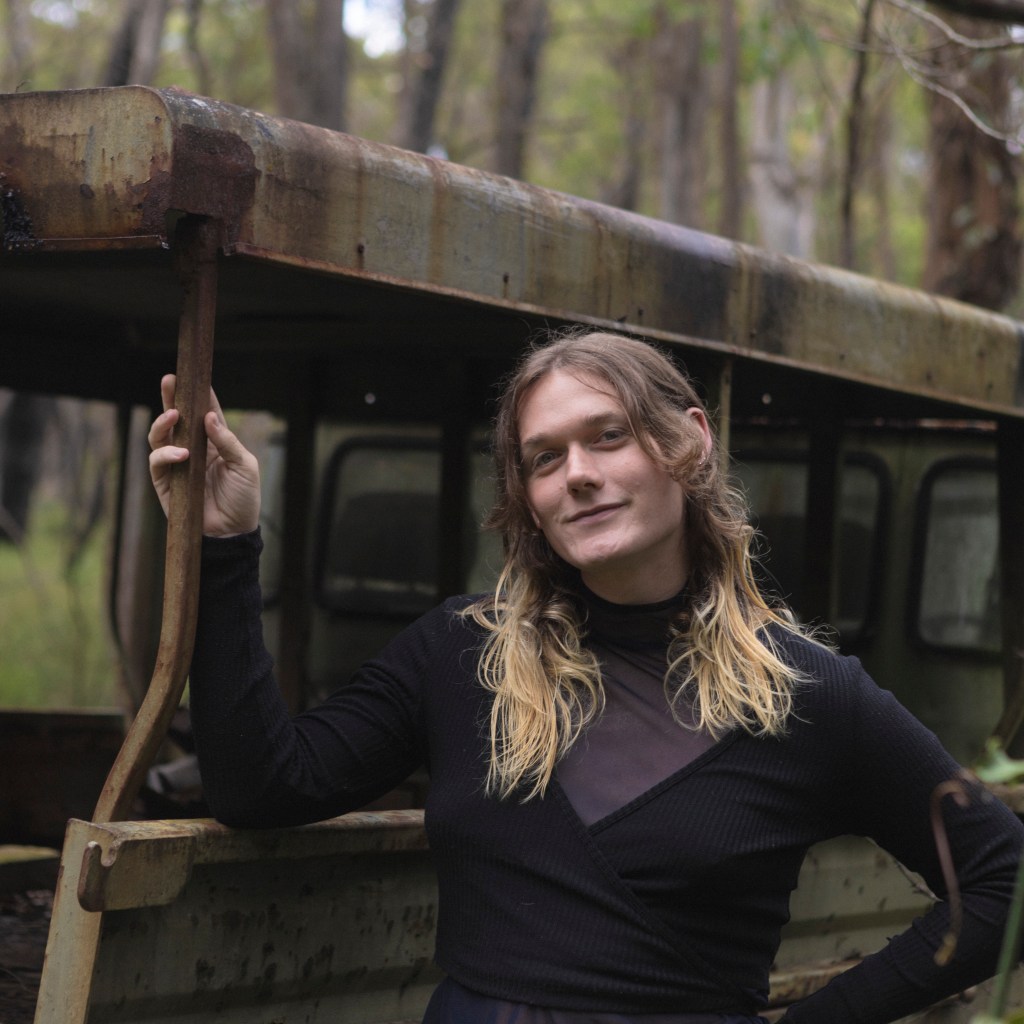
Last month, I visited Plumwood Mountain on Walbunja Country, part of the Yuin Nation. Nestled in a clearing on the mountainous escarpment between Braidwood and Bateman’s Bay, Plumwood House is a small, UFO-shaped octagonal structure, once home to local eco-feminist and philosopher Val Plumwood. The place feels like it has leapt out of the pages of one of the Ursula Le Guin or Samuel R. Delany stories in its library — one about off-planet communes, twelve-person procreation groups, and ecologariums. Yet despite its extra-terrestrial appearance (and large collection of feminist SF) Plumwood is not hugely futuristic.
Once there, I spent my week learning the fairly rustic technologies of the home: composting toilet, solar-powered LEDs, and the elaborate ritual needed to start the generator-operated and delightfully hot shower in the shattered greenhouse. Because of my enthusiasm for the house, I was also given the opportunity by my hosts to use a specific technology (social media) to share my experience at Plumwood (basically: a takeover of the Instagram account). I shared posts about Val’s garden, the library, various activist souvenirs and paraphernalia around the house, and the nearby creek. It was in the process of doing this that I realised that I was coming to view Plumwood as more than a house: instead, it was becoming a technology.
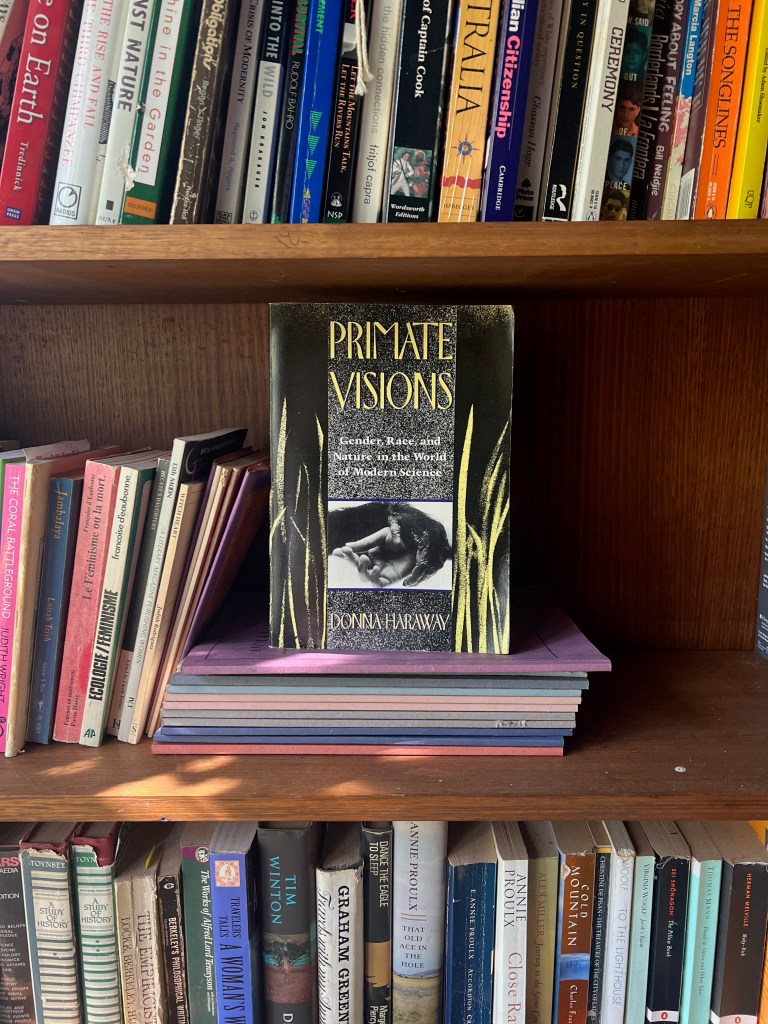
Plumwood is a technology for community. You can’t stay at Plumwood house and not think about community; the oddly-shaped building with its roomy kitchen and radius of pathways leading to other cabins and outhouses feels like a blueprint for living as part of a large, unwieldy family. This, despite the fact that the house was mostly built and inhabited by Val and her partner. And this community is not just human. On my second day, I was treated to the first lyrebird song I’d heard in person. Later that night I discovered the antechinus family living in the roof of my accommodation. Messaging a friend who stayed at Plumwood the year before, I learned she’d felt the same — and was prompted to draw a map of her ideal commune based on the house’s octagonal structure. I did the same.
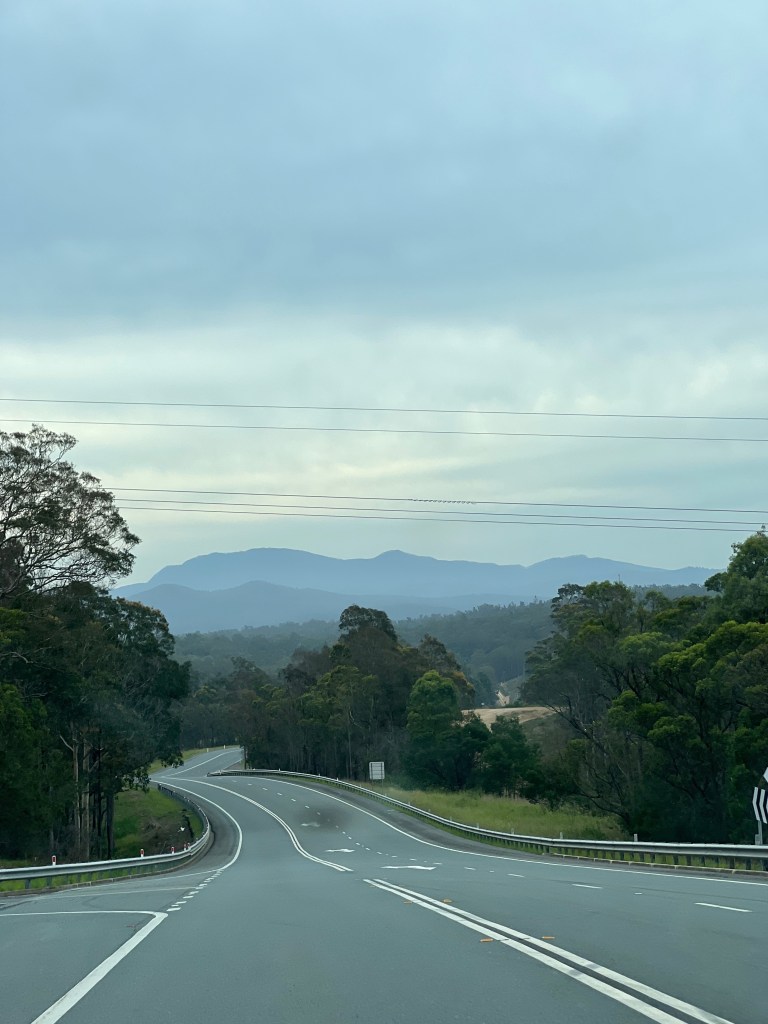
Plumwood is also a technology for teaching. The house was reportedly (there are many contradictory histories) built partially by Val’s students, who would come up for day visits and help to quarry stone used for the walls of the main building. The library, with its hundreds of works of eco-feminism and philosophy, feels like a leaving, breathing remnant of Val and all she thought—as well as disagreed with. Ruby and Clancy worked remotely. I wrote my article on dumpster diving, borrowing from Val’s concept of forgotten and mistreated shadow places. We learned together, often talking over dinner about what we’d read that day, what we thought about or disagreed with, or some odd find from the shelves.
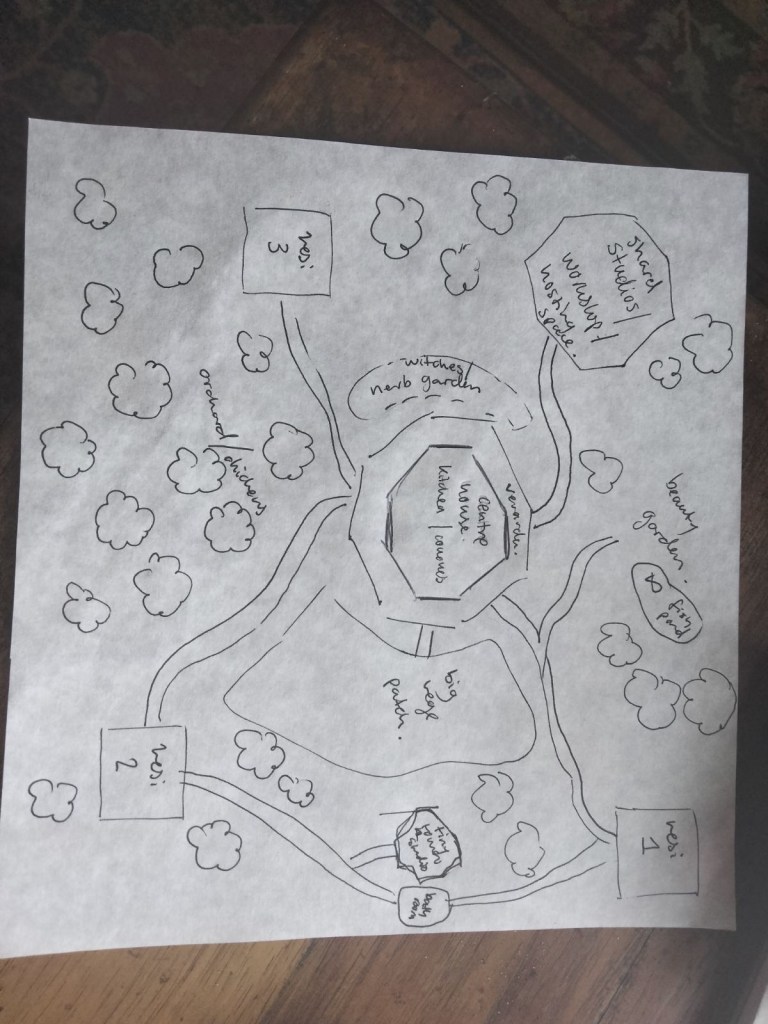
Plumwood might also be a technology for return. I’m itching to go back – dreaming of a visit to the mountain shrouded in mist. I hope that wish comes true. I also hope that the technology of Plumwood continues to be built upon, to work and to malfunction. Who knows, maybe one day some of us will look back and see that Plumwood was a future – ecologariums and all.
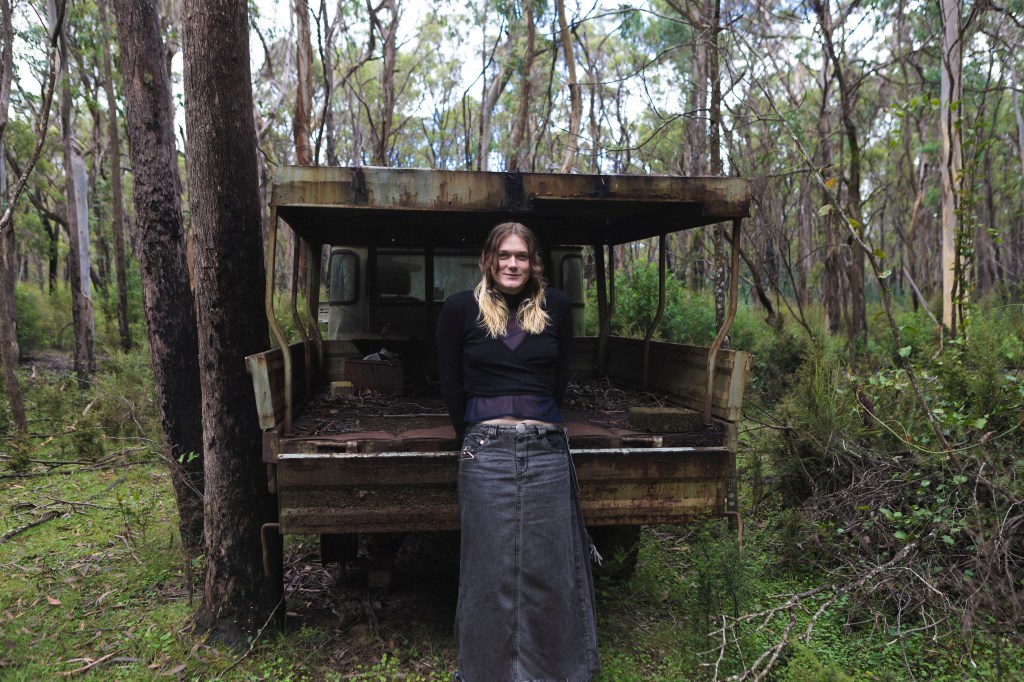
25 – 30 Nov, 2023
Plumwood Mountain Reflection
By Tilly Glascodine
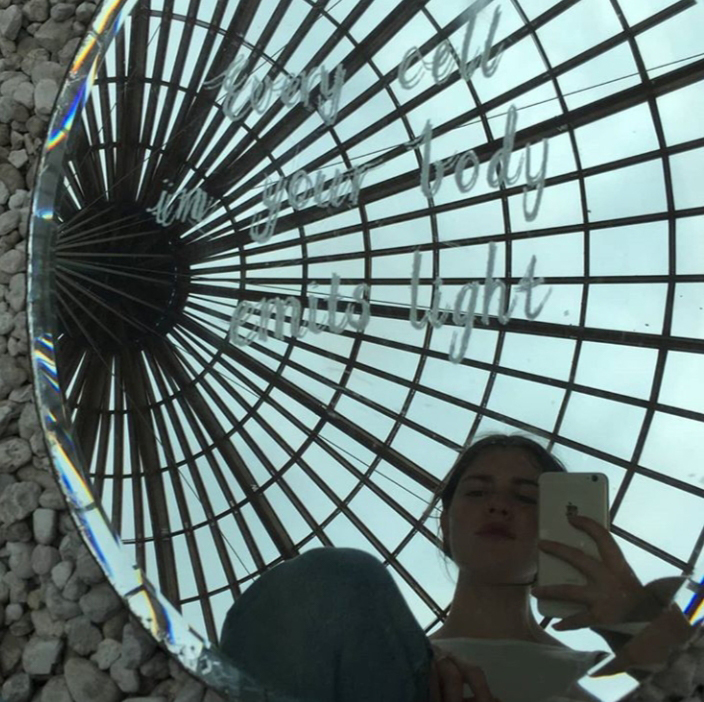
When I went to visit Plumwood Mountain, almost a year ago now, Israel had just escalated attacks on Gaza after October 7th. It feels almost unbelievable to think that this heightened violence (of course the colonial violence of Israel is much older than 2023) is still going, but each day we see more death, destruction, loss, grief, horror, and Australia’s inaction against Israel’s onslaught.
I have been a fan of Val Plumwood since my first year of Gender Studies when I was introduced to her work in an Environmental Philosophy class. I liked Val’s writing because it was the first time I had read a philosophy that so clearly drew the links of logic between differing forms of oppression, especially the philosophical links between patriarchy, colonialism, and environmental destruction. Despite being placed within environmental philosophy, her book Feminism and the Mastery of Nature is a framework for understanding all beings that are made nature and therefore less or “backgrounded.” As Val writes, nature is what is made valuable only in terms of use-value to those that fit within the sphere of human, making nature a cultural category that includes many oppressed categories of humans- that is those humans who are so often denied humanity.
For me Val’s philosophy sits closely alongside Achille Mbembe’s theory of Necropolitics, that is who can kill and who can be killed. As Mbembe writes, “The ultimate expression of sovereignty largely resides in the power and capacity to dictate who is able to live and who must die. To kill or to let live thus constitutes sovereignty’s limits, its principal attributes. To be sovereign is to exert one’s control over mortality and to define life as the deployment and manifestation of power.” Val’s philosophy in the Mastery of Nature explores the justification of this right to kill. Nature for Val, is that which, within Western logic (a logic of colonisation), has no inherent right to life. Nature is what can be made use of and if it is useful to destroy it, so be it.
In regards to Palestinians being murdered by Israeli forces, Israeli Defense Minister Yoav Gallant said, “We are fighting human animals and we act accordingly.” In the colonial logic of Israel, Palestinians are made animal and therefore killable. Palestinians are delegated in this way to the sphere of nature, and therefore without an inherent right to life, forming the basis of Israeli sovereignty over Gaza.
It can be difficult when it feels like we are faced with mounting disasters; ongoing environmental collapsetracking closely alongside ongoing colonisation, genocide, and deep-seated inequality. This is why I think Val’s philosophy is so important as it helps us to see the ways these are not individual battles but are instead inherently linked. We need to address the philosophies and logics that Val outlines which allow some beings to be made killable. This includes the forests, the ecosystems, Palestinians, the many women murdered this year in Australia, and the many people who die directly and indirectly because of Australian neoliberalism and colonialism, among so many others equated with the sphere of nature.
Surprisingly there is no biography of Val and her life (apart from a joint biography of Val and her ex-husband Richard Sylvan by Donimic Hyde), despite being a seminal philosopher in the development of ecofeminism internationally, and her philosophies being so relevant today.
Val’s philosophy has given me so much in helping make sense of the world and all its violence and I wanted to go to Plumwood Mountain to understand her better and how she came to the theories she wrote and were so meaningful to me. I went to explore her library and to film her house and the mountain, two things I knew had been a huge inspiration to her work. Being at Plumwood mountain gave me a sense of Val’s life, but I think the thing I learnt most was the importance of her legacy and the work that is being done by Ruby and Clancy (the caretakers of Val’s property) and the Plumwood collective to make sure her work and philosophy is not forgotten. My residency project, which I am still slowly working on, is a small gesture towards a film biography of Val’s life on Plumwood mountain, which I hope can go towards this work of celebrating and archiving her philosophical contributions as well as her life and the way it was so influential to her theory.
I have shared here some stills from my filming on the mountain. It was strange to be somewhere so beautiful and serene while reading the news each day of the violent attacks on Gaza, but it reminds me that what is here is what is there, there is no disconnecting the peace of the mountain with the turmoil of Palestine, in the same way there is no disconnecting human from nature. These are things Val has taught me.
Read more about Tilly’s work here: https://tillyglascodine.com/
6 – 11 Nov, 2023
Plumwood Mountain Reflection
By Laura Lethean
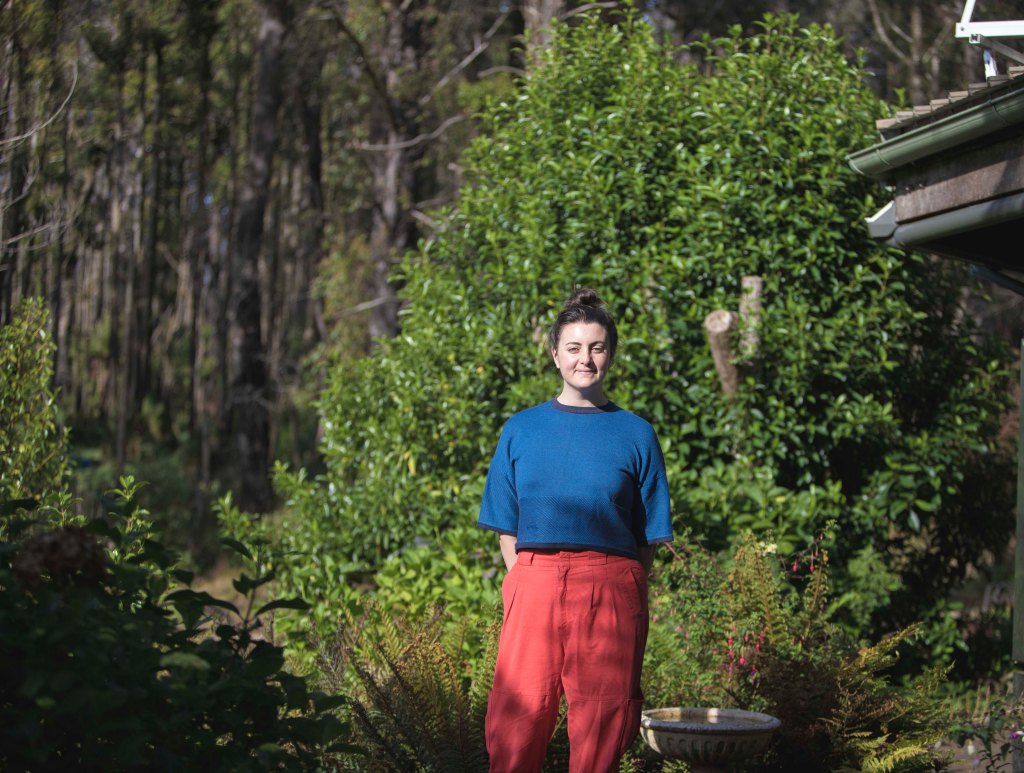
When I first encountered Val’s writing, I wrote this:
If all the worlds’ a stage,
then the most beautiful play to have ever been made
is the high stakes production of the natural world
Aeons in the making.
The symbiosis of its players,
their trust in chain-reactions
and precise cooperation
allows miracles
before your eyes! in real time!
Perfectly arranged to meet the tides,
to let the great stories play out
the greatest stories of all time, like
The moon’s tidal pull
exposes white sand
a nocturnal crescent against ink-dark ocean.
There’s enough room
for a thousand tiny orbs
to be laid and buried here
beneath temperature-balanced silicon.
Then,
emerald shells emerge!
The shoreline laps- a first, precarious dash.
Population numbers sustain bird life
These are stories without justice or revenge
or good or evil
These are stories about taking and giving
Stories we have forgotten
that we are a part of
We’ve made up other stories instead, like
The one about saviour and sin
about a father and son
and a Deserved Consciousness
About eternity beyond death
Stories about being chosen, made in His image
about never having to give back
all we take
But the real story has no main characters
It’s devised from an ensemble
and its rules are self-evident:
returning releasing
nourishing converging
growing creating
withering returning
Our made-up stories
our make-believe separations
our dualities
have almost doomed us
A new story has begun:
precision uncommon
affiliations vanishing
chains un-tethered
patterns altered
In real time. In our time. On our watch.
Faster than we understand
But we must understand
Because if all the worlds’ a stage,
we stand to lose the most beautiful story to have ever been told
Aeons in the making
***
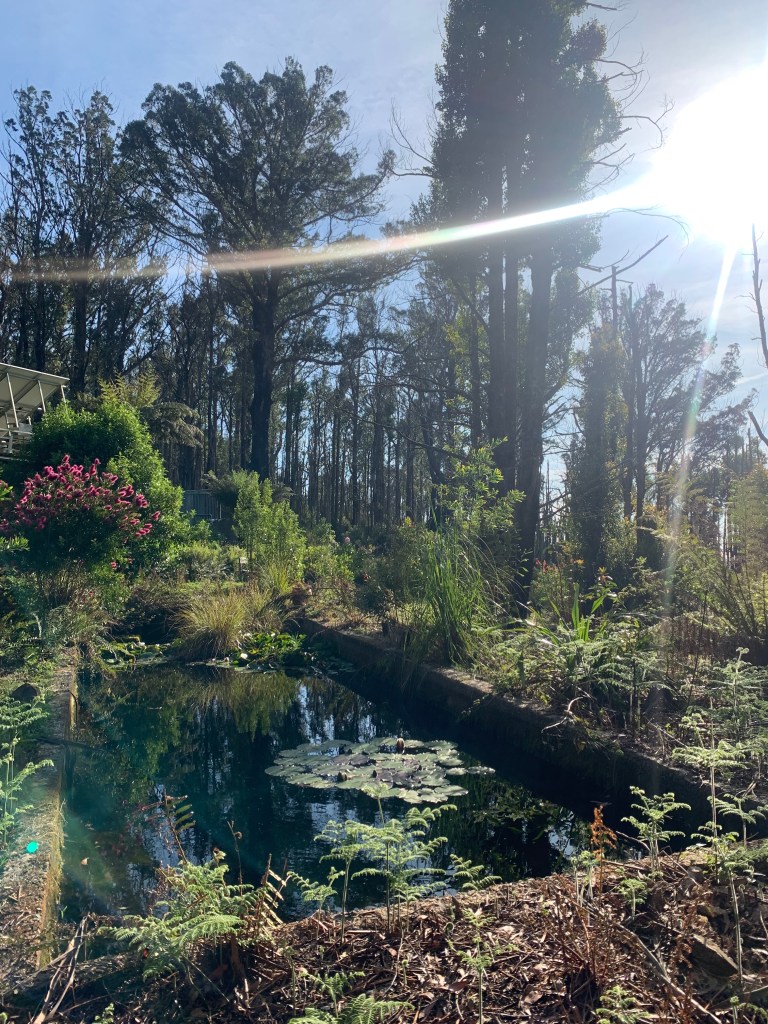
The more I walk down this path, towards Val’s ideas and life, the less I want the journey to end. Perhaps, if I’m lucky, it never will. I would describe Val’s writing as elemental, in that, to me she is articulating truths which are fundamental, necessary, essential for survival. It’s a relief to read her work.
As I read Val’s writing, I discover landscapes that I’ve glimpsed within my own thought processes. In her descriptions, she illuminates these places of instinct, nourishing ideas with the water of language.

One of the memories I keep from my visit to Plumwood Mountain (November 2023) is walking the driveway, from the house to the road and back again. I had just read Val’s thoughts on ‘walking the land’. She writes ‘there was a time not too long ago when humans existed and survived through a thorough knowledge of the quality and changes in the land they walked upon’. Perhaps this reminder that we are ancient, that we evolved not alongside, but intertwined with the natural world, is where this feeling of essential truth originates from. She writes about people being ‘of the earth’, not accidentally here at all.
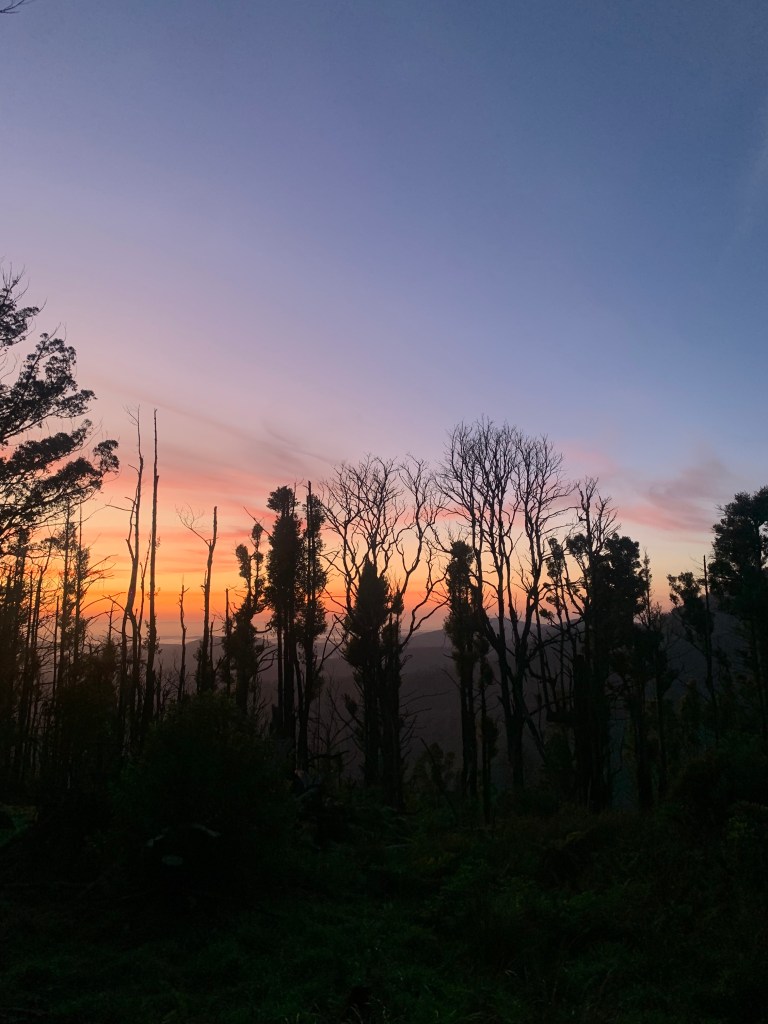
It’s odd to be writing this a few weeks after my visit to Plumwood Mountain. I am currently sitting in a shipping container in central Footscray. The container has been converted by the local city council into an ‘Arts Box’, a space for artists to create work. When I was staying on Plumwood Mountain, Val’s writing was echoed in every stone and leaf. It flowed. Now, in the city, her writing feels urgent. The stark contrast between the two settings emphasises the city’s alienating effect on the human animal. As I glance out of the window, I wonder, does it cross the minds of the passers-by, even once, that we are of this land? But of course, this is what Val was attempting to critique- the ingrained alienation that results from duality-obsessed Western-style thought (and the damage that kind of thinking does to the earth’s ecology).
When I was reading the introduction to Feminism and the Mastery of Nature, I noticed a small moment of doubt from Val. In it, she questions whether philosophising over dualities is the best way to enact change. Having now visited her home, I observe her ideas ricocheting far beyond her own life, time, and place. The beauty of Val’s writing is that she does not ask us to be crushed under the weight of her legacy, instead, she gives us tools that we can use to shape our thoughts, and create lasting change.

I happened to be visiting Plumwood Mountain at a time when the land was about to be handed back to the Walbunja people of the Yuin nation. Ruby and Clancy, the current caretakers of Plumwood Mountain, explained that as Val’s house is now ‘heritage listed’ (bringing into play another peculiar duality existing within Australia: ‘colonial’ history and ‘indigenous’ history) the forest will soon be under the care of those first peoples. Plumwood Inc. will lease the plot on which the house stands. In this way, I can see Val’s writing becoming instrumental. This is the power of her philosophical theory. She worked to convince western thinkers of the wisdom that, it would seem, the first peoples already carried within them. Because of the structures of power now dominant within Australia, I wonder, without the meticulous philosophical theory laid out by Plumwood, would the handing back of the land have happened?
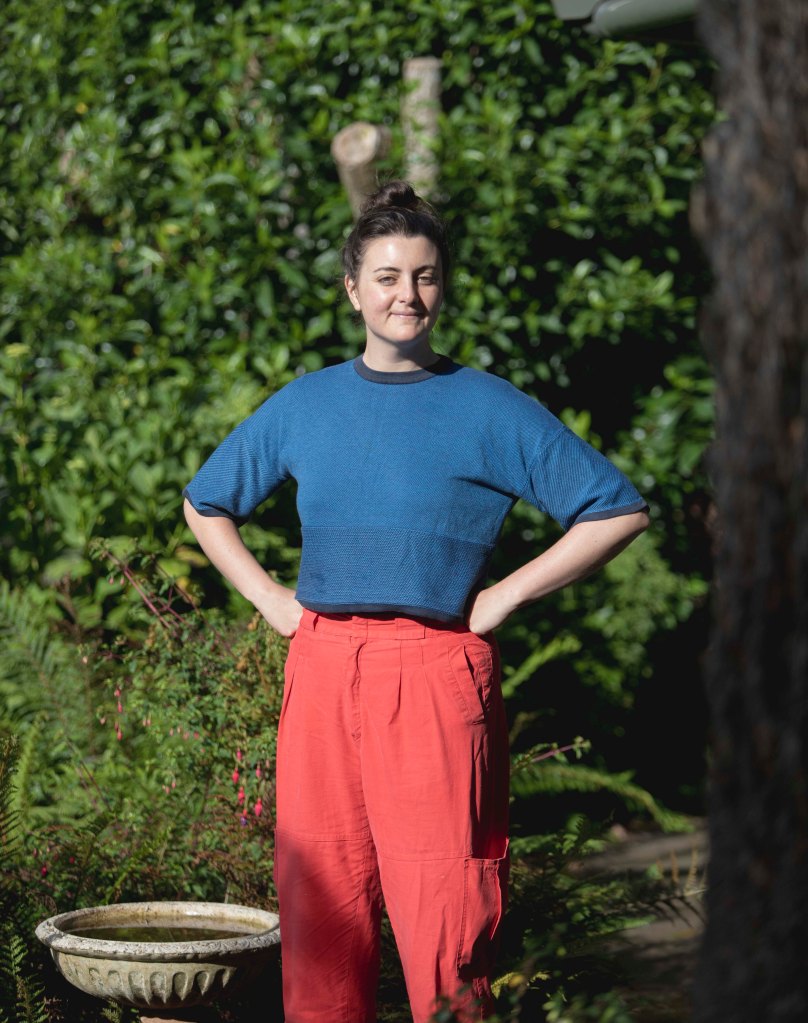
I am only just beginning this journey of understanding, but with Val’s help, I’ll continue down this path. As I am a playwright, my role (if I am to have one) is to write about Val, her ideas and her life, in a way that makes sense to an audience. My ultimate ambition would be for audiences to experience the relief of truth in Val’s ideas, as I have. A lofty ambition, I know, but a suitable one to concoct atop a mountain.
30 Aug – 8 Sep, 2023
Plumwood Pedagogy
By Rebecca Ryall
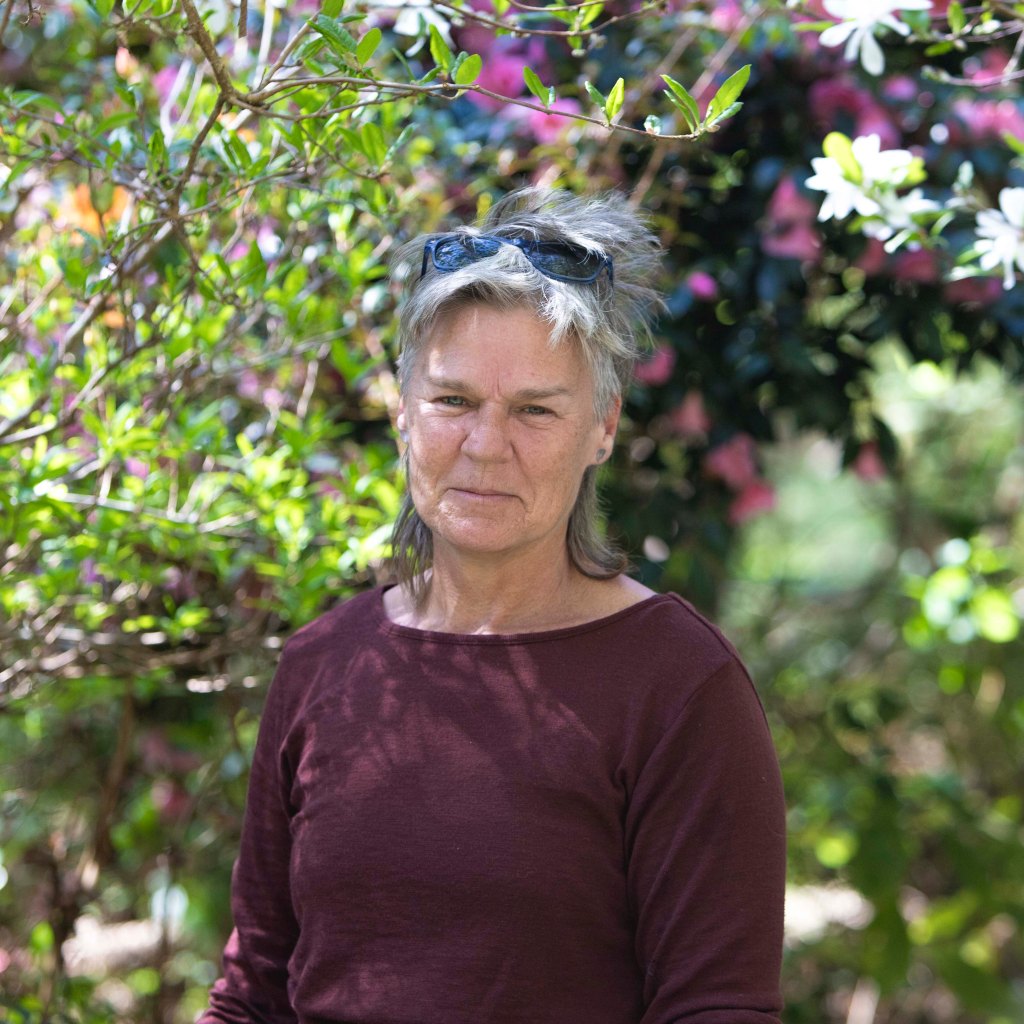
The different ecotones are evident on the drive up the mountain – dry sclerophyll, wet sclerophyll and remnant rainforest. I’ve never seen such fat tree ferns! And the plumwoods themselves, hemi epiphytes like the strangler figs back home, germinate their seeds on the trunk of a tree fern, embracing, holding, smothering, until at some point, the host dies. These plumwoods stretch tall and, with certain age, throw off their taller growth and continue to grow from below, so they are aged by their girth at the ground. Always, though, the evidence of their need – the tree fern trunk clasped tightly, or an absence in the aged trunk.

As I approach the 8th anniversary of the death of my first born, I acknowledge the agency of grief, still at work in my body, my mind and psyche. Is it Country drawing this expression from me? Where does the grief reside, when not flowing through me? Eight years on and I still mourn for her painful passage, from tall, beautiful, haughty adolescent to pain wracked, steroid-swollen, unrecognisable young woman. Still, I mourn for my own painful passage, the brutality of watching her cut, poisoned, diminished; the terrible knowing of the inevitable conclusion of this process. Maybe this is the connection, with Country. Maybe this is why these times of forest immersion draw the grief from me. Perhaps, here is that cutting, poisoning, diminishing, made manifest, the body of Country analogous to the body of my beloved child. Can I ever be whole, in this context?
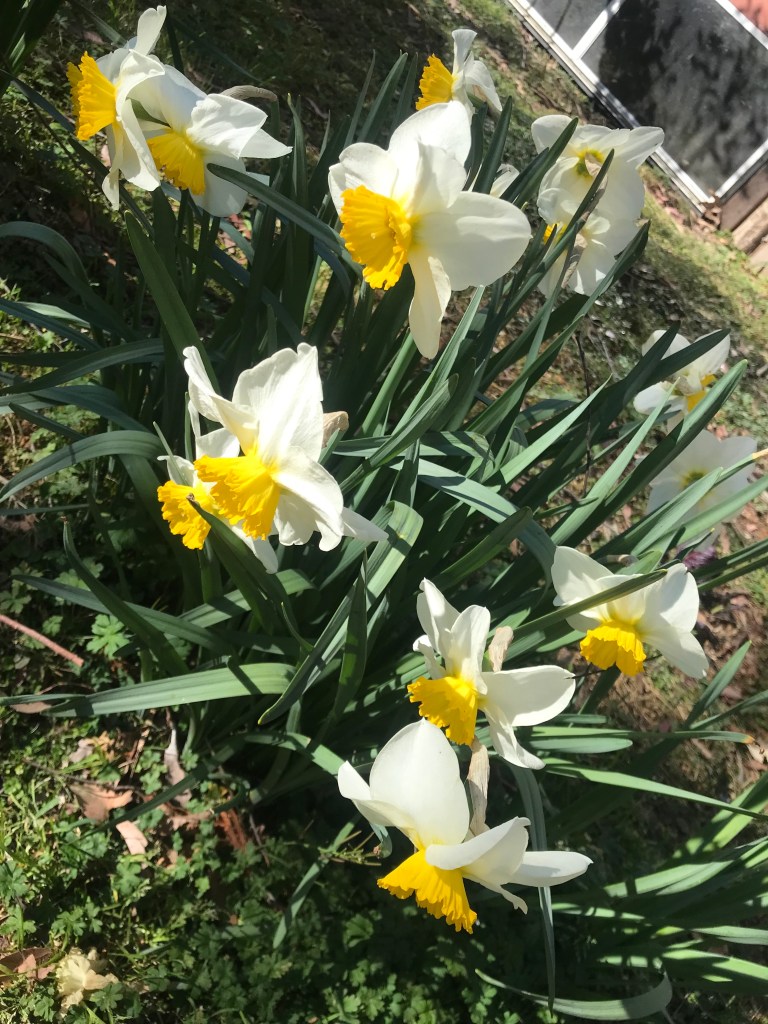
I come to the forest, first and foremost, as a human being, seeking comfort and understanding. Having suffered significant and traumatic losses in my not-so-distant past, the forest presents as a therapy room, where I can work through my grief and gain a sense of perspective. As a scholar, the forest provides a classroom, its many place-beings the teachers. Through them, I come to an embodied understanding of entanglement, a realisation that all is interconnected, that my experiences cannot be understood or integrated as discrete or separate. Surveying a large and established tree, fallen to the forest floor, I wonder, did the tree mourn its passing? Do tree’s neighbours grieve, or the myriad epiphytes who called tree home? It is clear that tree, lying prone now in the leaf litter, possesses continued vitality. Where the trunk reclines, the processes of decomposition – themselves integral to the life of this place – deconstruct what was ‘tree’ and from this construct ‘soil’, the medium for further growth and nourishment. The fallen members, here at Plumwood Mountain, obscured by a carpet of relentless growth, are barely visible beyond a hump on the ground. They are being slowly consumed, subsumed, incorporated into the living processes of the complex ecology of this place, from which they cannot be separated. So, can tree be really said to be separate from soil? And what of this designation as ‘dead’? And how do these questions relate to me, a human?
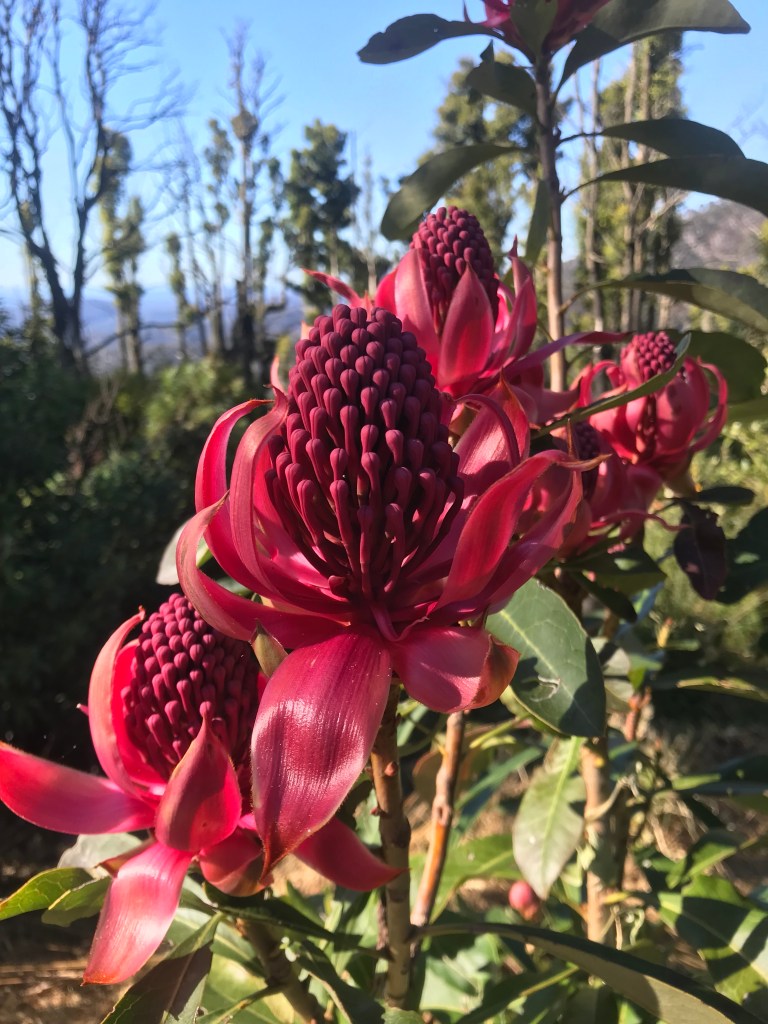
There’s something here to be learned, about resilience, recovery. This landscape has been scoured by fire, the view now dominated by blackened trees, many dead and yet still reaching, many more sprouting their new growth, weird and misshapen, but growing, nonetheless. And the birds are not bothered by the black, by the strangeness; regardless, they sing and play, gorging on the midges that hover in clouds, their colours vibrant against the blacks and greys. The 2019 fires which destroyed homes and habitat, eating through the old growth forests, reveal themselves in a different way. Gazing out, through the dead and recovering trees, the view extending all the way to the coast, listening to and watching the birds, I contemplate the destruction. Framed through the eyes of humans who lost their homes and those who cared for the endangered wildlife, the fires were indeed a catastrophe. Despite the visible scars of that catastrophe, life here goes on. The waratahs are blooming, their fleshy bulbs testament to the resilience of this Country in the face of human induced destruction. Thanks to Val and her collaborators – in life and in death – this little patch is punctuated with the vibrancy of the waratahs, daffodils, hydrangeas. The early post-fire colonisers – chickweed and several species of native geranium – creep and climb, forming a spongy carpet underfoot, a soft pillow for the head, softening the sharp contours and obscuring the lay of the land, such that a foot, placed on seemingly solid ground may sink several inches. Fire scarred trees standing ten, or twenty metres high, flex and pose, cracks appearing in the black bark, through which their pale muscularity is glimpsed, Incredible Hulk-like. And those cut down for safety’s sake sprout modest skirts of new growth. The prone trunk of an old tree fern provides shade for the copperhead, with whom I shared the morning sun.
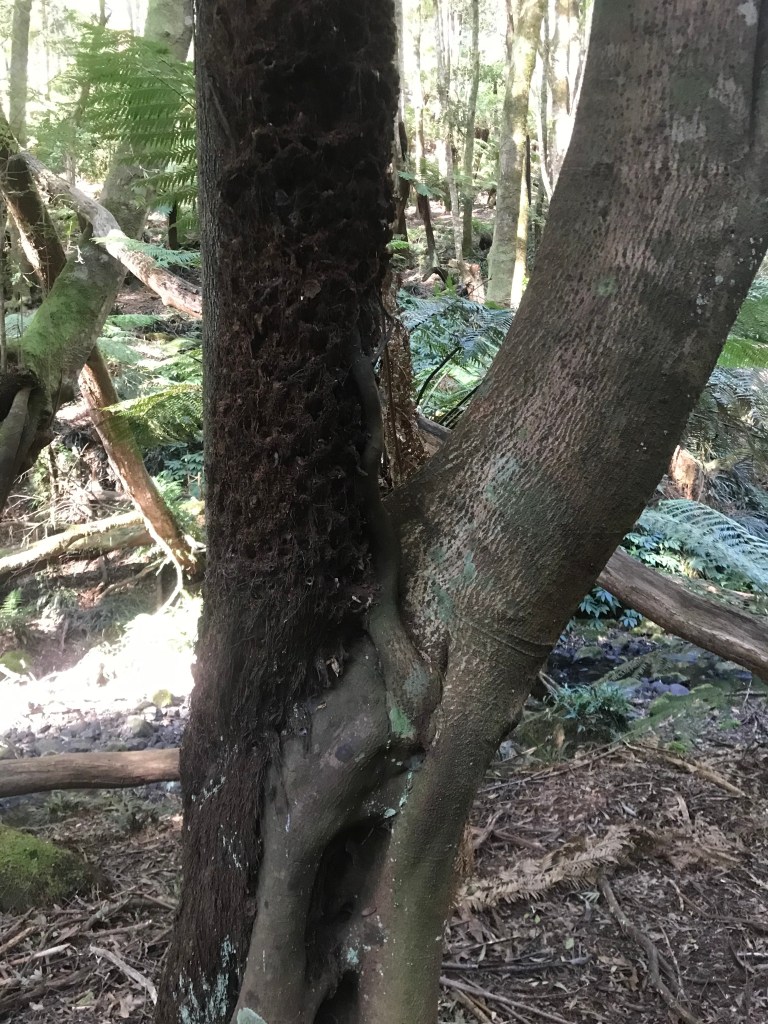
Today, the breeze arrives from the south-east, and last night’s fire smolders, wisps of smoke lazily drifting with the wind. I contemplate what the mountain seems to tell me. Recovery looks how recovery looks and beauty is indeed in the eye of the beholder. Nothing ever stays the same, but growth is an imperative. New shoots take one in a direction not possible before the destruction and those friends whose love is true will continue to visit, delighting in the possibilities offered by these new conditions. Despite the scars, the deaths and losses, life’s potential remains, and a new season brings riotous and vibrant bloomings. Essential adaptation softens one, cushioning the hard and sharp ruins. Life continues, unabated, an obligation to interact.
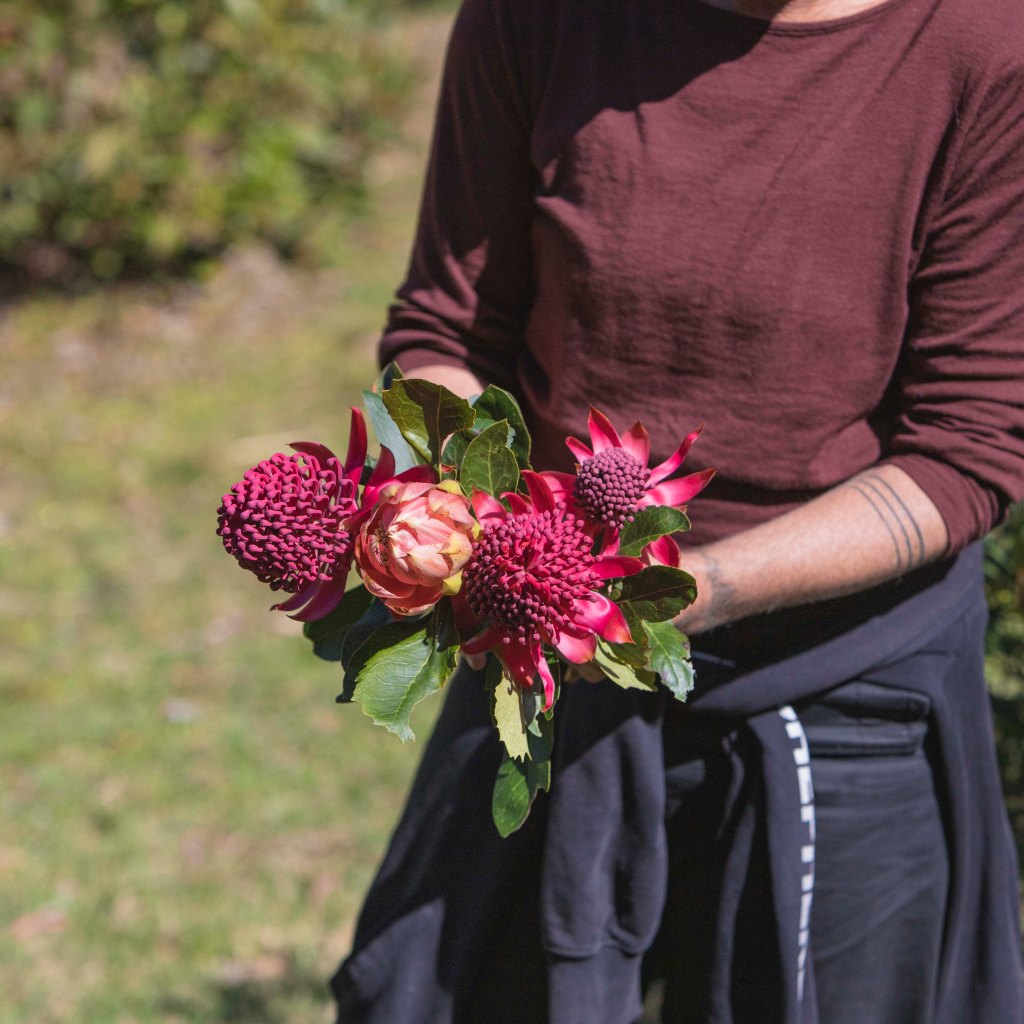
20 – 29 Jan, 2023
BREW Residency Report
By Sarah Moore & Francis Grimshaw.
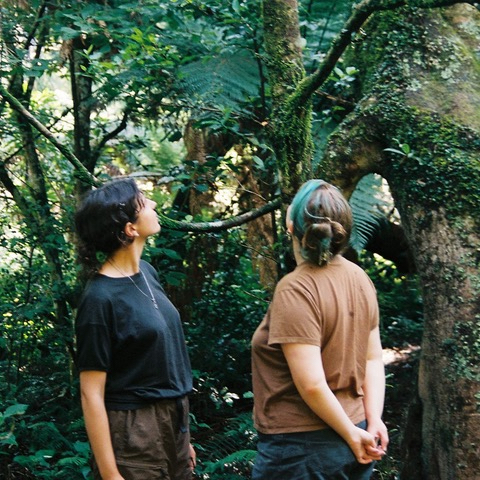
Dear friends of BREW and Plumwood,
We’d like to introduce ourselves, Sarah Moore, an artist and community worker living in Mparntwe on Central Arrernte land, and Frances Grimshaw, a geographer and poet living on Wurundjeri Country. In late January of this year, we were fortunate to stay at Plumwood Mountain for a week and a half, and are excited to share with you some of the things we made and experienced whilst on the mountain.

Our main focus during the residency was collecting sounds and stories for an audio piece, which is now accessible on Mixtape through this link; Plumwood Mountain Tapes: Romance, Shadows And The More-Than-Human. A mix of field recordings, music, poetry and discussion, it’s a gentle musing on how a practice of romance might help us humans orient ourselves to the uncomfortable shadow places and the more-than-human world. In a way this audio piece is a reflection of our friendship meeting the presence of the mountain (and all the non-human beings there).
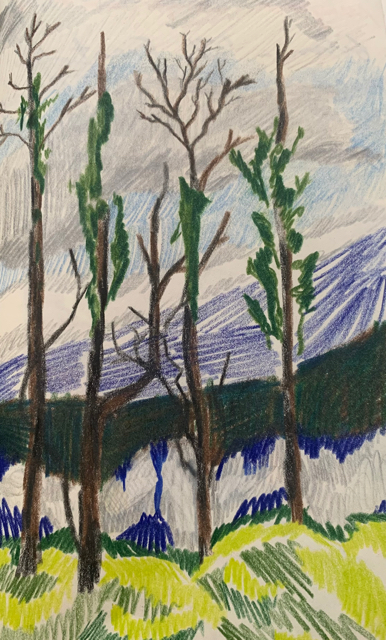
Here is an excerpt from the mixtape, where we consider what a practice of romance looks like:
“To us, romance is a practice rather than an experience that ‘happens’ to you. To us, romance isn’t about ‘falling’ in love but choosing to love. We believe we have discernment and agency over our romantic practice and experience of love.
Romance is awareness and witnessing what is and what could be.
Romance is re-materializing spirit because the real world is enough. We recognise the materiality of other earthly beings.
This romance is mutual nourishment or reciprocity. An openness to affecting and being affected.
This romance welcomes creativity, imagination, fantasy, childishness and a touch of anthropomorphism. These are pillars of empathy because love is “the will to extend oneself’ (Erich Fromm).
This romance embraces both science and art as creative modes.
This romance helps us be tender towards place harm.”

Excerpt from Fran’s journal:
Val’s handbuilt octagonal house sits on the top of a mountain facing the sea. Fairy wrens hang out in the ferns, their songs hang like little bells, light against the low hum of the wind. Fire-damaged trees have patchy leaves, they stand tall, looming silhouettes through heavy fog. The frogs croak all day long. I wrote in my journal that “words like romance and capitalism feel silly, hollow, thin” in the face of the thick sentience of the mountain.
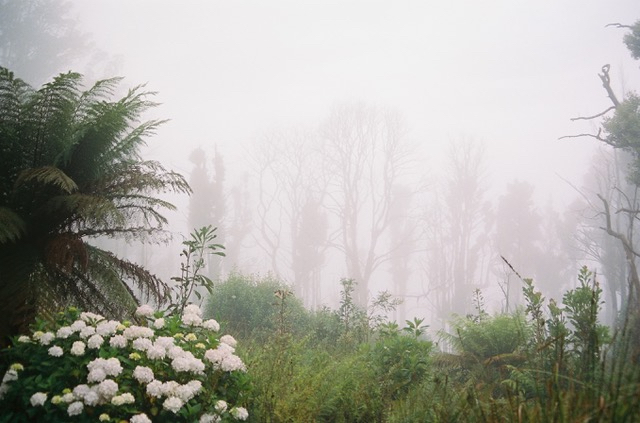
Excerpt from Sarah’s journal:
Eggs drum against the boiling pot and candles burn down to the wick
My hair is soaked with rain, after running through the forest,
Slipping along the muddy slopes, yet keeping enough momentum in my legs
To avoid falling.
It is barely six thirty in the morning.
And I am thinking about the time zone
called Mountain Time, which cuts through
the highlands in Northern America.
Mountain Time is official, standardized.
Uncapitalised mountain time feels elastic, yet mostly slow.
Gabi Abrao’s words ring clear:
“You will receive information in the mountains
You will trade information in the valleys
You will retain information by the ocean.”
It appears true to me that you absorb
more information when on a mountain.
Is it something about altitude, perspective?
Some thoughts that seemed clear cut
seem fuzzy or unimportant when back in the lowlands.
Even through the rain and mist
light seems to arrive in the center of the stone house
as vertical slats through the octagonal skylight
Standing there feels hallowed
Human skin and insects were glowing
in similar streaks of pale light, under the rainforest canopy one morning.
And all of the mirrors in the stone house seem to be
facing upwards or downwards, as if to capture
the light and expand the sense of space,
And maybe too shy to reflect our shifting forms.
Whenever I travel long distances to arrive
in an unfamiliar place, I spend longer than usual looking in the mirror,
playing a game of catch-up with the body.
I am here, finally, listening to whip birds and whistling kettles
The mountain mechanics that provide a high-pressure whirring,
New morning signals that sharpen my clarity.
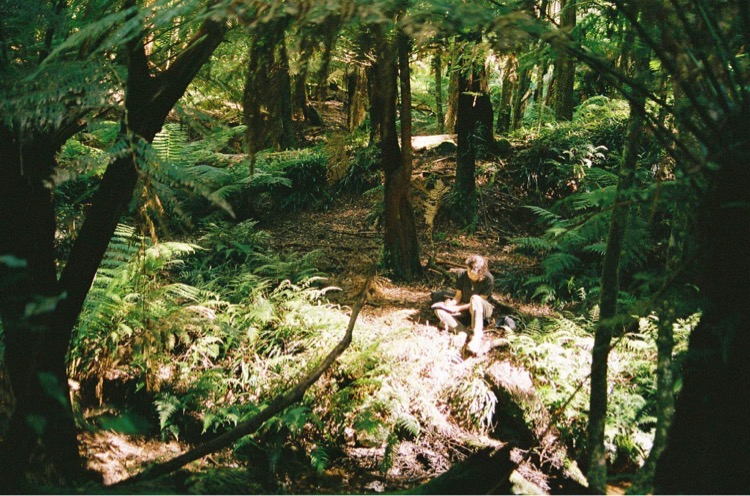
We’re so grateful to have had the opportunity to stay in Val’s home, and have many thanks for the caretakers Ruby and Clancy, the BREW Network, and the Walbunja and Yuin people whose Country the mountain is part of.
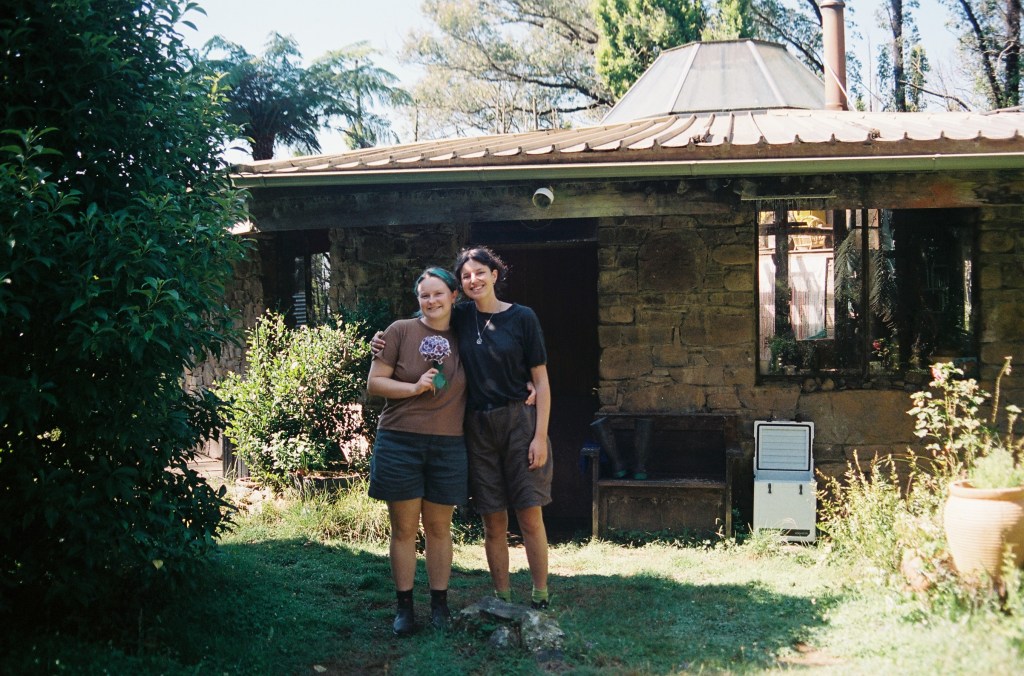
With love,
Frances & Sarah
(photos by Frances Grimshaw, cyanotype prints and drawings by Sarah Moore)
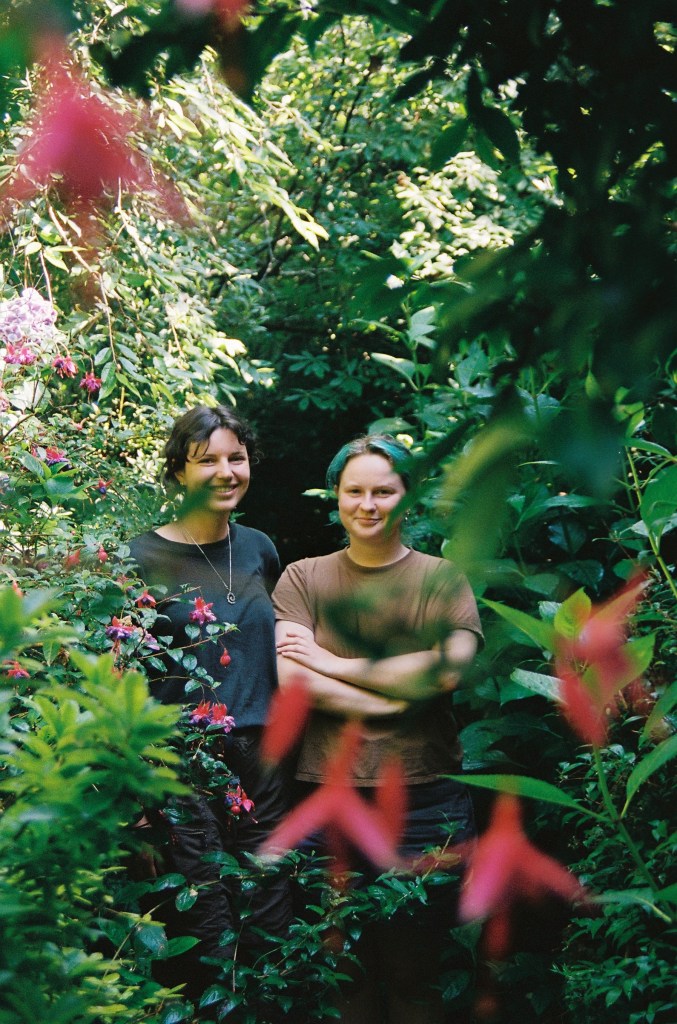
27 June – 6 July, 2022
BREW Residency Report
By Helena Pastor.
A fledging eco-writer, staying eight nights on Wiradjuri country – in the aptly-named ‘Silver Box’ at Blue Bucket. I arrived from Armidale with a foggy head and the onset of a debilitating flu (I am never sick!) and spent the rest of my long-awaited residency with only half my brain power, a box of tissues my constant companion. Even so, I managed to make progress – submitted two writing applications and wrote an essay about a friend who deals in antiques and loves finding treasures in tip shops. He often says, ‘A thing of a beauty is a joy forever’. I agree.
I’ve lived in Armidale for over twenty years; I’m no stranger to cold weather, but even so, I didn’t bring clothes warm enough for the cold of Murringo. Maybe it was a symptom of my flu, but for the first few days I was constantly cold, right down to my bones. The two boxes of firewood I brought with me disappeared in a flash, so I drove into Young for more supplies. When I mentioned I was struggling to stay warm, Barbara lent me a thick purple woollen jumper and a blue windproof jacket. The jumper fitted perfectly, the sleeves long enough for my arms, the wool thick and warm. From then on, I wore the jumper every day, like a comfort blanket.
After my first four nights at Blue Bucket, Barbara left to go to a conference in Tasmania. Although I missed Barbara and our stimulating conversations, I developed a much keener awareness of the environment once I was truly alone – noticing the ‘dragon’ at the end of the lane, the native grasses and trees, the antics of the birds, the hares and the kangaroos, the ever-changing sky.
Life became very simple: waking, eating, walking, writing, eating, walking, writing, eating, sleeping. One day, when I dug a hole to bury the contents of my compost bucket, I noticed how rich and brown the soil looked. ‘Wow!’ I said, surprised. When I removed a patch of callitris pine for Barbara, I was again surprised by how much I enjoyed the work – even in the cold wind and sprinkling rain. I thought a lot about Barbara and her life and work at Blue Bucket, wondering what it would be like to spend so much time doing bush regeneration in that environment. I want Barbara to write a book about her life and about all the experiences that have brought her to Blue Bucket.
Late afternoon was my favourite time of the day, where I’d walk down to the gate and then stroll around the front paddocks like an aristocrat doing a turn around the garden, marvelling at the sunset colours in the sky. I didn’t venture much into the back of the property; it didn’t draw me in as much of the front. I did start walking up the callitris-covered ridge one day, but the relentless wind made me start coughing and I wasn’t unhappy to turn around.
I loved my days at Blue Bucket, but I found the nights eerie – so dark, so quiet, like I was the only person left in the world. Being on my own like that was challenging for me, but as each day passed, I got more and more into the Blue Bucket groove – noticing rainbows, the yellow-billed thornbills playing in the terracotta bowl outside the bedroom window, the ever-changing clouds.
The wind often blew hard against the windows of the Silver Box, a constant in the background, like the roar of the ocean. Every morning, I sat in bed with my coffee, listening to the wind and watching the sky grow light outside the bedroom window. I fell in love with Barbara’s purple jumper. I wouldn’t have made it through the residency without it. When I emailed Barbara and asked if I could buy her jumper, she said it was old and moth-eaten and I could have it for nothing. What a gift! Like my friend says, a thing of beauty is a joy forever – and my purple woollen jumper is a lovely memento from my days at Blue Bucket.
Thank you Barbara, thank you Blue Bucket, and thank you Silver Box.
14-24 April, 2022
10 Days at Blue Bucket
By Amanda McLeod.
As a mother and carer, I don’t often get extended periods of time in which to engage in the deeper work that yields so much for creatives. After almost a year of planning, wrangling, coordination and promises, I was able to set off on my BREW residency at Blue Bucket. I had a hybrid project underway ready to benefit from ten days of solid attention. Loaded with books, research papers, art materials and a camera, I arrived late in the afternoon of my first day. After a welcoming dinner with Barbara (and a wonderful meandering conversation of family, ecology, and everything in between) I settled into my little Silver Box and got to work.
I planned to follow a rough routine of reading, writing, and walking, following the sun and the natural rhythms of the place. This worked exceptionally well for me as I quickly hit my stride, transforming research into thoughts and then into words. When I got stuck, I took my writing off on a ‘thinking walk’ along the lane, or near the creek. It was along here I met several trees that spoke to me; some of them made appearances in my writing but all of them helped me find clarity in my work.
My interest in biodiversity took me into the Dananbilla Nature Reserve, and up to the top of the ridge where a trig station sits. The walk up showed the impacts of clearing and watching the landscape change as I got further up was incredible. The callitris of the lower slopes gave way to a number of eucalypt species, and an understory of real beauty. The experience reinforced the impact humans have on places when we don’t tread lightly. Barbara also directed me to a real hidden gem at Koorawatha Falls. The colours in the landscape there were breathtaking. And as a tree fanatic, I was delighted to walk along the creek bed under the crowns of some of the most magnificent giants I’ve ever encountered – and yes, they absolutely appear in my work.
At the Silver Box, the lack of anthropophony was a relief to my ears. But that’s not to say it was silent. Birds of many species enjoyed jumping about in the peppercorn tree beside my window, and splashing about merrily in the shallow bath provided for them. Watching them brought me so much joy – even when I was meant to be reading or writing. Their behaviours, and the different species that appeared, actually provided a lot of food for thought and a piece of creative nonfiction.
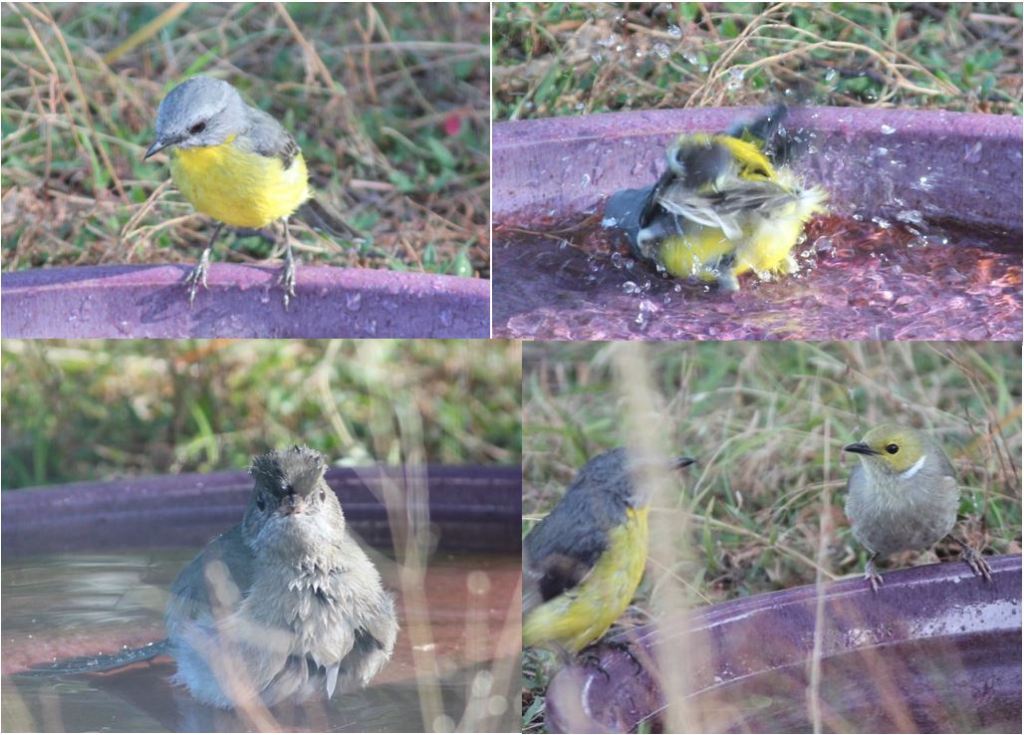
As part of my residency I contributed to the ongoing conservation work being done on the property by removing callitris saplings. With some guidance from Barbara, I took my work a step further and used the small trees I pulled out, along with the remains of an old fence, to build my first leaky weir. Leaky weirs assist with erosion mitigation – building one out of callitris and old fencing felt like the ultimate in sustainability. I was very proud of my work.
I came away from this residency, having read eight books and seven research papers, with seventeen new works – personal essays, creative nonfiction, and poems. What I’ve written is diverse in form but falls perfectly where I need it to in content, and I never would have been able to engage in this creative intensity without the support of Barbara and the BREW Network.
12 December 2021
Plumwood Mountain
By Abi Andrews.
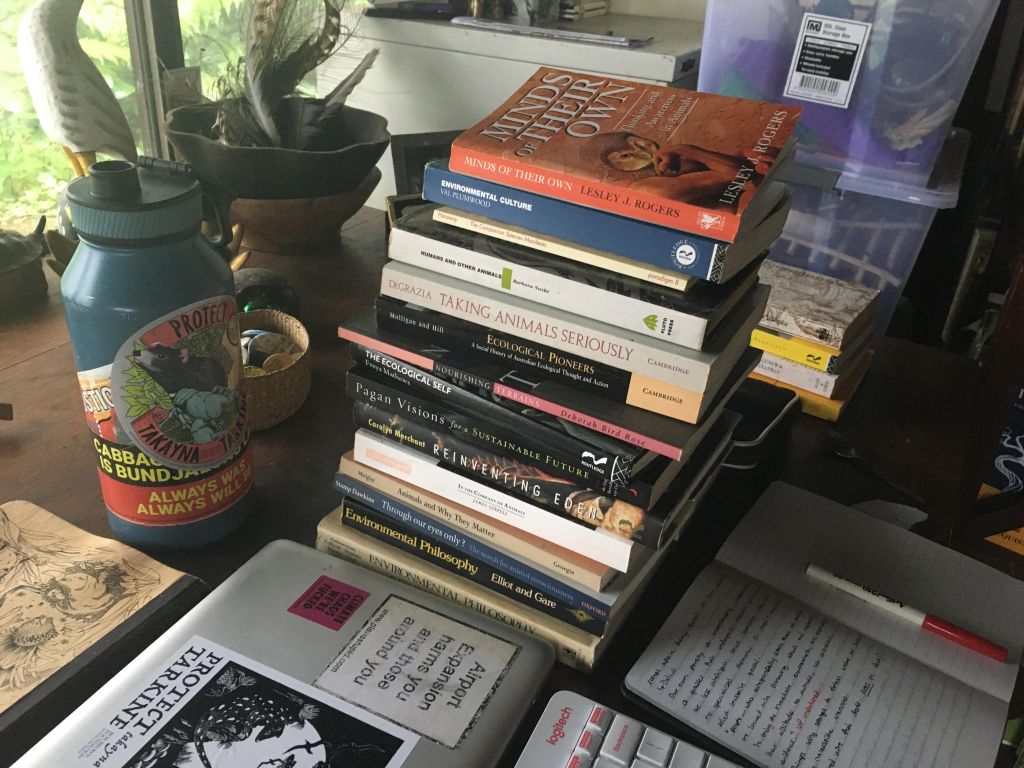
When I arrived at the stone house on Plumwood Mountain for my BREW residency I was ecstatic, if a little overwhelmed, by the number of books I was invited to help myself to. The books of Val Plumwood, inside which lay some of the secrets to Plumwood’s incendiary ideas – which have had so much influence on me – inside I might find some of their origins and fables. I imagined that if I picked up the right books, I would find clues on the path to my own writing project. I pulled out and scanned the title of every single book and journal in the building, making a teetering pile of those in which I thought I might find these answers. How can one person read all these books in ten days? I didn’t. Nor did I sort my incoherent notes on my writing project (on ‘kithness’ and wildlife care) into a neat draft as I had daydreamed. But I got something more from the act of rifling through those books.
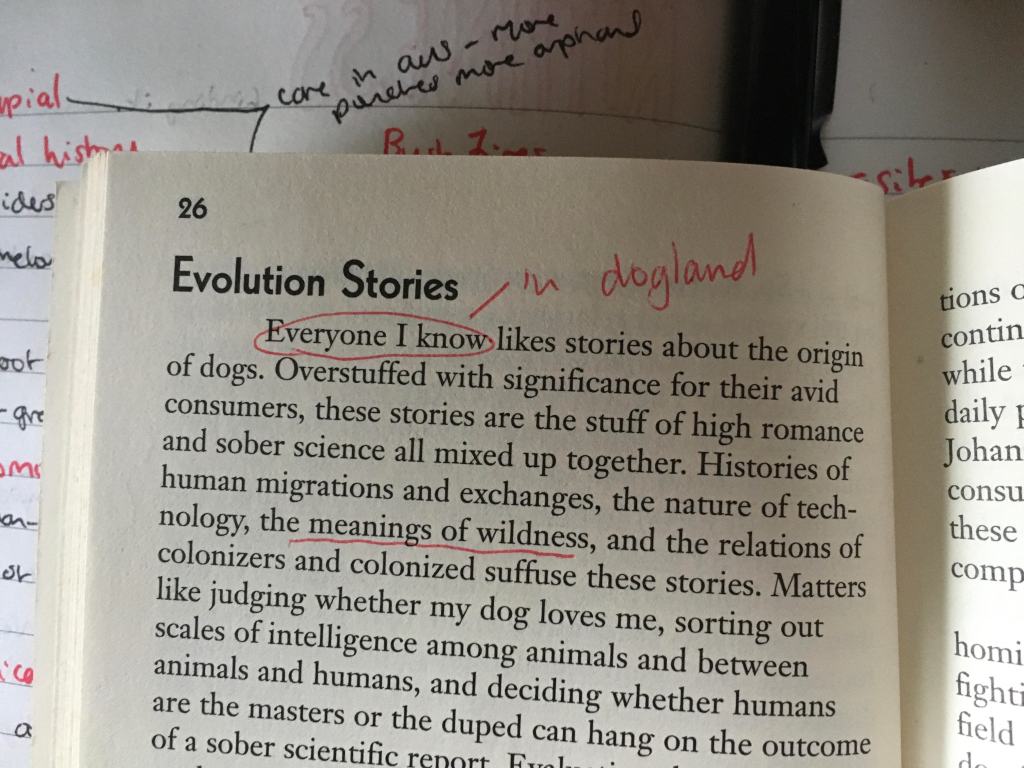
Val Plumwood clearly wasn’t one for the hallowed treatment of books. Those books are well-worn, many were heavily annotated, highlighted, stuck with little post it notes – their contents not allowed to rest from scrutiny. Plumwood’s signature was written onto the flyleaf page of many of them. I think books for Plumwood were animate texts, to be shared and passed around, as well as tactile objects to be scribbled on, their resonances drawn attention to, their apparent flaws contested. Never mind a published book being the pinnacle of a well clarified idea, statically bound, as sure of its purpose as a marble bust. Books are more like wet clay; something to pummel, reshape. They are something to help ourselves to – carry away the good bits on our shoulders, like ants. Something closer to the authorlessness of orality than we would normally admit.
This mild sacrilege of marginalia seemed to me to reflect Plumwood’s ethical anti-anthropocentrism. After she was attacked by a crocodile and survived, Plumwood’s own philosophical thinking started to coalesce around an ethic that would situate humans as ‘part of the feast’, as agents in, and objects of, ‘an ecological universe of mutual use’. She became insistent on her ‘essential meatiness’. Nothing and no one is above use by others – this is an ecological kind of thinking.

In her life, as in her philosophy, Plumwood was in reciprocity with the land that she lived on. Her stone cottage built from rocks from the land, much of her food from her vegetable garden, and sometimes, feral rabbits. And as the place itself and her relationship to place helped nurture her ideas, so too it is now a site of compost; Plumwood had a natural burial, she literally nourishes the land that nourished her. And so too, the archive inside her stone cottage which is literally food to dust mites and bookworms, and nourishing for me and anyone else who might visit Plumwood Mountain. The assertion of Val Plumwood still inside all those pages; it was like she was reading at my shoulder. It bolstered my feeling that writing is itself ecological. As Plumwood put it: ‘we are incurably members of one another’. I spent my time at Plumwood Mountain immersed in this living archive, and it gave me encouragement and renewed confidence in my own writing preoccupations. I wrote two short essays: one on archives as compost, and one about Deborah Bird Rose and caring for Flying Foxes.
18 August 2021
Pandanus Springs writing retreat
By Margaret Duncan and Rhonda Duncan, Ngalakgan and Ritharrŋu Elders from Urapunga community and Lillian Tait, non-Indigenous PhD candidate from Macquarie University.
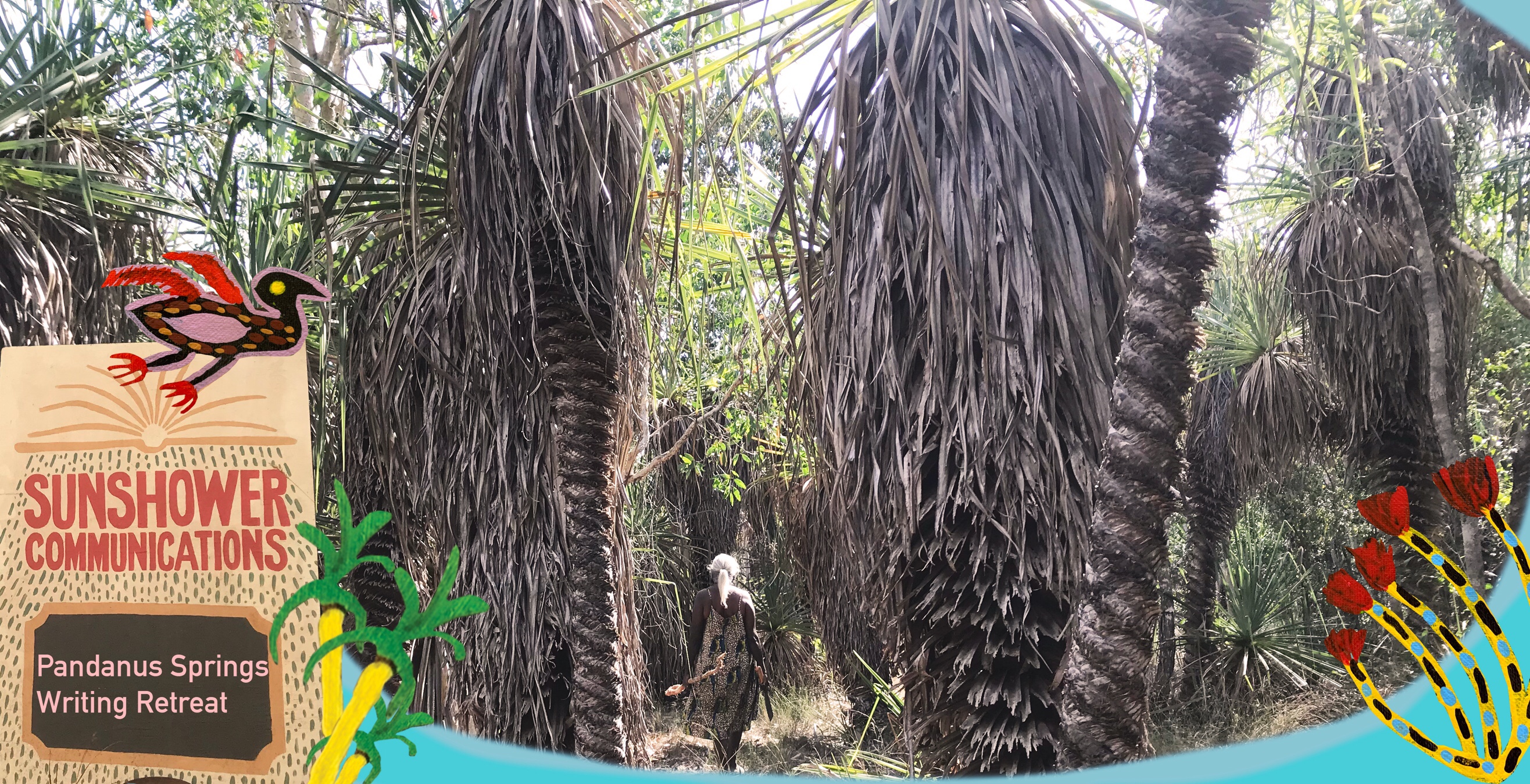
For an audio-visual version, please visit: https://youtu.be/PJ3-O8Y3kIY
We never met Strider but we talk to his photo on the wall, thanking him regularly for taking care of this beautiful parcel of land on Wulna Country. We are told Strider moved his camp depending on seasons and we are set up not far from his final camp. Though he left few permanent structures we see his work in the landscape, in the unburnt ground thick with decomposing organic matter and listen as his spirit kicks off the morning chorus.
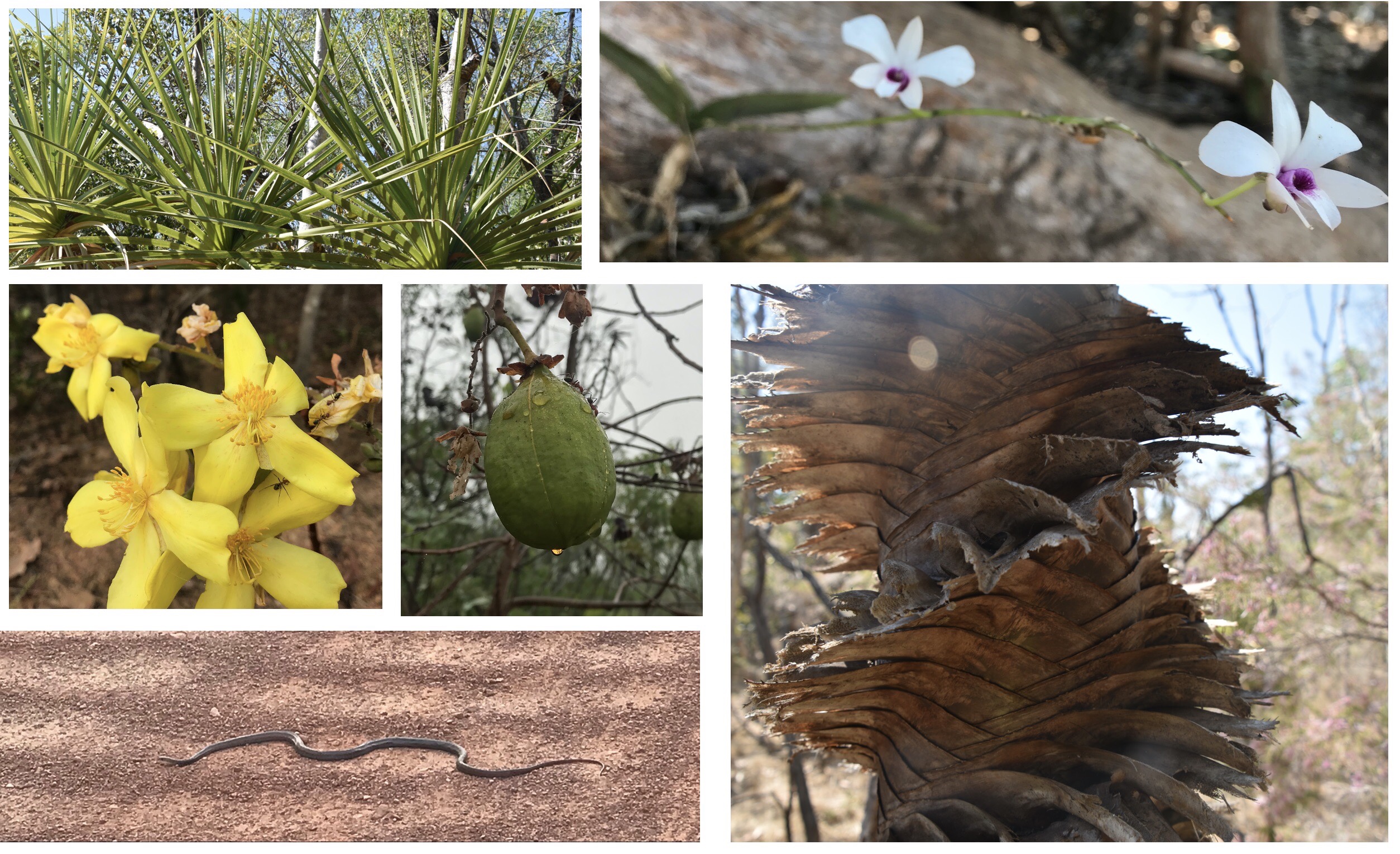
We’ve come to Pandanus Springs with the goal of writing a book. The library, our base while here, is called SunshowerCommunications and was imagined by Strider as “a display site, a temple, a stage and shelf… making a statement about material needs for shelter and to be in the forest, not in a box… Feel free to […] behave like the earth and in harmony with the earth, surely we all learn by example” (Strider notes 1976). The site pays homage to all these things; sheltered from some elements yet open to the surrounding tropical woodland, the urge to dance as if on stage is strong. Here we are forced to follow the rhythms of Country, as we have for our entire research journey.
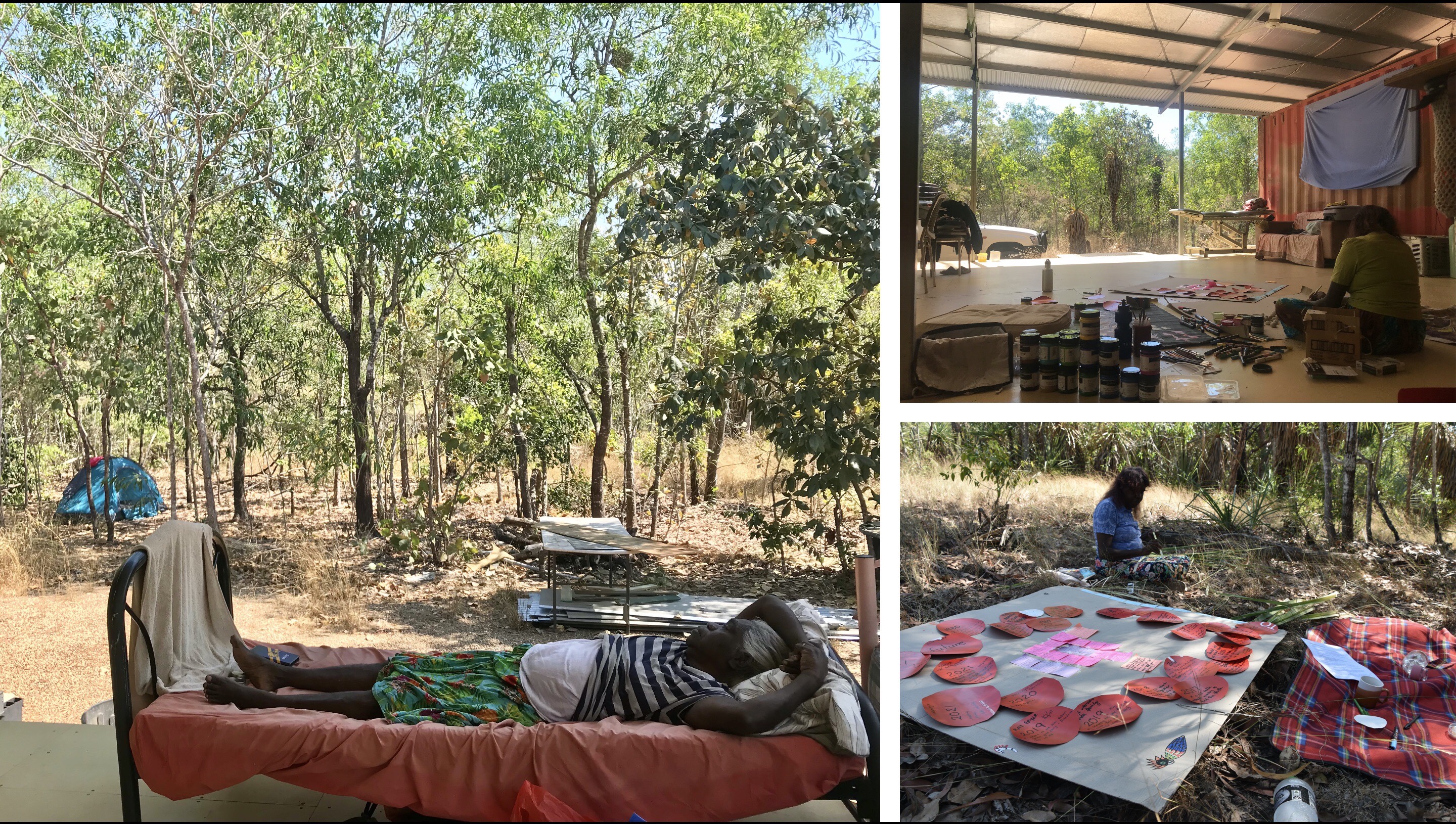
Foggy mornings turn into clear hot days. As the sun rises higher in the sky, the radiant heat on the tin roof pushes us into the tropical woodland, seeking the cooler microclimate of the floodplain. As the name implies, Pandanus Springs is laden with pandanus and when our bodies get tired of too much sitting and thinking we go to harvest the soft core of the pandanus, made supple from the huge wet season gone by.
Over the past 2.5 years, we have been tracking stories across the Roper Region, into North-West Queensland, across Arnhem land and within both Territory and Commonwealth archives. With each turn our focus changes as new questions emerge, and few questions ever really get answered. The book we’re writing weaves together all these journeys, vignettes, questions, photos, and artworks to tell a story about Margaret and Rhonda’s father, a man full of mysteries and strength, and his role in establishing the Aboriginal community of Urapunga. Urapunga sits on Ngalakgan Country, about 6 hours south-east from where we sit to write.
The process of researching and writing this book has always involved interacting with Country, connecting with the stories, ancestors and memories through situated doings; harvesting, stripping and dying pandanus; collecting bush foods and medicines; walking, sitting and talking to Country, the holder of all stories and knowledge.
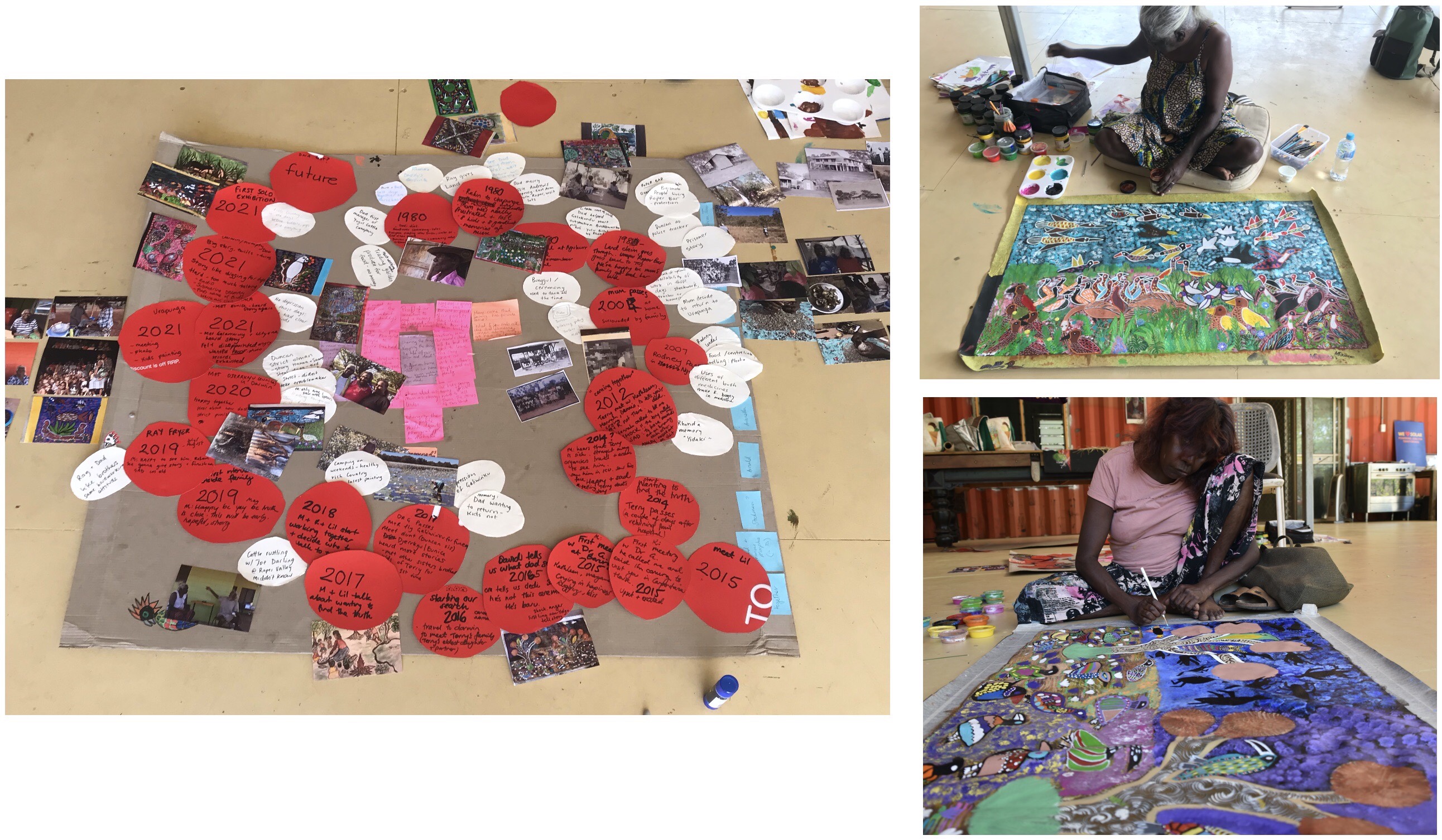
During our residency, we mapped the structure of our book (with help from author and producer Yo Bell from Darwin-based Storyprojects), completed two paintings and recorded hours of content to go into the book. It has been an invaluable time to sit with the stories that have been swirling in our brains for so long. Sincere thanks to Anna and Liam for welcoming us and for their tiresome work bringing Strider’s vision into reality. Thanks also to the BREW network for enabling this retreat.
At night it cools down again and we listen as the sound of (what Lill imagines to be) a snake sliding over the corrugated iron roof blends into the broader symphony of bush turkeyshrieks, human snoring and the incessant rustling of leaves as possums, wallabies, birds and toads forage through the thick groundcover – a relatively unique feature to the fire-managed top end.
26 July 2021
A week’s writing at Blue Bucket
Ruby E. Stephens, plant ecologist; with Adele Dumont, writer.
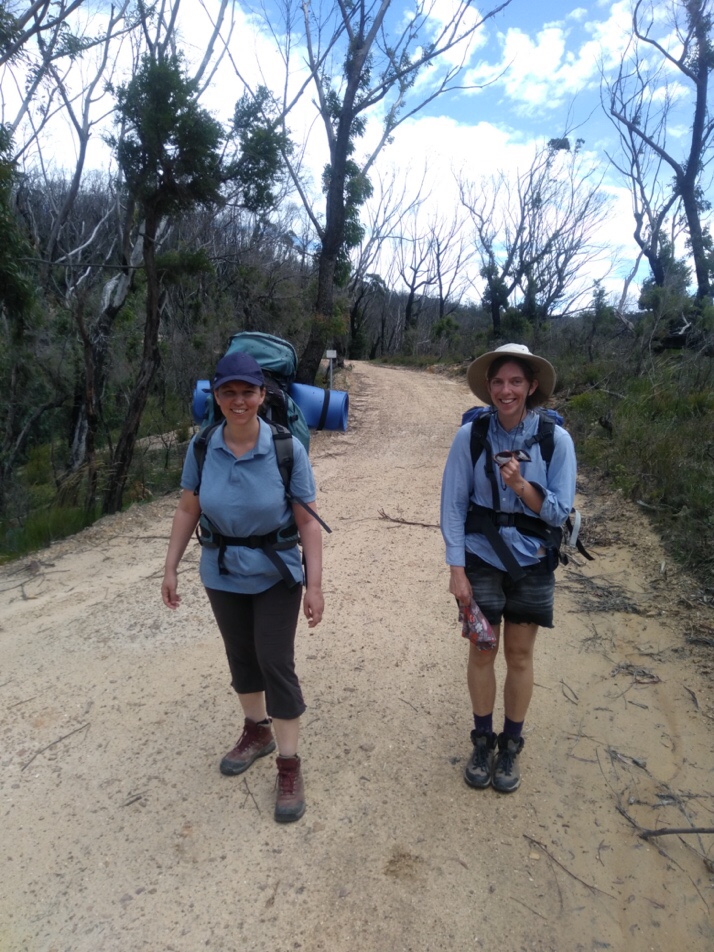
Adele and I arrived at Blue Bucket during what felt like the coldest days of 2021’s winter. The radio predicted snow across the state, and the local service station had sold out of firewood. Still, it felt good to leave Sydney, to change the snarls of traffic and crammed apartments for long country roads lined with yellow-box, the only siren a distant corella’s cry. I felt my mind unfurling as I drove carefully up the sandy drive, taking in the rocky steep slopes of Callitris-Ironbark forest ahead, the spread of half-cleared fertile paddocks below.
Adele and I planned to spend one week at Blue Bucket, she to work on book reviews while her latest draft was in review, me to get started on a paper for my PhD, on the macro-ecology of flowers and floral traits in plant communities. Barbara welcomed us onto her property with tea and cake, and gave us a thorough run-down of how everything worked. The Silver Box had all we would need for the week and more, with a fully stocked kitchen and beautiful big windows letting in the world outside. Particularly important was the wood-fired heater which would keep us from freezing at night, carefully laid with kindling and fat logs. Having made sure we were settled Barbara left us for the week, and we unpacked our boxes of food and piles of books, pulling on layer after layer of warm clothing as we went.

The first night turned out to be the coldest. No snow the next morning, but the wiregrass glinted with frost, the water from the tank turning our bones to ice. Adele and I settled into a rhythm, taking turns each day at the desk in front of the window, writing until we realised our fingers were numb and getting up to make another cup of tea or coffee. In between writing I walked my way into the place, crossing the property into the national park behind it, identifying what plants and birds I could. From the top of the ridge you could see right out to the south and northhorizons, across what once was fertile box gum woodlands, now cleared for grazing or crops.
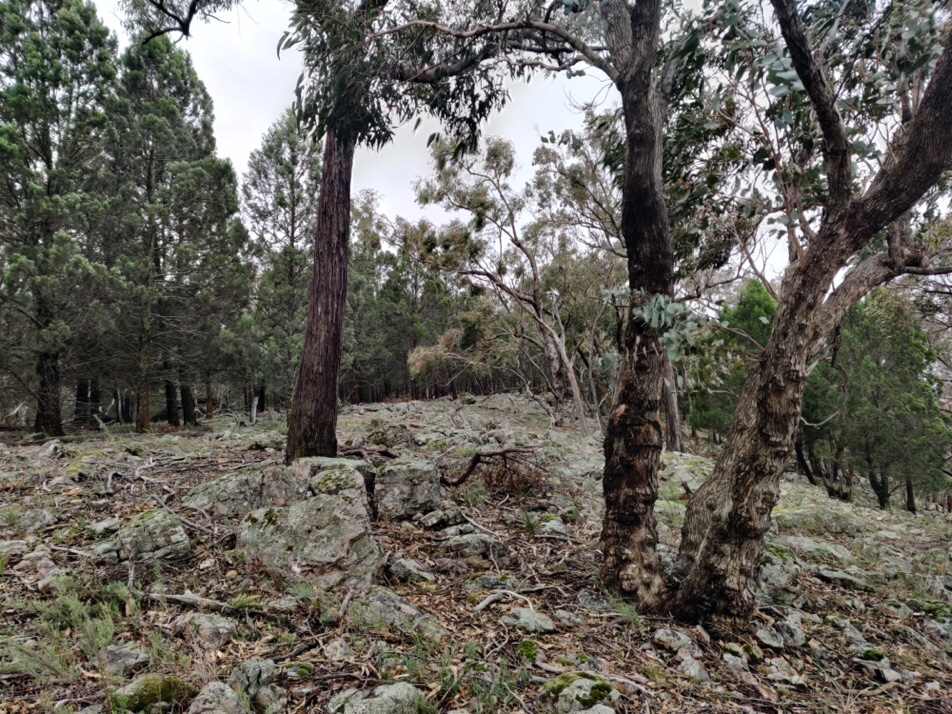
Corellas screeched in protest at each sunset, flocking from one flowering ironbark to another to shred gum blossoms all over the ground. We’d watch the light fade from the windows, red streaked sky offering an illusion of warmth, then draw the curtains and light the fire for another quiet evening of reading and writing. Over the week I slowly eked together an introduction for my paper, checking five different sources for every sentence. This serious science writing was helped along by endless scribbles in my diary, scrawls of short poems and lists of bird names to remind me why I write.
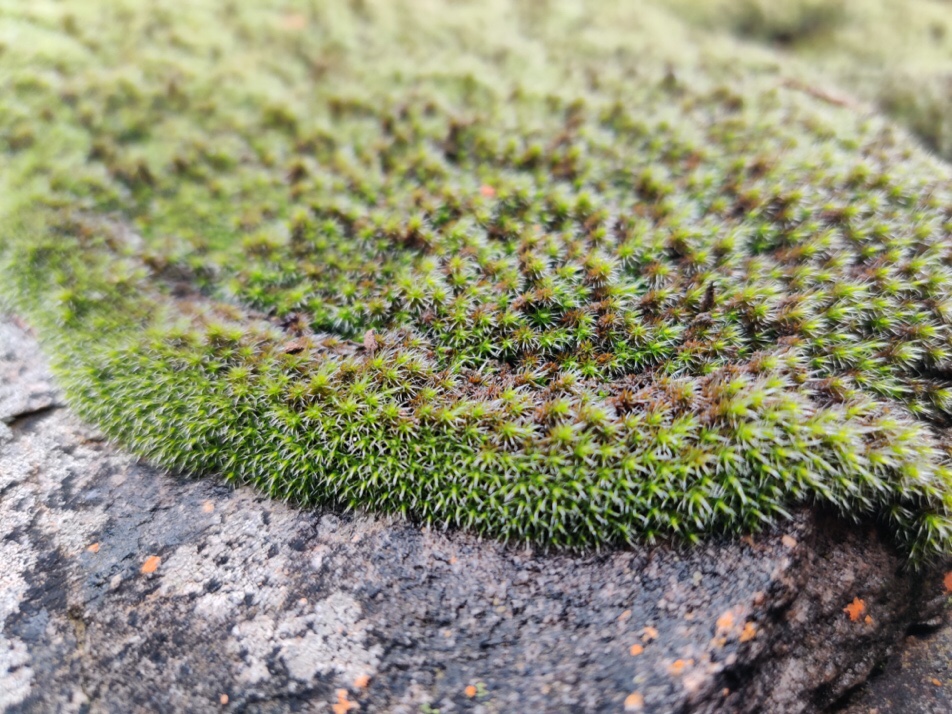
By the end of the week at Blue Bucket I had a new tolerance for cold, an excellent start on a draft, and the feeling of being recharged that I get from being in the bush, from having space to think and write away from the distractions of everyday life.
And this brief list of plants and birds:
Plants
Acacia genistifolia ~ Early Wattle
Acacia verniciflua ~ Varnish Wattle
Acianthus fornicatus ~ Pixie Caps
Callitris glaucophylla ~ White Cypress Pine
Callitris endlicheri ~ Black Cypress Pine
Cheilanthes sieberi ~ Poison Rock Fern
Laxmannia gracilis ~ Slender Wire Lily
Pomax umbellata ~ Pomax
Pterostylis spp. ~ Greenhood Orchids
Stypandra glauca ~ Nodding Blue Lily
Xerochrysum viscosum ~ Sticky Everlasting
Birds
Eastern Rosella (chirping in laneway)
Speckled Warbler (flicking through Callitris)
Yellow-rumped Thornbill (bathing by Silver Box)
Eastern Spinebill
Yellow-faced Honeyeater
White-eared Honeyeater
White-plumed Honeyeater (a whole flock taking turns in the shallow bath)
Noisy Friarbird (loud chiacking in laneway)
Grey Butcherbird (high melody in laneway)
Pied Currawong (mournful call in laneway)
Grey Fantail (busy in the mistletoe)
White-winged Chough (haunting corps along laneway)
Silvereye (bright eyes darting through eucalypts)
19 – 29 April 2021
Blue Bucket
By Natalie Cooke
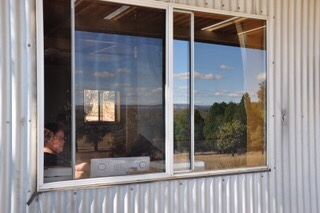
I arrived at Blue Bucket with a head stuffed with ideas, a bootload of books and research materials, a sheaf of half-finished poems and a heart full of hopes and fears for the 10 days ahead.
Kept company by some 30 species of birds (they were just the ones I could identify) I settled in happily to the Silver Box. Courtesy of an Anne Edgeworth Fellowship, I have support for editing and mentoring from Canberra poet Melinda Smith to help me put together my first poetry collection, and the main aim of my BREW residency was to work on poems for this.
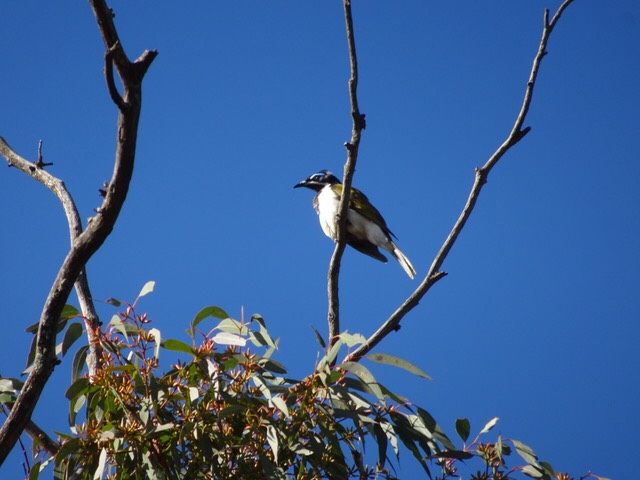
My days quickly fell into a rhythm of research and writing. Old notes were sorted and plundered. I filled gaps with more research (courtesy of the giant stacks of books which built themselves around the living area, and the amazing resources of the internet) on everything from honeybee behaviour to isohyets in SA. One of my biggest challenges was to ‘write my way into’ new poems—that is, to find the form that worked best for each idea. This often meant quite a lot of writing and rewriting in the initial drafts but I was pleased that a number of poems landed solidly in the end.
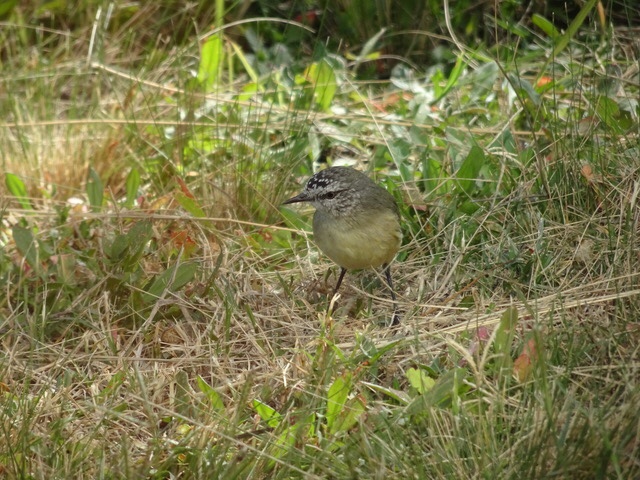
My editing process can be quite literal (scissors are involved), and there were days when cut-up and remixed versions of poems seemed to cover every flat surface. I was grateful to have so much space to work in. I moved around lines and words, adding and subtracting as I went, until I had something I was happy with.
It wasn’t all staring at text. Most days I went for a walk, usually further along the lane and sometimes up into the Dananbilla Nature Reserve. The diversity of birdlife just along the lane, with its small patch of scrub either side marking the transition from hillside to creekside, was fabulous. I saw everything from butcher birds to babblers, as well as blue-headed honey-eaters and just some of the many vociferous and voracious friarbirds gorging themselves in the trees. From the Silver Box itself, I watched the stubble burn-offs in paddocks across to the horizon, and some truly spectacular sunsets.
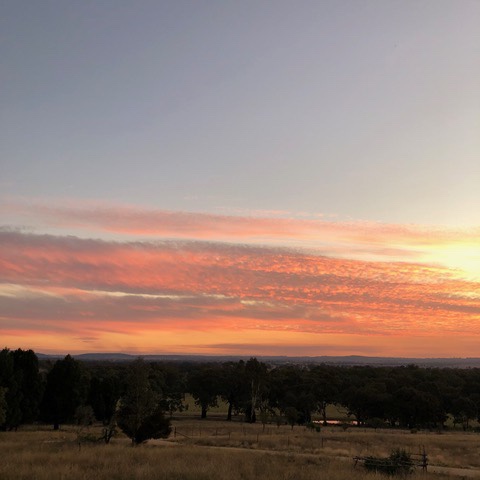
By happy coincidence, the CV2 two-day poetry contest was on over the weekend I was at Blue Bucket. This contest challenges poets to write an original poem in 48 hours—the only catch being that the final poem must include 10 words provided at the start of the two days! Prompted by words ranging from balter to wrest, via nubivagant, I came up with a poem which would never have existed otherwise. It didn’t place in the competition, but I’ve since revised it into something more focused.
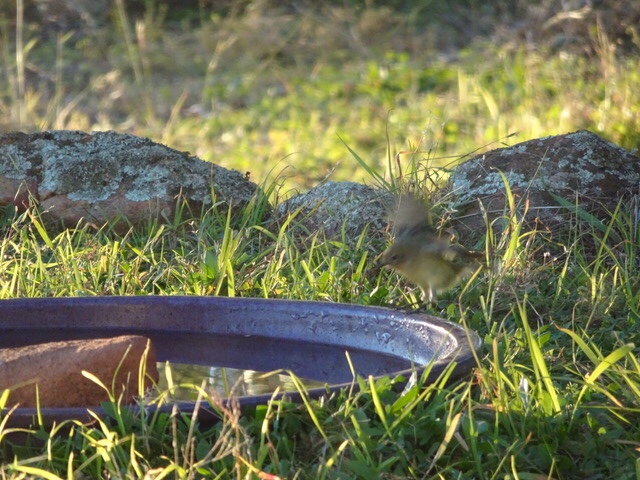
From a guided tour on my first day there to our conversations about everything from fences to family to the writing process, getting to know Barbara was a lovely and enriching part of my stay. I enjoyed making a small contribution to her regeneration efforts by pulling up Callitris seedlings and pulling down an old exclosure fence. But I suspect the only contribution I made that had any lasting effect was probably in finding (then losing, then finding again) a tiny, weedy cactus before it could establish itself too well.
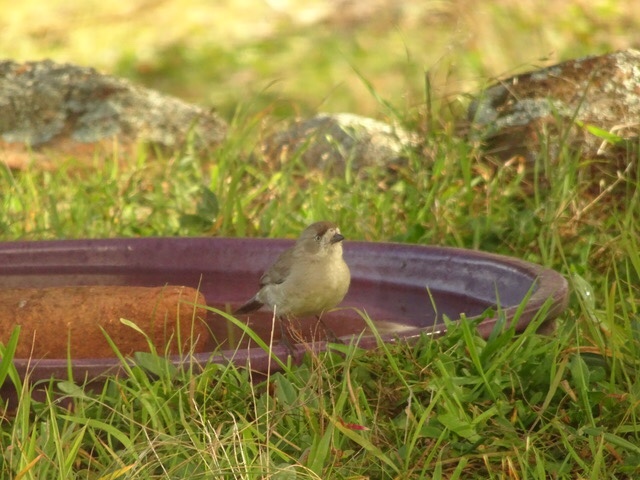
I came away from my stay with six new full-length poems, 14 new haiku and a revised set of older poems. A draft—enough for a chapbook—went off to my mentor and editor, Melinda Smith, a few weeks later. More importantly, I came home with a renewed sense of purpose and even more ideas.

2 November 2019
BREW Writing Retreat Report
By Gerda Roelvink, Geography and Urban Studies, University of Western Sydney

Figure 1: Gerda Roelvink at Pinchgut Creek October 2019.
Source: Photo courtesy of Brett Bowden.
I came to Pinchgut Creek retreat in the October 2019 school holidays with my partner and our two children (aged 4 and 8 years). We stayed for 5 days. Our visit coincided with some early hot days. Rather than seeing signs of spring, it seemed like we had jumped straight into summer. Dry barley grass clung to every inch of our clothing, trees looked thirsty and limp, and snakes were out and about. Hot afternoons were good times to escape inside to undertake our retreat work, which for us involved a combination of writing, reading, drawing and board games.
I work in the field of cultural economic geography and have been interested in regenerative agriculture for some time. Pinchgut Creek was the perfect place for me to develop this work into a book and to imagine new paths for my research. This is not to say that I am at home on a farm, however; I grew up in New Zealand’s biggest city and have lived in cities and towns ever since. Thus, our stay at Pinchgut was an incredible learning experience for me.
We learnt by exploring the property, seeking out connections with the past. This included a hunt over two mornings for the canoe tree; a magnificent scarred tree today teaming with ants. On the coolest morning, we walked along the dry Pinchgut Creek bed, trying hard to imagine it supporting all kinds of life. Much to the children’s delight, we stumbled across recently planted ‘dinosaur trees’ – flora that would have been in this area in the time of the dinosaurs – their trunks and branches covered in spiky leaves to ward off attack. Sadly, one was turning dry and brown. We found smooth stones that, George Main (BREW contact for Pinchgut) later told us, was likely formed by a long gone river in the area. We also heard that coral can been seen in ancient rocks on the property.
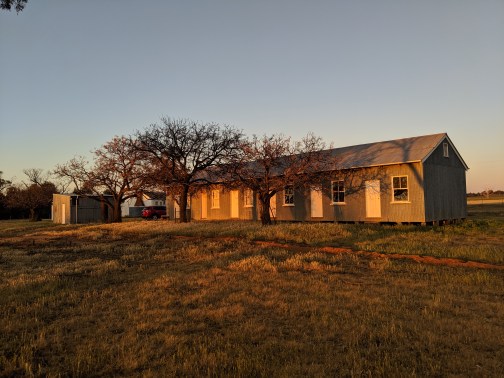
Figure 2: Shearers’ Quarters. Source: Photo courtesy of Brett Bowden.
We sensed how ancient the land is. George and his brother Chris, who manages the property, showed us some stones that were Aboriginal tools, probably used for making fire or for grinding pastes. We climbed a lush green hill excluded from recent intensive farming and marvelled at the differences we could see across the property between the hill, the paddocks and surrounding farms. We loved the old shearing shed, with floors smoothed by the feet of sheep, wool still stuck in cracks and crevices.
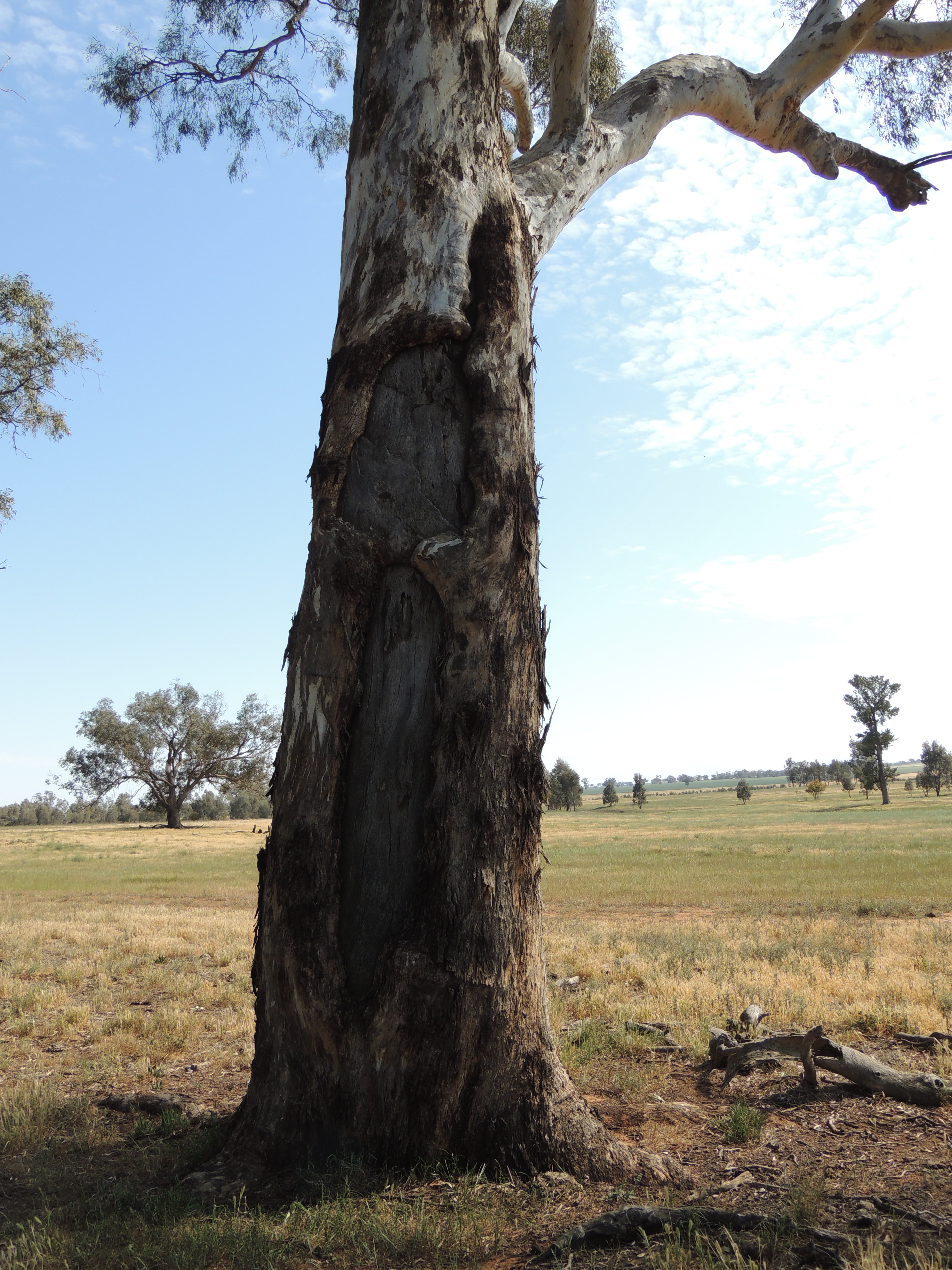
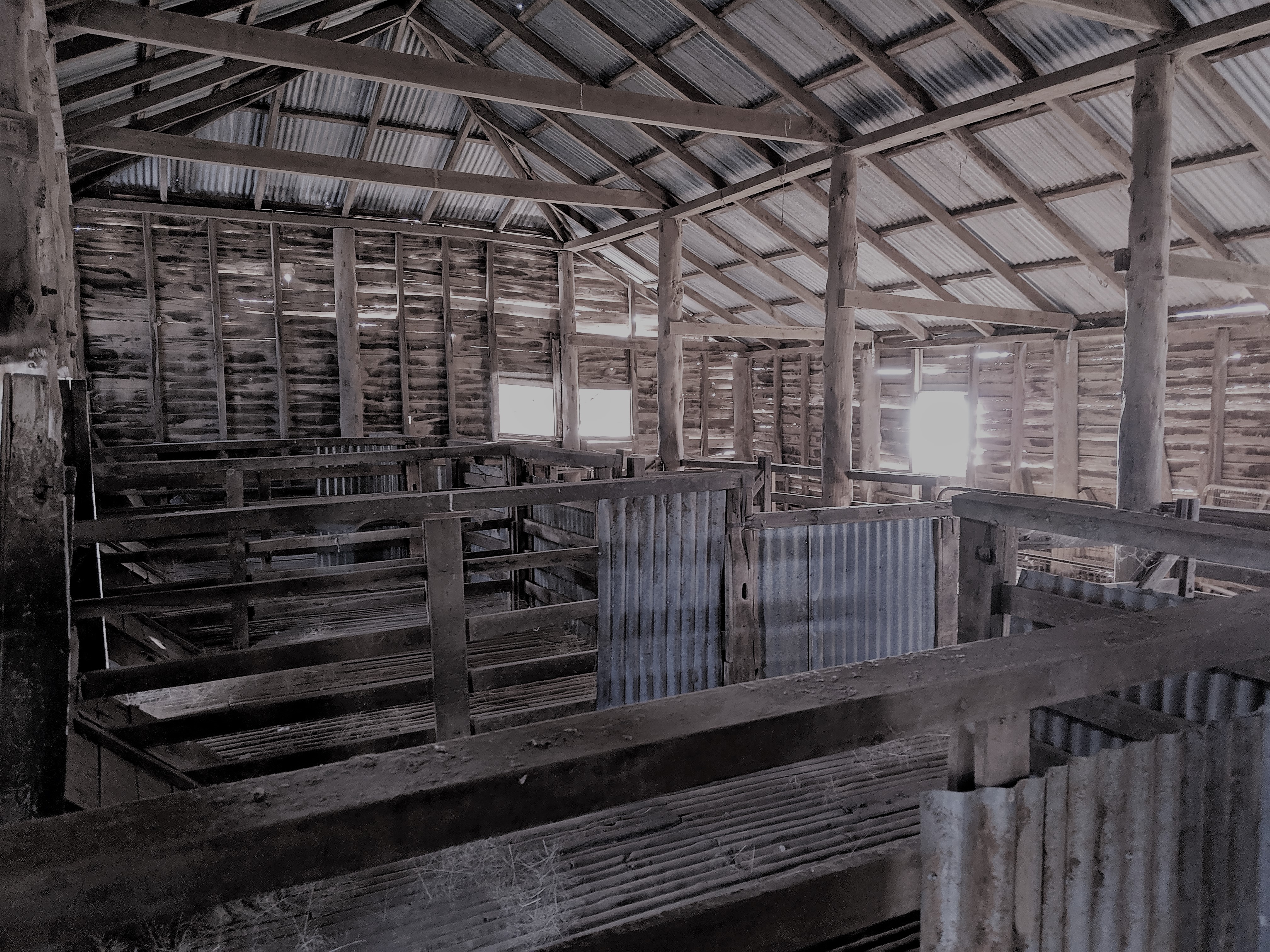
The property has changed so much over time in tandem with so many different kinds of lives. George writes about the history of the property by tracing the connections between the diverse species living here – horses (wild and thoroughbred), stone-curlews, gums trees, fire, Wiradjuri Aboriginal people, settlers, dryland salinisation, agricultural regimes, white cypress pine and more.
Marginalised humans and all sorts of non-humans come to have agency in these stories; they are key players in history alongside the usual suspects. The land has agency. This is the kind of history, as Libby Robin argues, that we need in order to respond to our new era of human-induced climate change named the Anthropocene. In slowing down the story of catastrophe, she suggests that the Anthropocene becomes something real and every day, and the meanings of words and places examined as they change. History is opened up to the possibility of intervention, including for regeneration.
At night, all this life seemed to disappear. There were no sounds of neighbours, no cars, no visible lights… I felt isolated. It was so quiet. Yet Russell, the distant neighbour’s dog who took it upon himself to look after us during our visit, reminded us of all the creatures out at night that he was working hard to keep at bay.
Chris spoke to us of his feeling of thousands of eyes on him while he works on the farm, he never feels alone it seems. Those we could see watching us as we explored the property included cows, kangaroos, snakes, eagles, ibis, turquoise parrots, crows, magpies, wrens, ants, flies, spiders, millipedes and more.
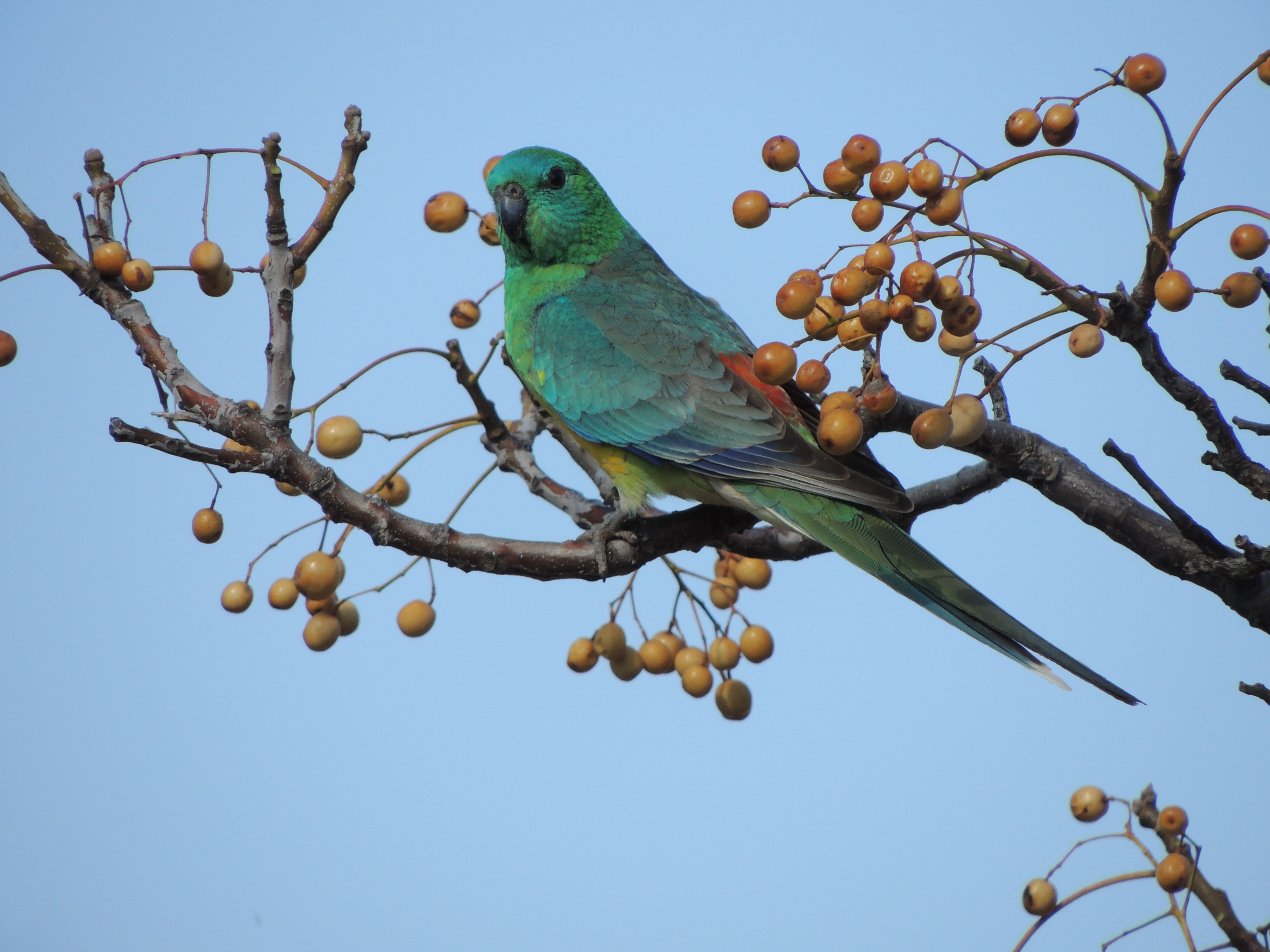
Regenerative farmer, David Marsh, speaks of the importance of keeping livestock on a farm to encourage diverse animal life while it is regenerating, but matching numbers to the capacity of the land. Chris showed us how the cattle aerate the soil at Pinchgut as they move in increments across a paddock. We loved helping Chris move the cattle, first when opening up a new section of a paddock, and then to a new paddock for pregnancy testing. Cows that were not pregnant were to be sold, with cattle numbers thereby reduced over the hotter months when the land finds it harder to support them. This is one way regenerative farmers avoid the cost of providing feed for livestock during drought and can match their livestock numbers to the changing weather conditions and capacity of the land.
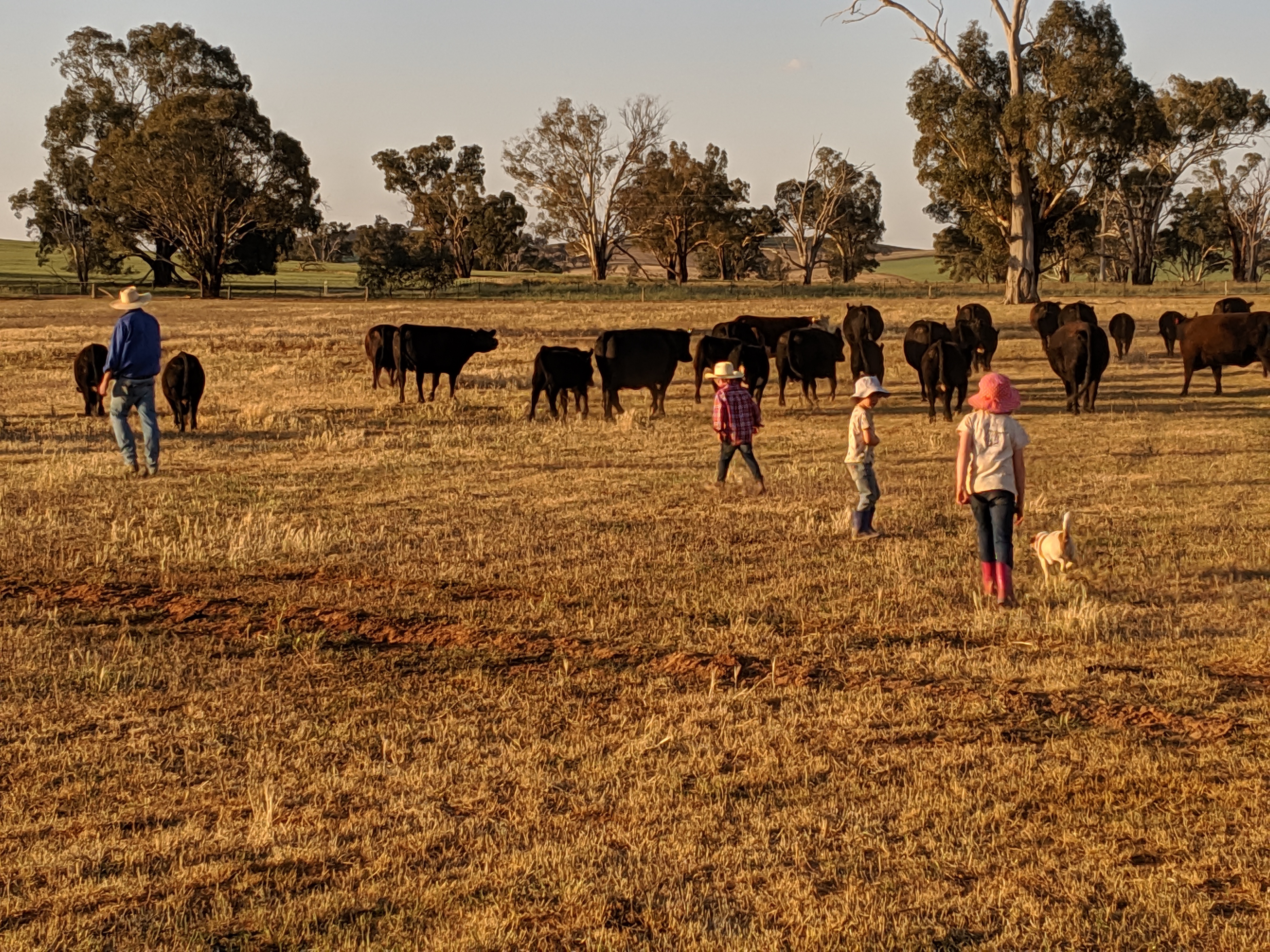
The movement of cattle between multiple paddocks is connected with the focus on soil regeneration and the growth and ultimate diversification of plant life. For Chris, the farm will be back to health when we can no longer see bare soil amongst the grasses. What is growing now looks nothing like grass, but rather a mix of scrubby scratchy weeds. Chris told us that he doesn’t believe in weeds anymore. In fact, regenerative farmers have a very different way of looking at the landscape in comparison to mainstream farmers. Neat orderly rows of planted monocultural crops no longer hold any appeal. During our visit, there were signs these crops could not withstand the drought with several farmers baling canola crops in the area for livestock feed instead of harvesting for their regular market.
In contrast to canola and other grain crop-dominated farms, diverse grasses in wild looking paddocks look beautiful to regenerative farmers. They have learnt to view the land differently, witnessing the capacity of a landscape with diverse plant life to withstand harsh climatic conditions while wind simply blows the topsoil off neighbouring bare paddocks. With the changed view of the landscape, their farming practices change too, shifting from intensive regimes of cropping, fertilisers and chemical weedkillers for maximum yield and ultimately profit, to working to restore ecological health while making a living from what the land can provide. Regenerative farmers like Chris are teaching new generations about a different relationship to farming, one that includes new ways to appreciate the landscape and its relationship to livelihoods – our own and other species. We now look for and appreciate signs of diversity as a healthy farm. This is an invaluable lesson from our time at Pinchgut Creek.
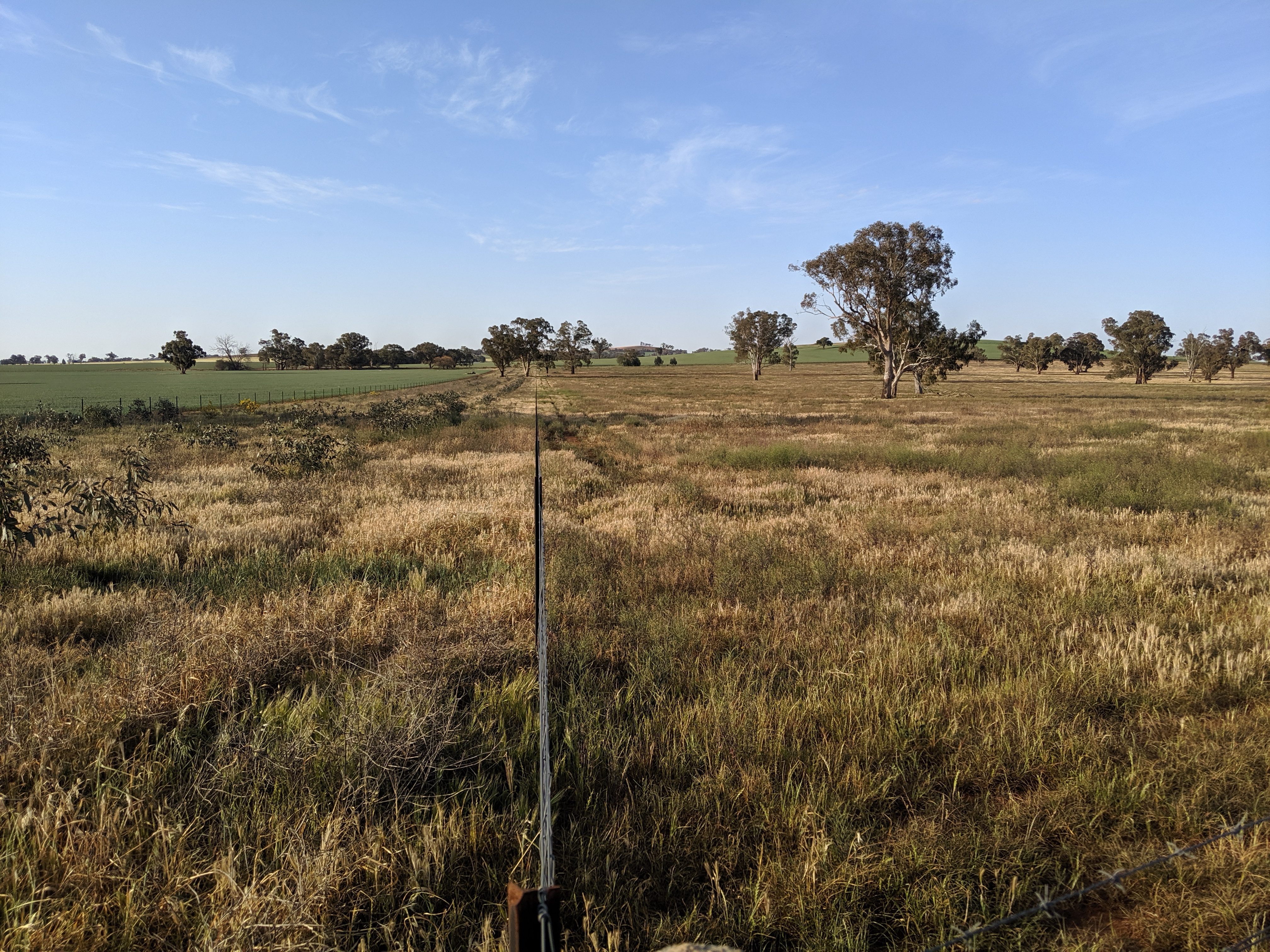
22 October 2019
Indigenous futurism in literature
Madee Clark, University of Melbourne
As part of my residency in Tamborine Mountain, I completed the final chapter of my Ph.D on Indigenous futurism in literature. My thesis project looks at the development of Aboriginal futurisms in Australia in the last decade in literature. It looks at the way that Aboriginal futurist texts address issues of treaty, governance, survival, sexuality, gender relations, justice, trauma, and resurgence. The chapter I wrote during my BREW residency is titled ‘The Dystopianism of Governance in Aboriginal Futurisms’ and examines the futurist work of Ellen Van Neerven and Alexis Wright.
Both of these writers have had their futurist works interpreted by literary critics as eco-dystopias or ‘anthropocene fictions’. Alexis Wright’s work in particular is overwhelmingly described as an anthropocene novel by non-Indigenous writers due to the way it represents a climate change altered future and the effect of ecological disasters on sovereignty and nationhood. In this chapter, I interrogate the application of the terminology of the anthropocene to these futurist stories. I follow Indigenous theorists such as Zoe Todd and Tony Birch, who argue that the historical periodisation of the anthropocene is problematic for its failure to account for the ecocidal violence and anthropocentric logics inherent to colonial projects, noting that anthropocene theory tends to blunt the distinctions between Indigenous societies and colonial societies in its examination of both relationships with the natural world and human impacts on climate and ecosphere. While Van Neerven and Wright address ecological harm and relationships with the non-human world in their work, they maintain an awareness of the agential and participatory role of non-human actors in Aboriginal life, the coloniality of climate injustice, and the particular effects that ecological harm has on Aboriginal people’s societies and cultures. For the writers, ecological harm and colonialism are not taken as separate issues. Rather, the oppression of the non-human world and philosophical distinctions between human and non-human are seen as effects of ongoing colonial violence.
In this chapter, I discuss this in depth examining the ways that Aboriginal futurist texts look at the ways that ecological violence and climate change. I then focus on the ways that both writers critique governance as dystopian. Referring to the history of settler colonial governance and policy which operate through discourses of benevolence and care as a form of colonial control over Aboriginal communities, beginning with the Queensland Aborigines Protection and Restriction of the Sale of Opium Act 1897, I show how these two works of Aboriginal futurism represent white governance as dystopian in its effects on Indigenous societies, referring to my own family history and standpoint as a Yugambeh person.
18 October 2019
Reflections on my time at Silver Bucket
By Vivienne Glance
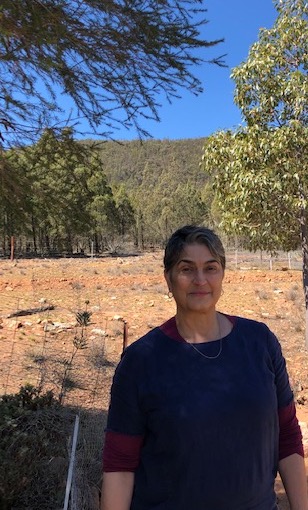
The tarmac, white-lined roads give way to rock-strewn, unsealed ones, and the plants and trees begin to assert their disordered presence as we approach Blue Bucket and the cabin that will be my home for the next ten days, Silver Bucket.
I step from the car to open the gate and look up at the small corrugated iron building perched part-way up the slope, with the steep hills behind, covered in Callitris, a cypress-like conifer. I will later learn the dual nature of this plant as both a blessing and a curse.
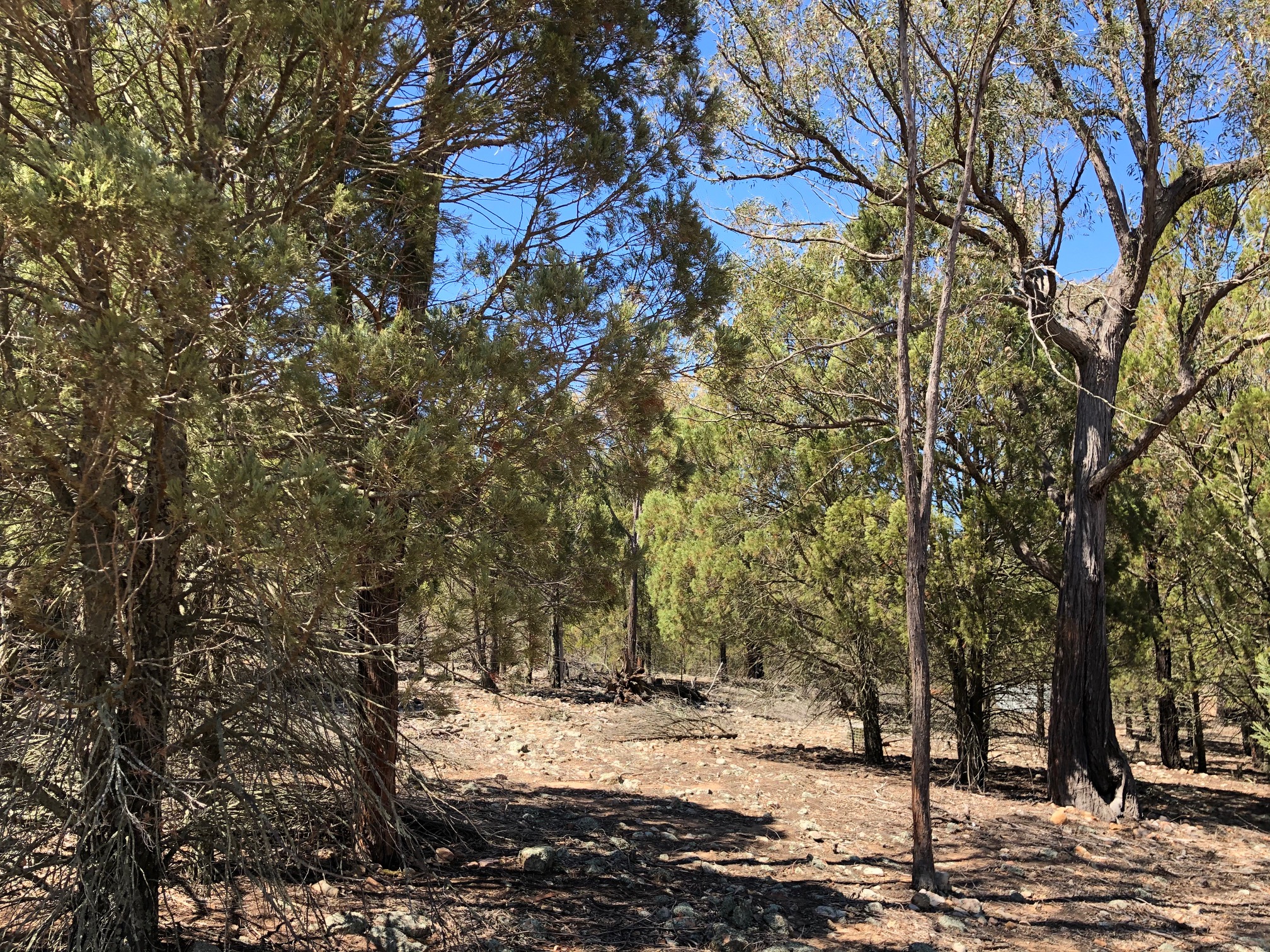
Arrivals are important; the gentle sound of the breeze through the trees, the bird song, the blue, cloudless sky, the dusty rocks in the dry earth are welcoming, if still unfamiliar. This is not country I know, but it’s one I’ll come to cherish.
The Silver Bucket is a corrugated shed which has been lined on the inside and made into a kitchen, laundry, living/dining area and a bedroom, with the toilet outside in a storage shed. It is a ‘no fuss’ place and perfect for writing.
The views on three sides are each unique and bring the outdoors inside, so I never feel far from the busy, natural world that continues all around me. My presence is a curiosity to the wallabies and kangaroos, birds and insects, and once they accept me, they stop paying me any attention. I take great pleasure in observing them as I sit at my writing table, overlooking the sweeping valley view.
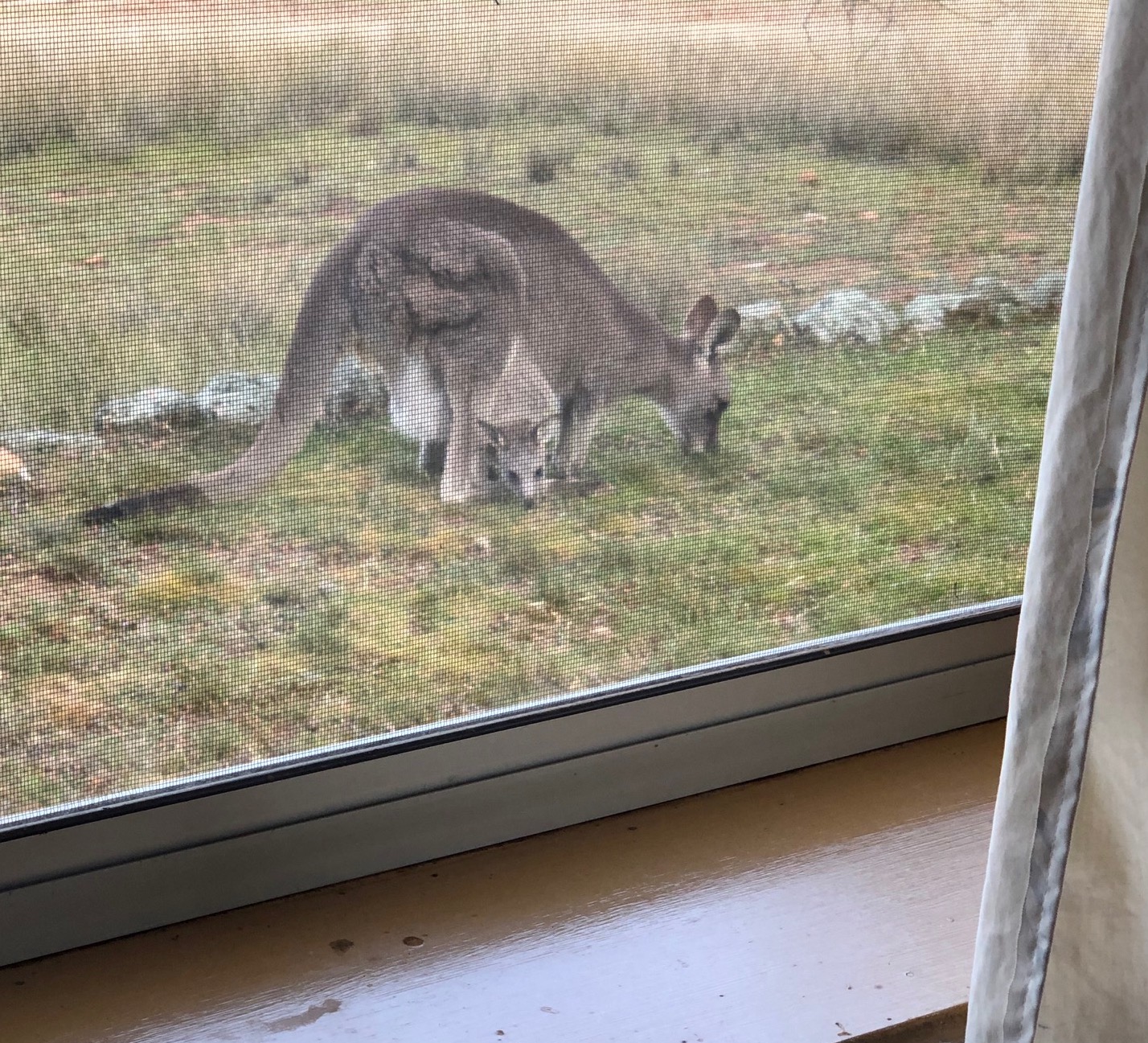
I grow accustomed to the sounds of this place; I feel more settled. It doesn’t take me long to learn the calls of the superb fairy wren, weebills, golden whistler, sulphur-crested cockatoos or the red-capped robin, or understand the thump, thump I hear in the evenings is most likely a wallaby hopping just outside the walls. The wind sings many different tunes, depending on the time of day or the weather, and I witness it’s whistling energy daily across the wide-open valley.

To become familiar with a place was one of the reasons I wanted to stay here. The novel I’m writing has a protagonist who comes to an unfamiliar natural place and learns how to belong there. She begins to understand that the local inhabitants will accept her, but she must lose the human fantasy that she is at the centre of everything. It is a story about transformation and renewal, both of which I begin to feel during my short stay, and which I hope I’ve reflected in my writing.
As I said earlier, the conifers behind Blue Bucket have a dual nature. They provide habitat for many local creatures, but they crowd out native eucalypts such as iron barks, and shrubs find it hard to thrive under their dense canopy. Barbara Holloway, my host, is working to conserve this area of land, and by thinning these trees and protecting planted saplings from kangaroos, she’s slowly introducing greater biodiversity.

The cut branches of these trees, however, are not wasted. When the rain falls here, it rushes down the slopes, taking topsoil and pebbles with it, and exposing the red-brown rocks underneath. By laying these cuttings horizontally along the slope, in what are known as leaky weirs, the washing down of the rainwater is slowed and it can seep into the earth, and the soil is caught and retained so seeds can take root and cover the ground.
I wonder if my writing here will be like the drying leaves and twigs of one of these branches on the ground. I hope I’ve retained within me an essence of this place, of its sounds, smells, and colours, and as my story falls like rain onto the page, my accumulation of words will take root and, seedling-like, open to the sunlight of a story.
Departures are as important as arrivals. Fifteen minutes after leaving, Barbara must drive me back, as I realise I’ve left something behind. Isn’t this a sign that, deep down, I don’t want to go? But I must go, and eventually I close the gate behind us.
This has been a wonderful gift of time and place, resulting in tens of thousands of words flowing onto my blank screen. I can’t acknowledge BREW enough for this chance, nor thank Barbara sufficiently for her kindness, friendship and generosity during my visit.
19 September 2019
Pandanus Springs joins BREW
Fancy retreating to a jungle paradise? BREW is delighted to announce that Pandanus Springs, an extraordinary Top End property near Darwin, has joined the network. Pandanus Springs is part of Solar Village, a community established in the 1980s by Strider, a renowned environmental campaigner.
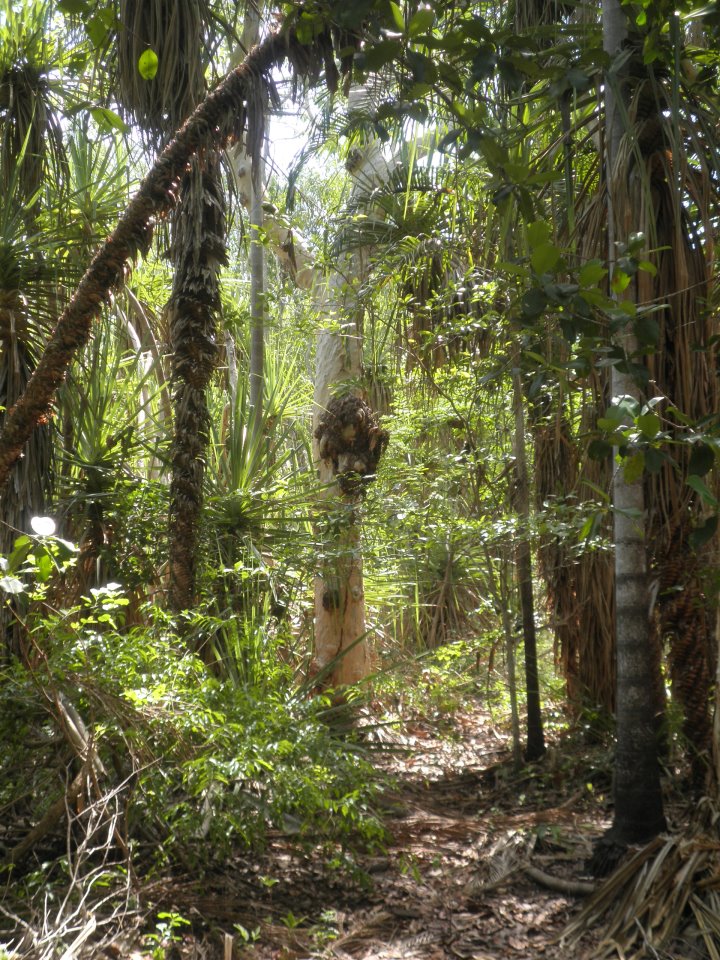
17 November 2018
Rufous whistlers & other companions
By Francesca Sidoti, Institute for Culture and Society, Western Sydney University
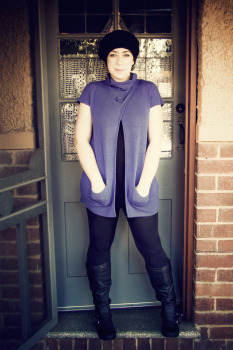
New South Wales is in drought when I come to Blue Bucket, but it rains on the third day. It smells of acacia, and the ground is often rocky. Everywhere there is evidence of care; roo-proof enclosures, wood laid horizontally along the ground to assuage erosion, plantings. Behind the houses, there is the carved track of an old river where the former banks rise above on either side, studded with layered rock almost like drystone walls. It is a beautiful landscape and one that you have to feel your way through with your feet.
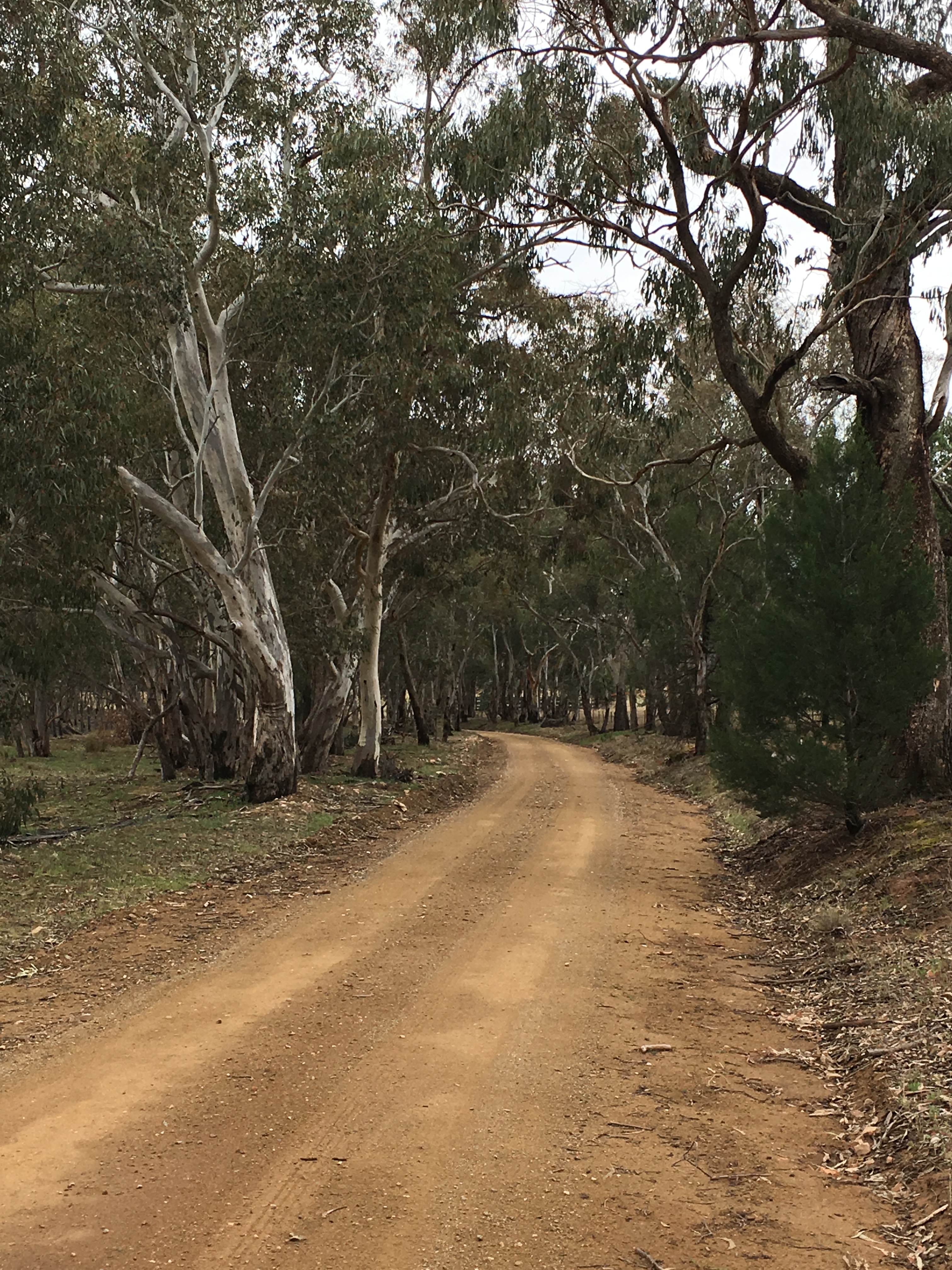
I come to Blue Bucket to write about another place. Katoomba, where I live and work, nags at me. My mind worries over the town like a tongue worrying a patch of scalded skin in the roof of a mouth. I have come to start writing my thesis, and write about leaving town. My thesis argues that people and places are interwoven and that places live through our bodies, often showing up in surprising ways long after we’ve “left town” for good. I have needed to leave town to start the process, putting two hundred and sixty seven kilometres between me and the town that dogs me and that I love unreasonably.
There’s something about heading west of the Blue Mountains that is like a relaxation exercise, like those tapes that ask you to squeeze your toes hard and then release them, then tense your ankles and release them, and so on. By degrees, the body relaxes until I’m in Cowra, having a cappuccino, and basically bubbling. The body needs to relearn certain things on this journey; maintaining 100 kilometres an hour on what feels like a narrow road; how to overtake, how to reverse into a 45-degree angle parking spot. In the ten days I am here, my body will never learn how to climb over or through fences gracefully. When I go into Young mid-week to shop, the man at the liquor store says within about three seconds of my walking in, “So, not from around here?”.
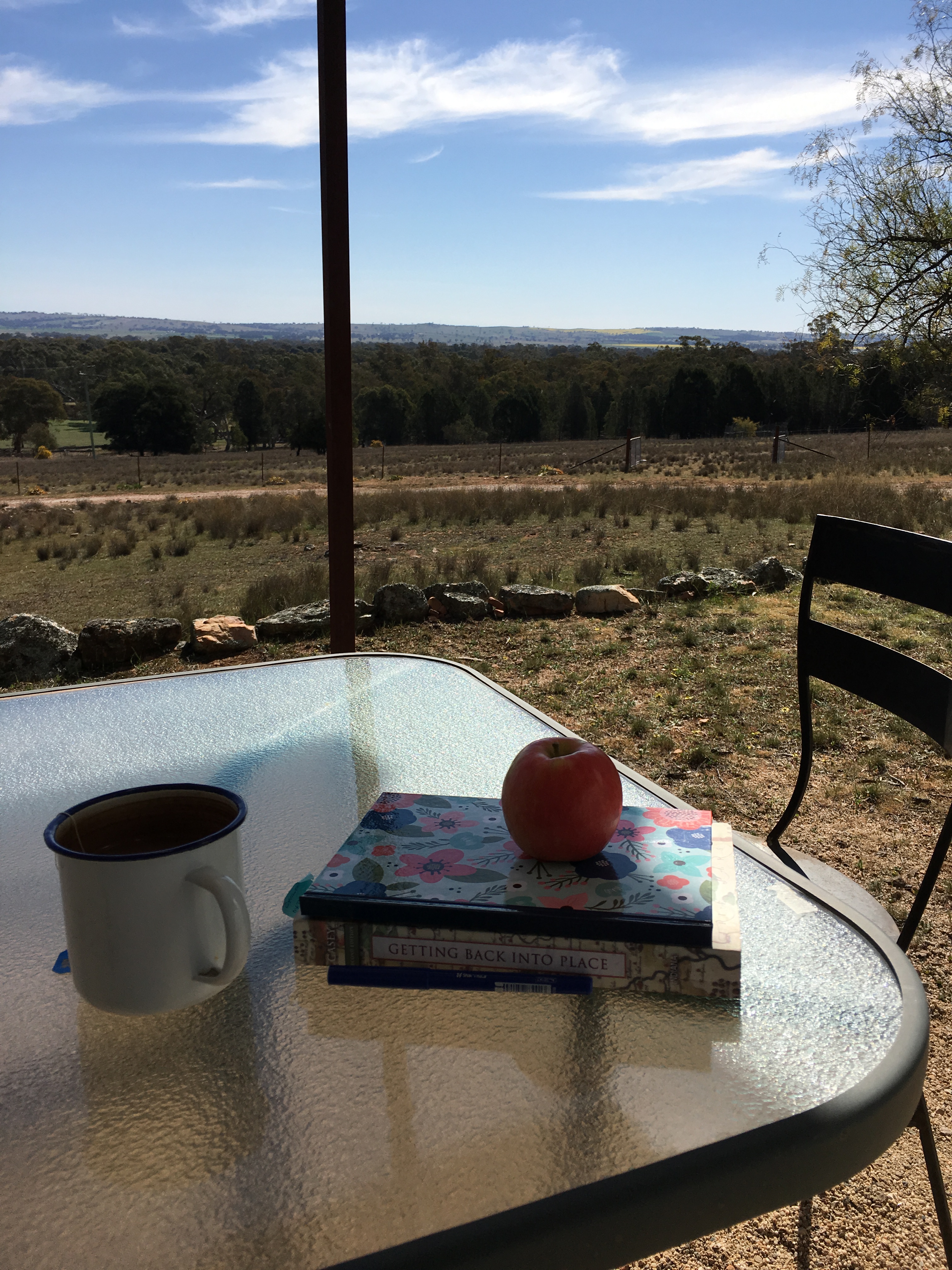
When I arrive, Barbara is watching an echidna washing in a bird bath. We walk over to the Silver Box, which is a writing retreat fantasy. A desk and a comfortable chair, a view out the window to the valley, overlooking a line of trees that denote the creek. Everything has its place–a couch for afternoon reading, a table with a vase and a sprig of gum leaves, a comfy double bed where you can leave the blinds up and watch the valley change every morning. The orderliness of the Silver Box teaches me how restful it is to have places for things and to return them there routinely. A table and chairs are out front, underneath the shade, and I eat my meals here except on the colder days.
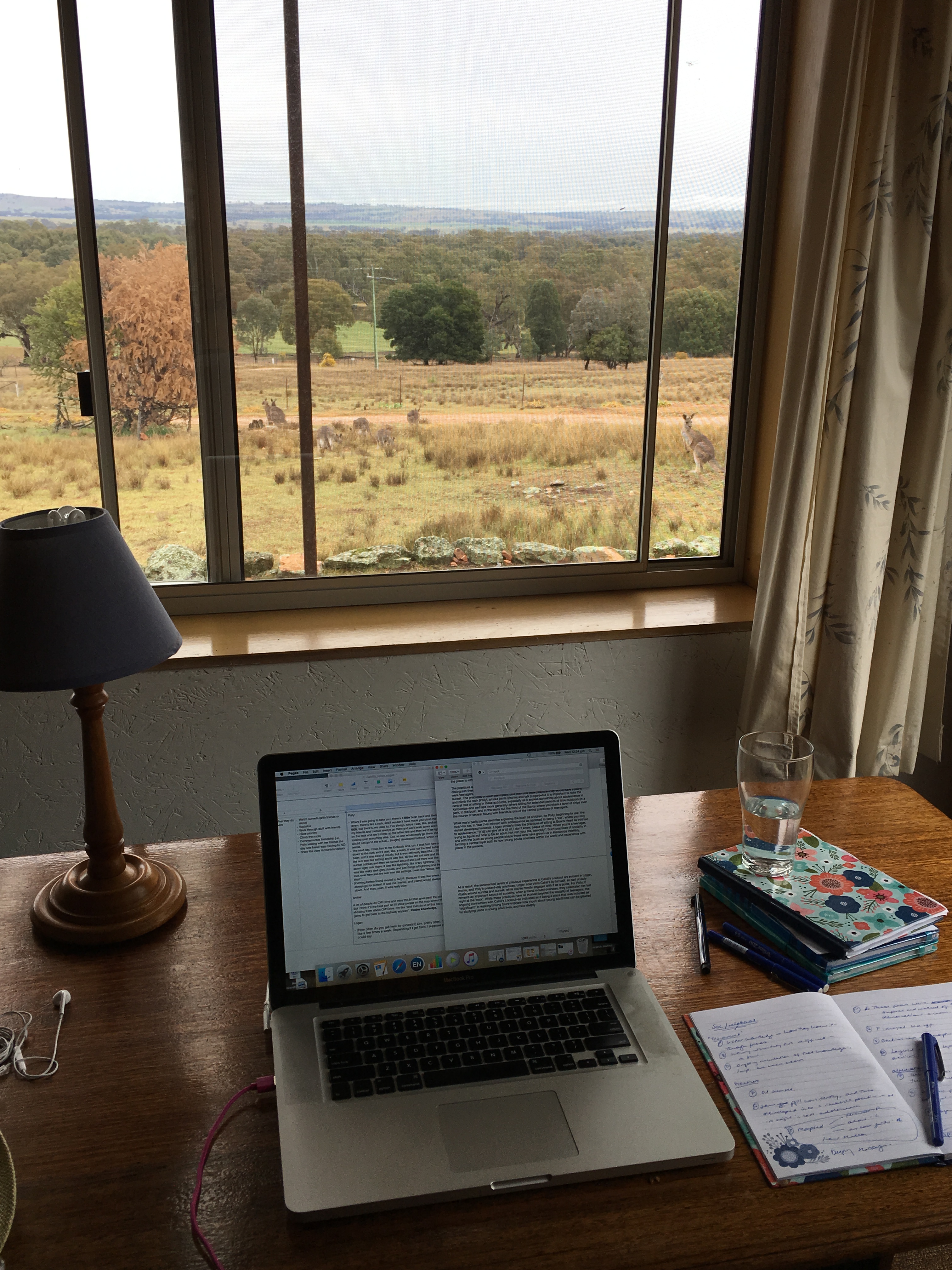
There is companionship at Blue Bucket. Not only Barbara, although here is a kindred spirit as Anne Shirley would say. Barbara shares her knowledge of this place as we walk along the lane or drive up to Koorawatha Falls and hike up to the top. Barbara shares her knowledge of the world I am trying to learn as well; the literature of place, the literature of Australia. It is Barbara who affirms the importance of trying to think about place without humans in it, and without a human purpose to it. It is a thought that hums along for me; I am infatuated with humans–even now I can’t write about my time at Blue Bucket outside of my own body–but the thought will continue to sprout. There are other companions–a Rufous Whistler who visits at a startlingly regular 11 am to beat his wings against the window and tap at the door with his beak. There are the superb fairy-wrens, Willie Wagtails, and the call of the boobook owls at night, as well as the regular thump of roos and wallabies moving in groups around the Silver Box. The wind blows hard on a couple of nights, and that is companionable too, as is the sound of rain on tin.

I don’t know any of the names of the plants, though the orchids that grow in the paddock at the front of the Silver Box are going to remain in my mind long after I return home. Tiny, almost ground-cover, they are a good sign. I resolve to learn more names to take more part in this loved landscape and this place of care.
At Blue Bucket, I write about places back home. As part of my research, Katoomba young adults took me to sites of significance for them, and I write of three of these places; Cahill’s Lookout, the streets of North Katoomba, and the places participants tried not to go. At the Silver Box, I play back the voices of people I spoke with and note the patterns, what is said and what is not said. I also write the introductory section about Katoomba, which I find easier to grasp from a safe distance. It is the greatest of gifts to be given a place and time to write, and one for which I cannot thank Barbara and BREW enough. It is perhaps only on re-entry that I fully realise how large a gift it is; my first day back in my regular life feels a bit like body-slammed in either the ocean or an MMA ring.
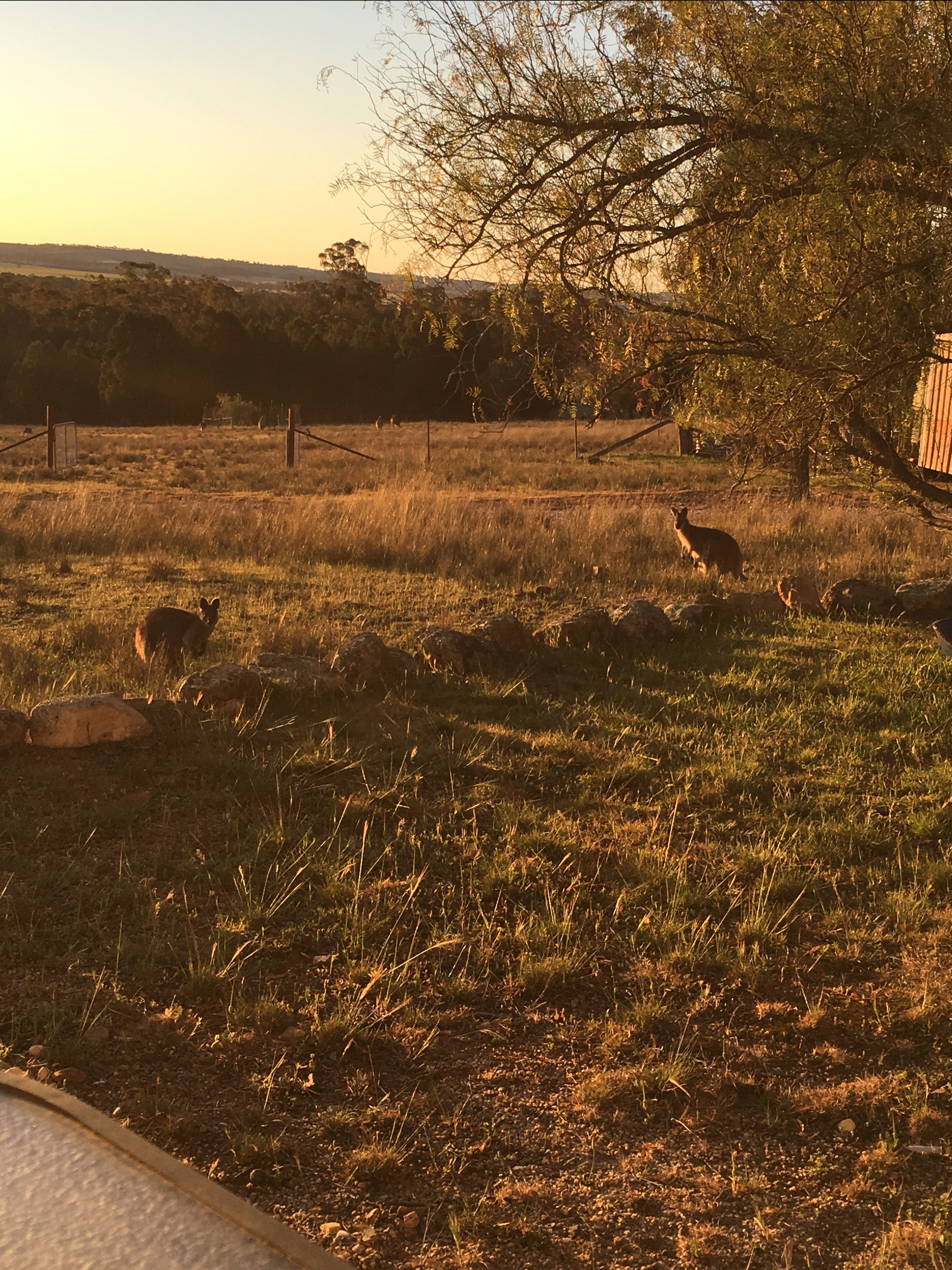
It is fitting that it is Barbara who introduced me to Henry Kendall, through her wonderful 2016 article ‘Conversing with the Undead in Australian Woodlands‘. Now, weeks later, I walk through Katoomba’s Civic Place (a grandly titled concrete gap between Katoomba Street and Coles) and read, for perhaps the first time, the sign there. Some fragments of Henry Kendall are on the sign, which I have walked past a vague million times before now.
‘And down the dim gorges I hear the creek falling…
here dripping rocks gleam and leafy pools glisten…
welcome as waters unkissed by summer’
Bellbirds (1869)
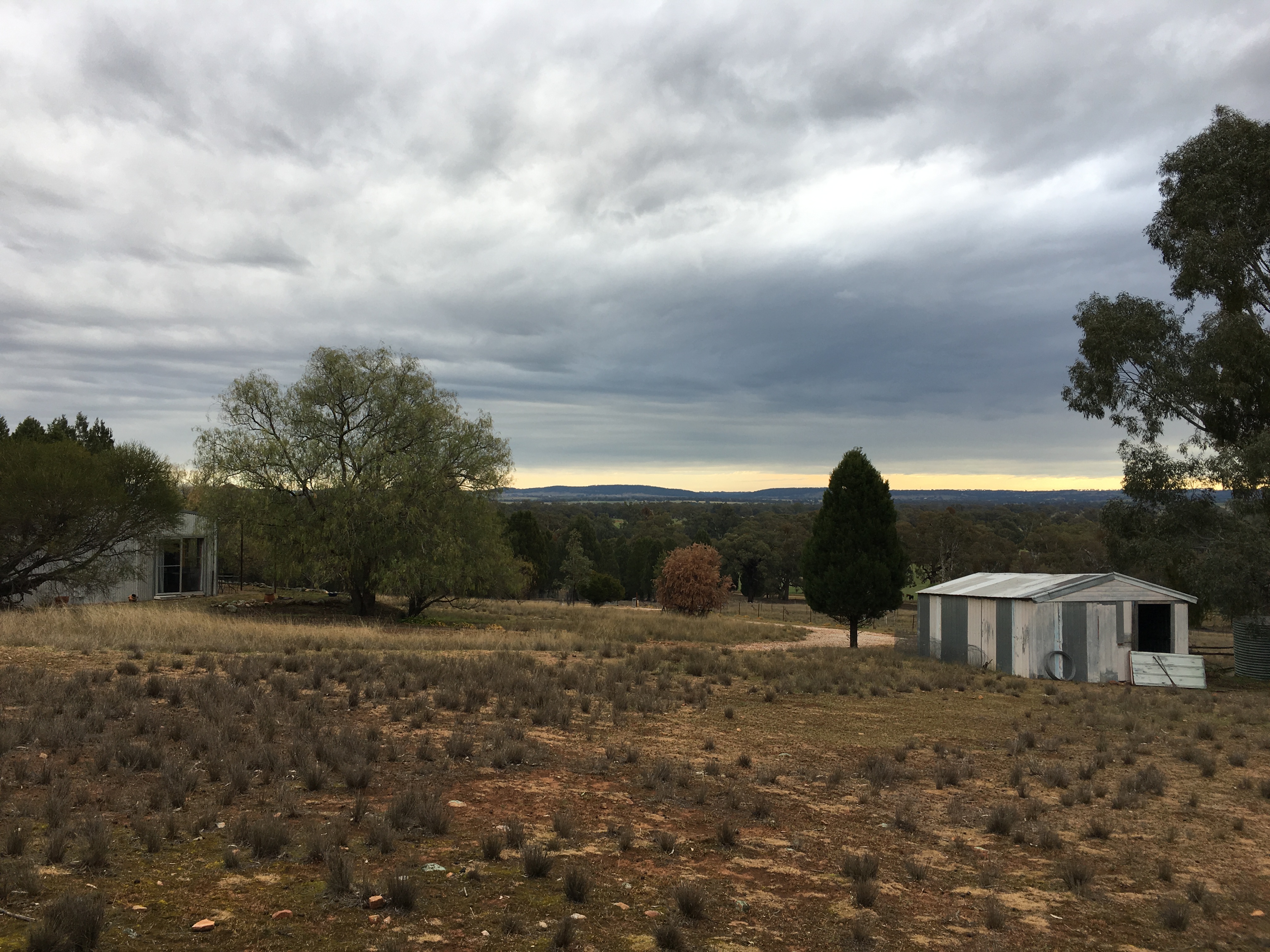
11 June 2018
Cry of the Curlew book launch
Allis Hamilton
Allis Hamilton’s book of enchanting poems, penned at Pinchgut Creek, was launched yesterday at Dirnaseer Hall. After a sumptuous afternoon tea (thanks Gail and Rebecca!) we walked through the paddocks and along the Creek. pausing to hear Allis recite her exquisitely crafted words. A celebratory dinner then unfolded in the shearers’ quarters. Copies of Cry of the Curlew are available here. Thanks Merrill Findlay, Indi Taylor and Allis for the photos!
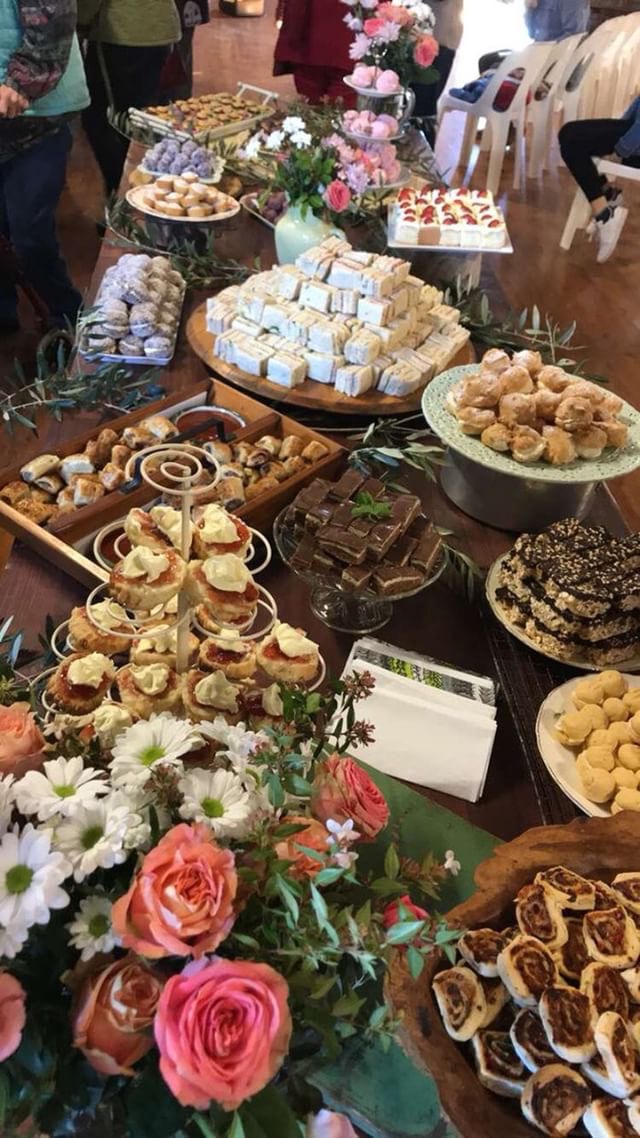
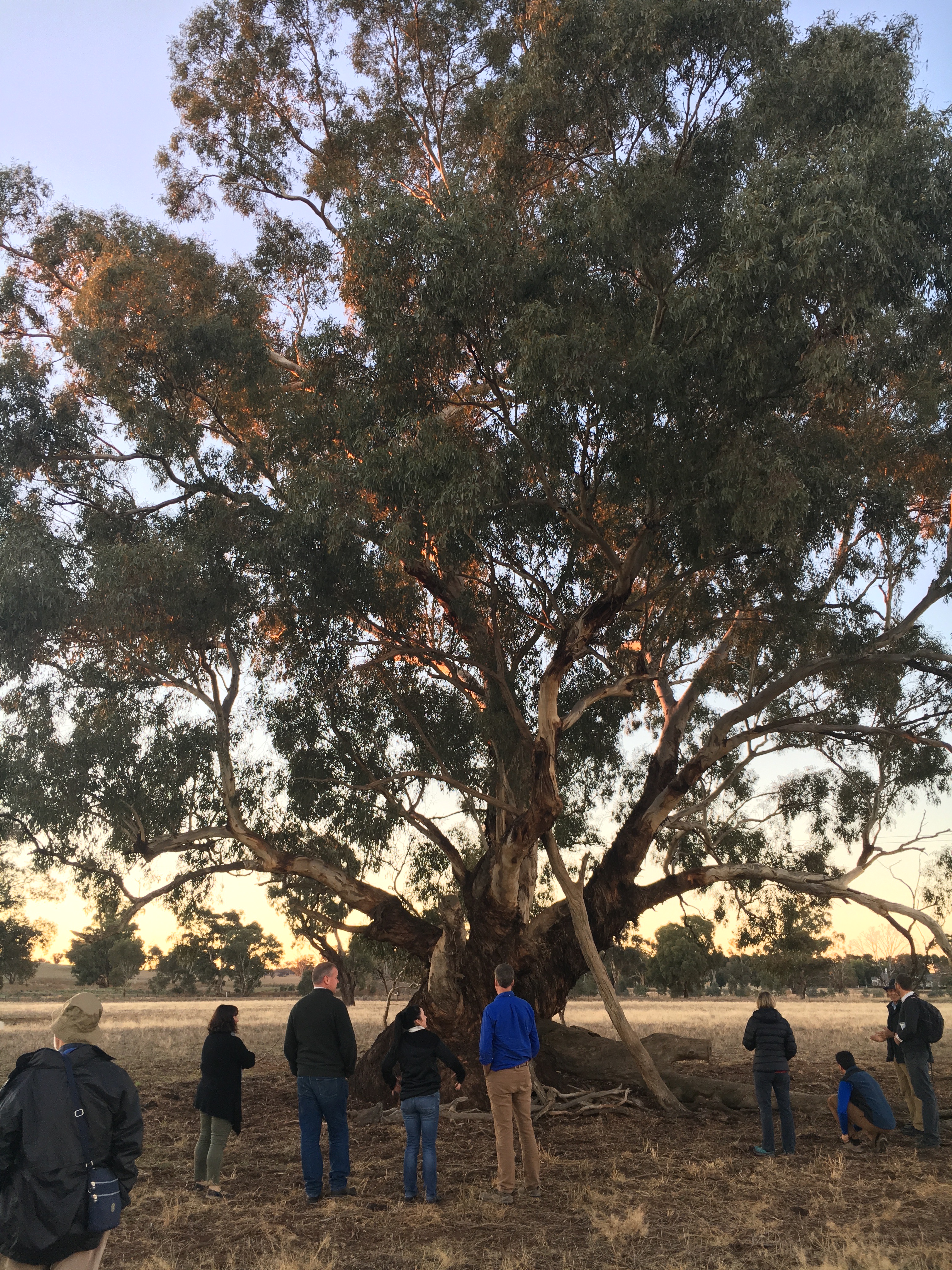
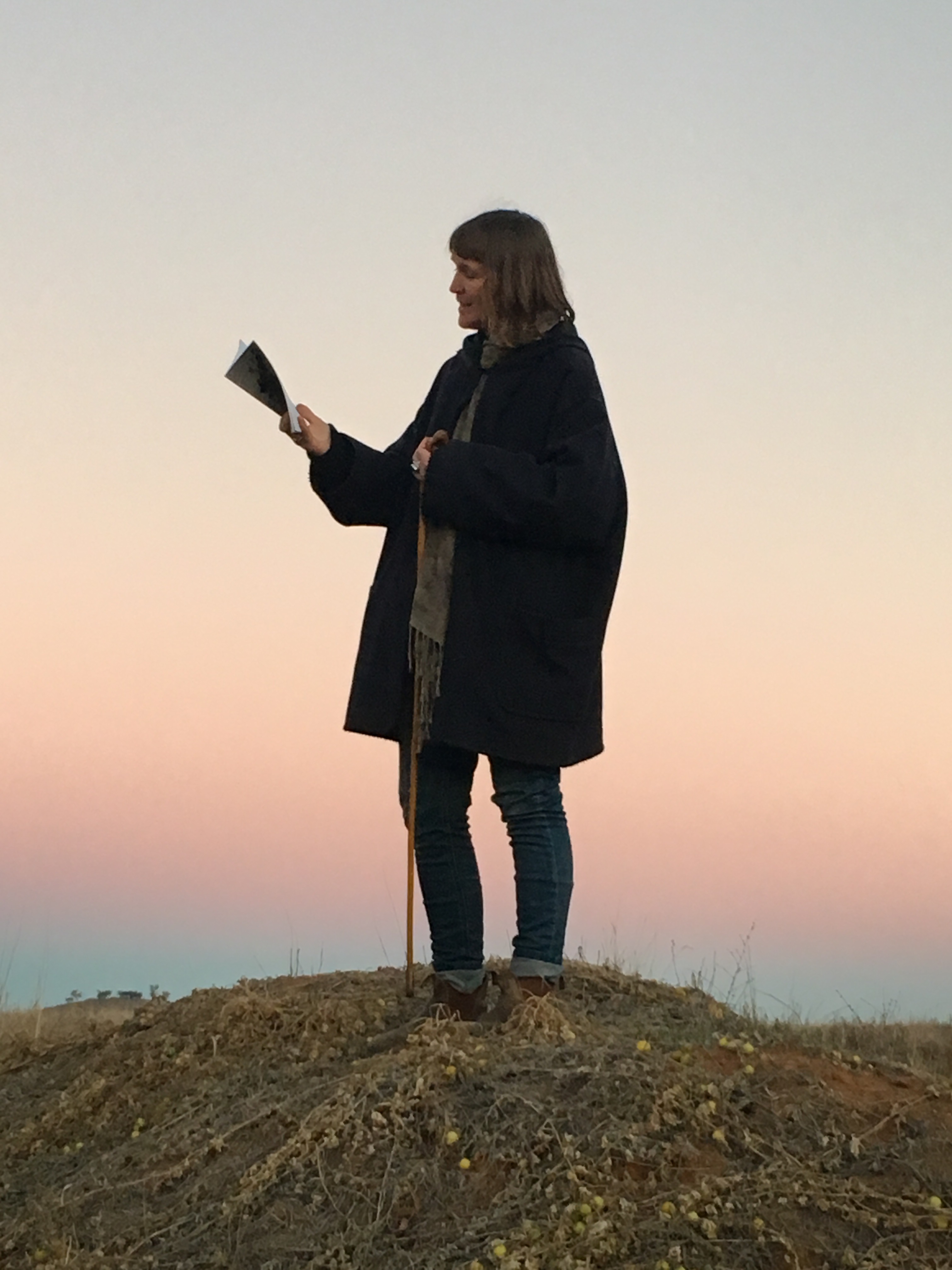
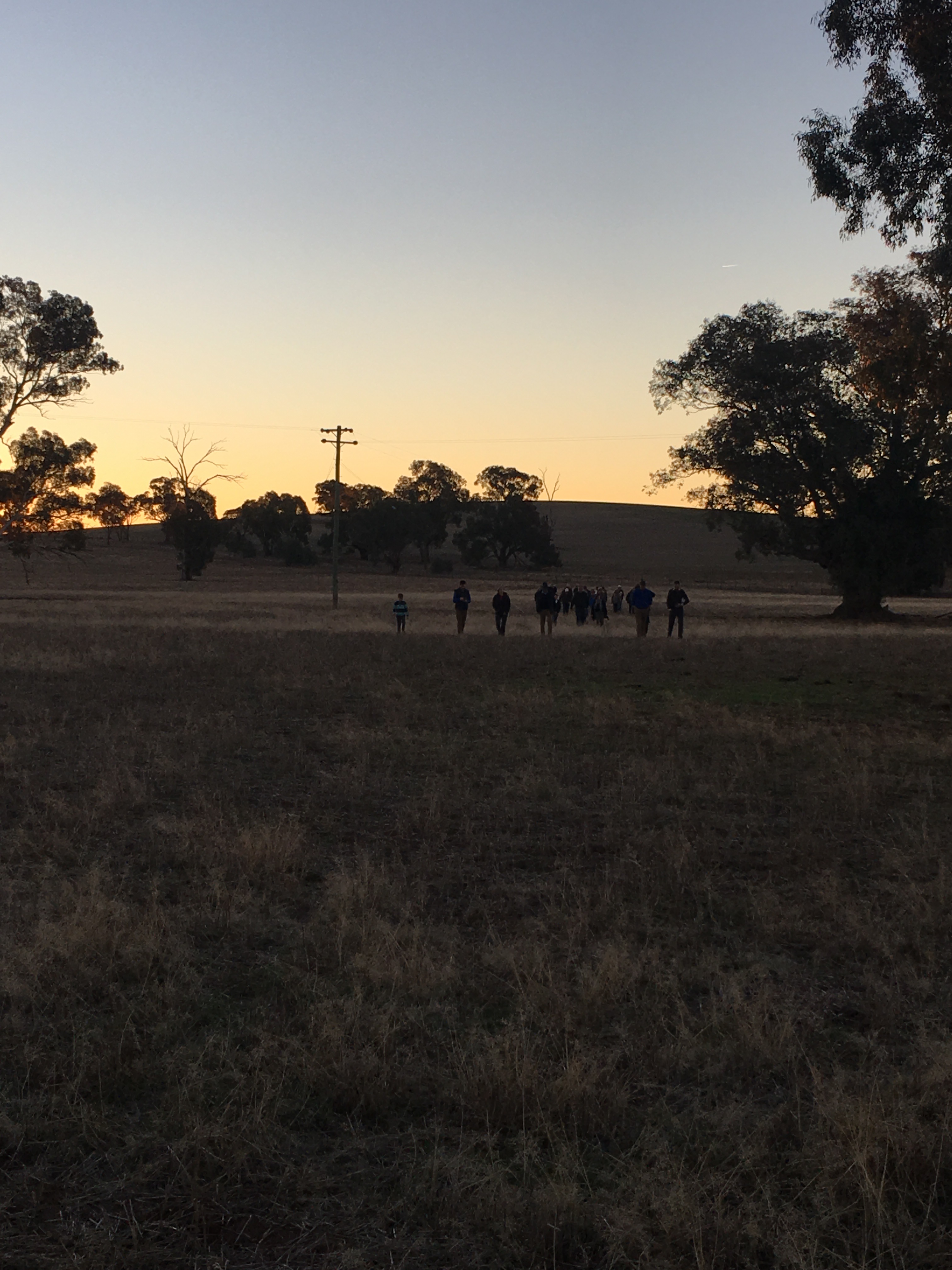
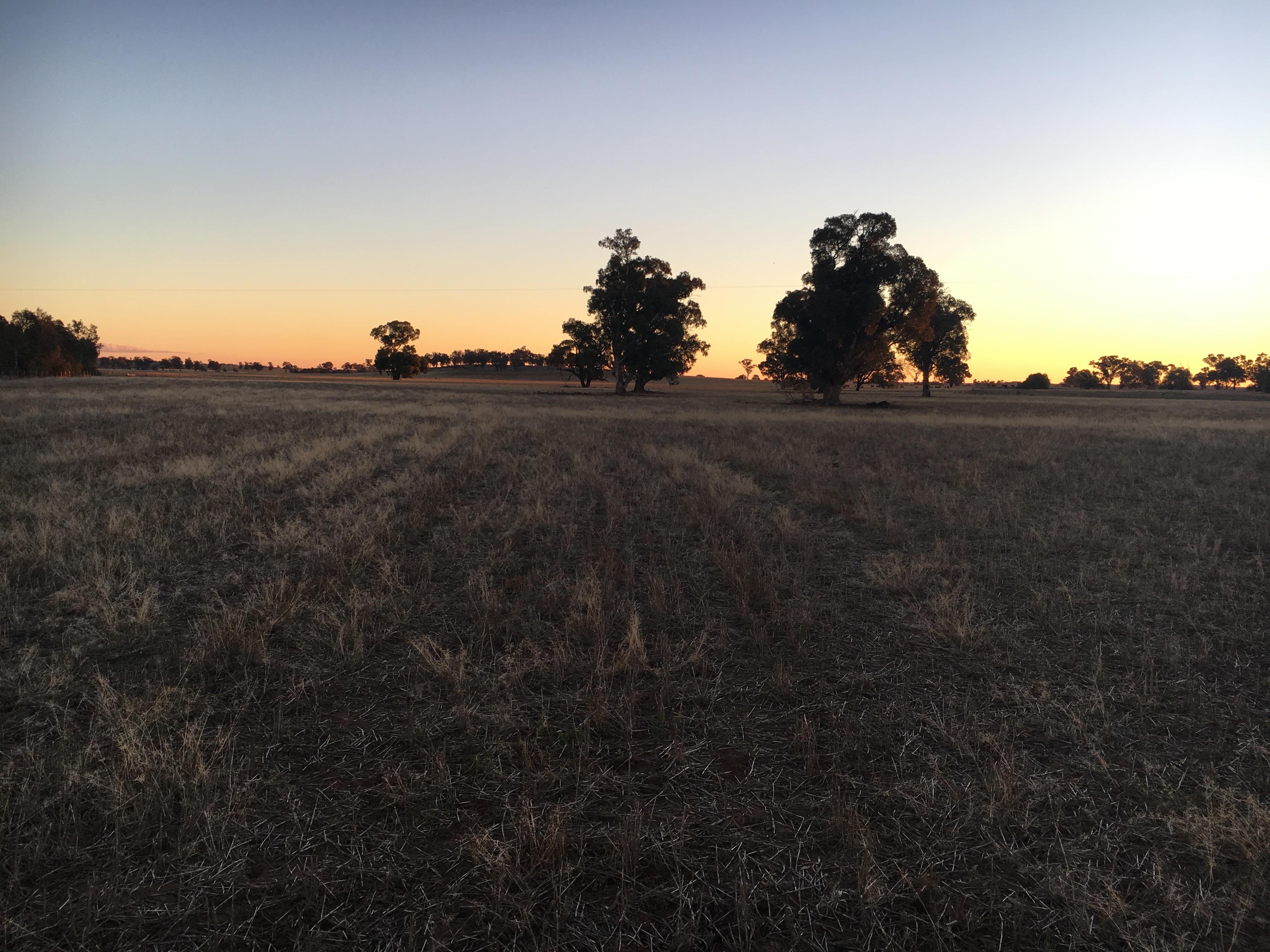
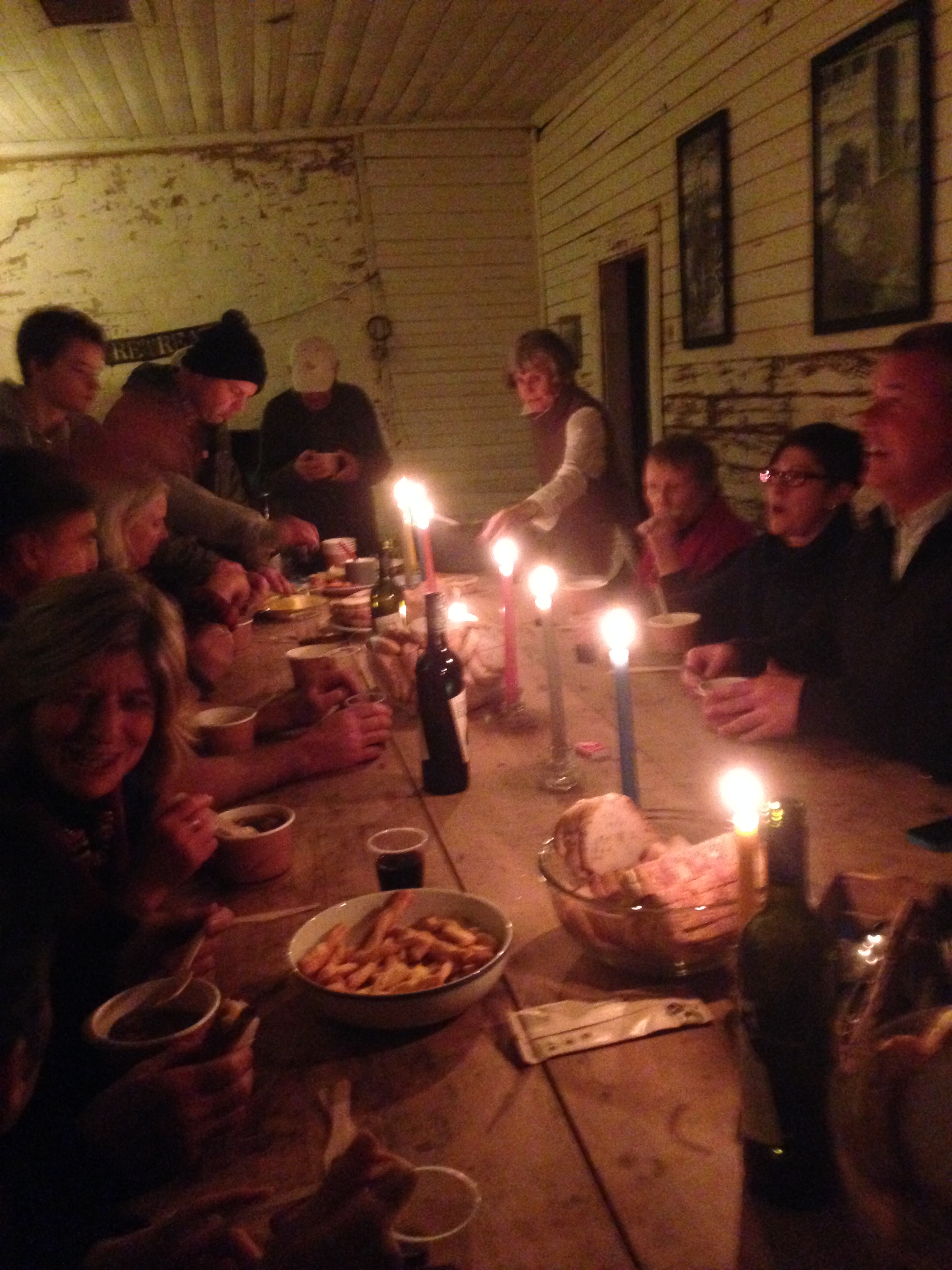

7 April 2018
Incrementals
by Jilda Andrews, Interdisciplinary Cross-Cultural Research Program, Research School of Humanities & the Arts, Australian National University

My time at Pinchgut Creek with the BREW network has been fantastic. At the final stages of my PhD thesis, the time and space, it was hoped, would help me get my draft to the next stage. The thesis entitled Encounters with cultural material in museum collections: An Indigenous perspective is a critical reflection and examination of cultural collections in museums, and what it means, as an Indigenous person, to access and make meaning from these. I draw from the article ‘Encounters with Stones’, a piece written about Pinchgut Creek by BREW’s Main man, George. In it, he writes of what it means to encounter Aboriginal stone tools on his family’s property ‘Retreat’. He considers how history is embedded within the present, and in our presence. He thinks on the ways he is implicated within these histories and futures. My thesis considers similar encounters, but with objects ‘off country’ — objects from my Yuwaalaraay country held in museum collections, and how those histories are embedded within our present, as well as representative of our dislocations from country. Two sides of the same story, both discussions about connectivity, and within the presence and absence of country and people.
All places, no matter how cleared, damaged, changed, hold stories like these. The Main family’s effort to regenerate the connections on their property, some might say, have brought some of these stories to the surface. This also happens with native grass seeds, I’m told, when the soil is healthy, and the biodiversity in the soil is working and functioning as it should, these seeds arise and can germinate again. Within connectivity there is regeneration.
Early on during my stay I helped with some plantings: yellow box, black locust and kurrajong. I also help plant some European oaks. We live in a changed land. Oaks and black locust, although not native, will do important ecological work and provide shade to stock, and help transfer carbon back into the soil. They’re also long-growing, and can grow to be huge. We also planted bunya pines — also not native to this area, but the same: are slow growing, grow to be substantial and will cool down the earth and provide sanctuary (and delicious bunya nuts) one day. Regeneration is not just about returning a place back it to its ‘native state’ after intense change. While many of us enjoy beef, lamb, pork and chicken (etc.), finding ways to value the lives of those creatures (as well as nourish our own) is as important as regenerating country back to the way we might think of it as its original, native state. What is a native state anyway? We know land has been managed symbiotically to provide for people for thousands of years, and has changed as a result of this, adapted and responded. We also know the climate is changing in unprecedented ways. Regeneration now is also about putting measures of resilience in place to ensure country can keep sustaining us and our ways in times of uncertainty.
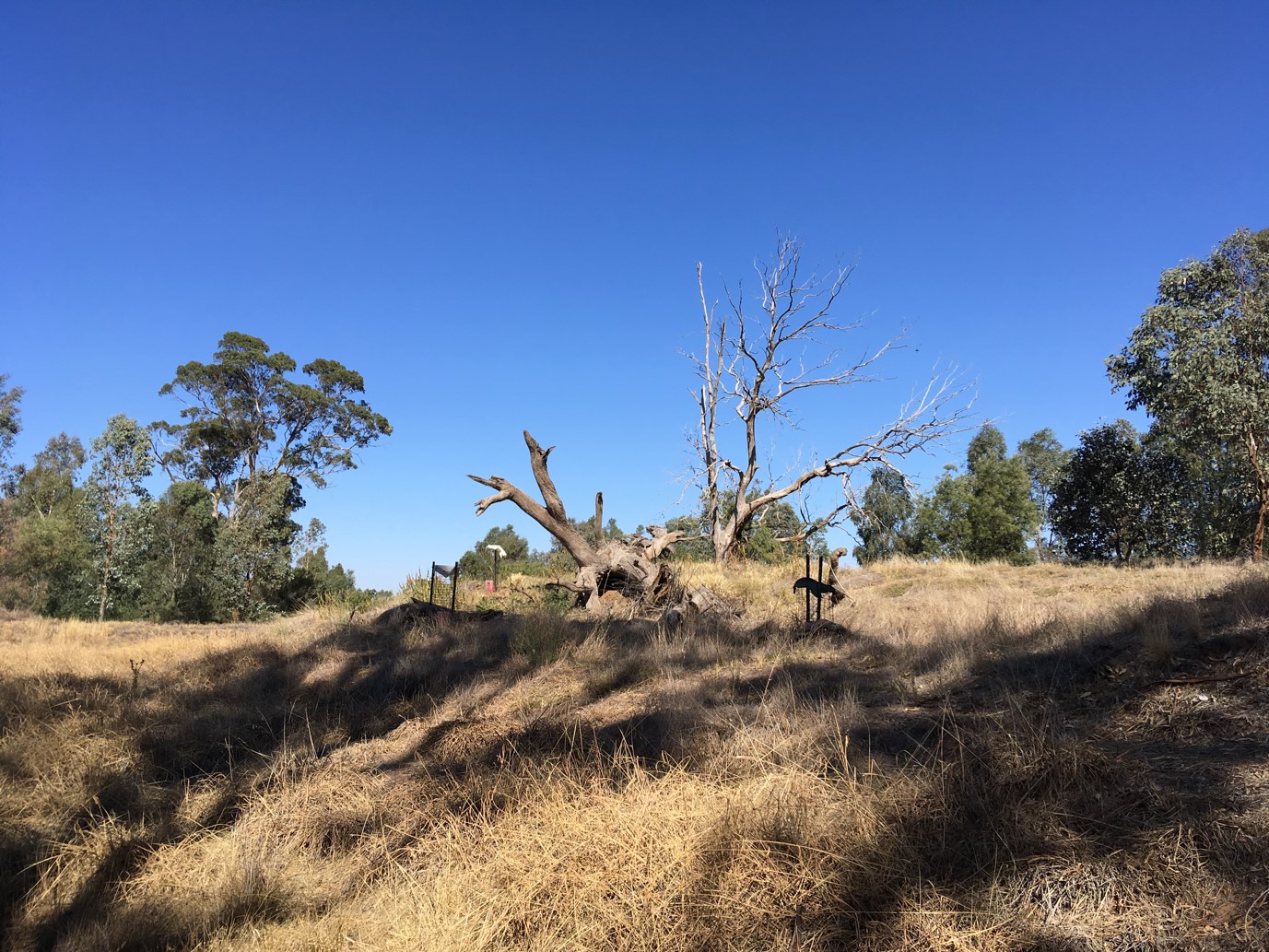
Thinking about these little plants, their future, giving them the best chance of survival drew my attention to a tree guard in a paddock which seemed to have nothing in it. The tree planted there some time ago must have just not survived. There was another one not far from it – probably planted at the same time. I could see brown crispy twigs still standing on this baby yellow box tree. Standing still, leaves not fluttering in the breeze, birds not interested. After such an effort planting trees here, I thought I couldn’t leave it, so I gave it a sip of water. The next day, I went back and realised that it had a tiny speck of green on a leaf I must have missed. Gave it another sip. Next day went back again, discovered a tiny shoot, urgently feeding again with a good gulp. I have been back to that tree every day and seen it respond, and every day it gifts me another bit of green. Yesterday Chris and I laid down some mulch which had developed some funky fungi (this is a good thing, they’re making connections on a microbial level) which will be good nutrients for this tree when it gets a bit of health back and finds its feet.
Regenenation seems like a slow, long, almost life long, analogous process. Noticing regeneration through these little increments though, is incredible. I feel like I’ve been let into a secret conversation, I’ve found a (much slower) pace which has me conversing with country. In many ways, not only has this helped me recognise all the incrementals held within this thesis before I send it out to the world, but it’s changed the way I think about all these incremental responses bound together to tell our collective stories. For within these stories are moments which have caught the attention of someone or something, moments where connections have been made, moments of response, moments where there is more than one voice talking, culminating in a story of a strong, resilient and adaptive country that is lending us lessons on how to be the same.

31 October 2017
Beautiful Burrabungle joins the BREW network
Burrabungle is a 140 hectare property on the shoulder of Mt Korong, a striking mountain of granite in semi-arid north-central Victoria. For more information on this significant and peaceful retreat for writers and artists see https://thebrewnetwork.org/burrabungle/
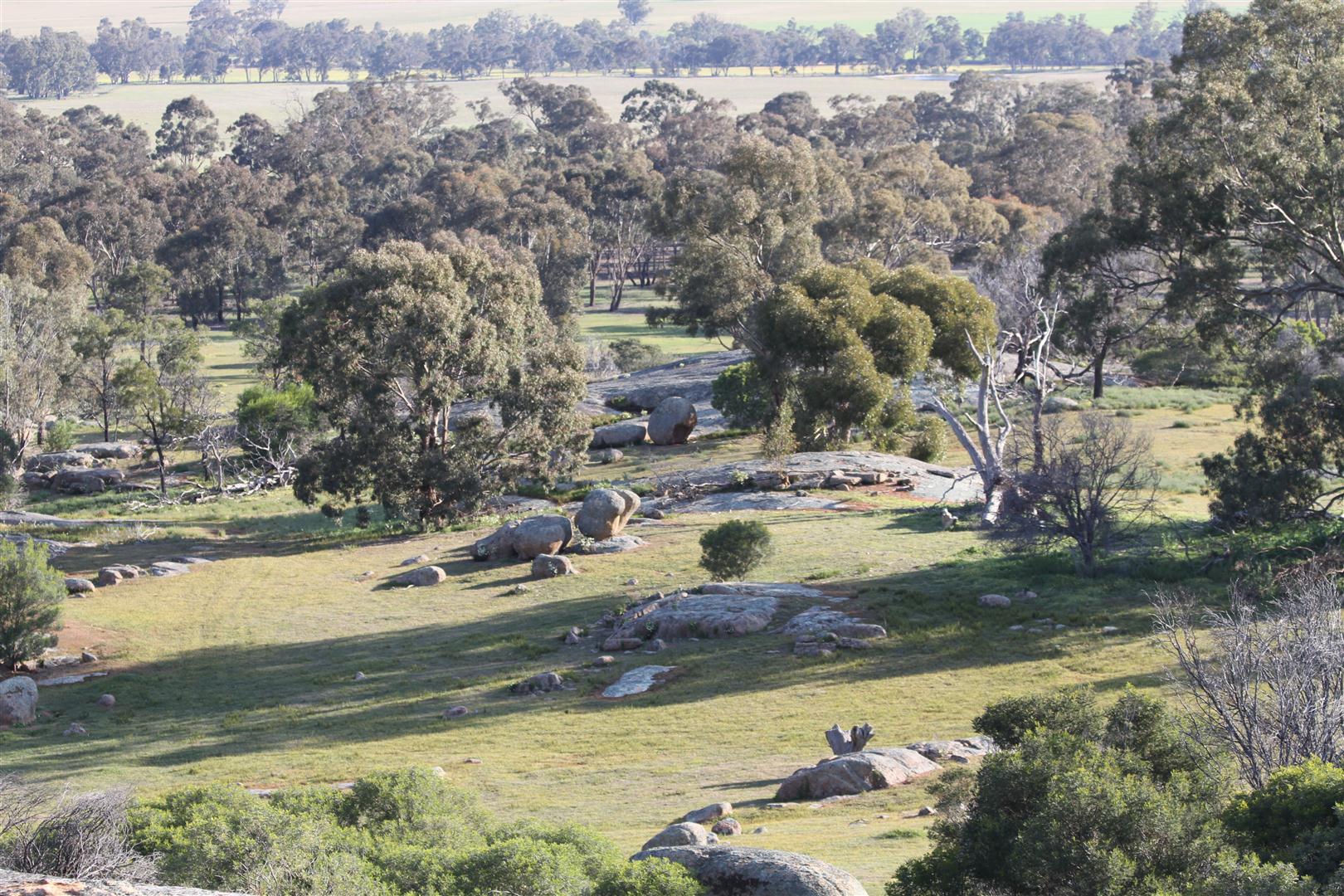
29 October 2017
Layers of Pinchgut Creek
by Allis Hamilton, www.thestorytellingtent.com
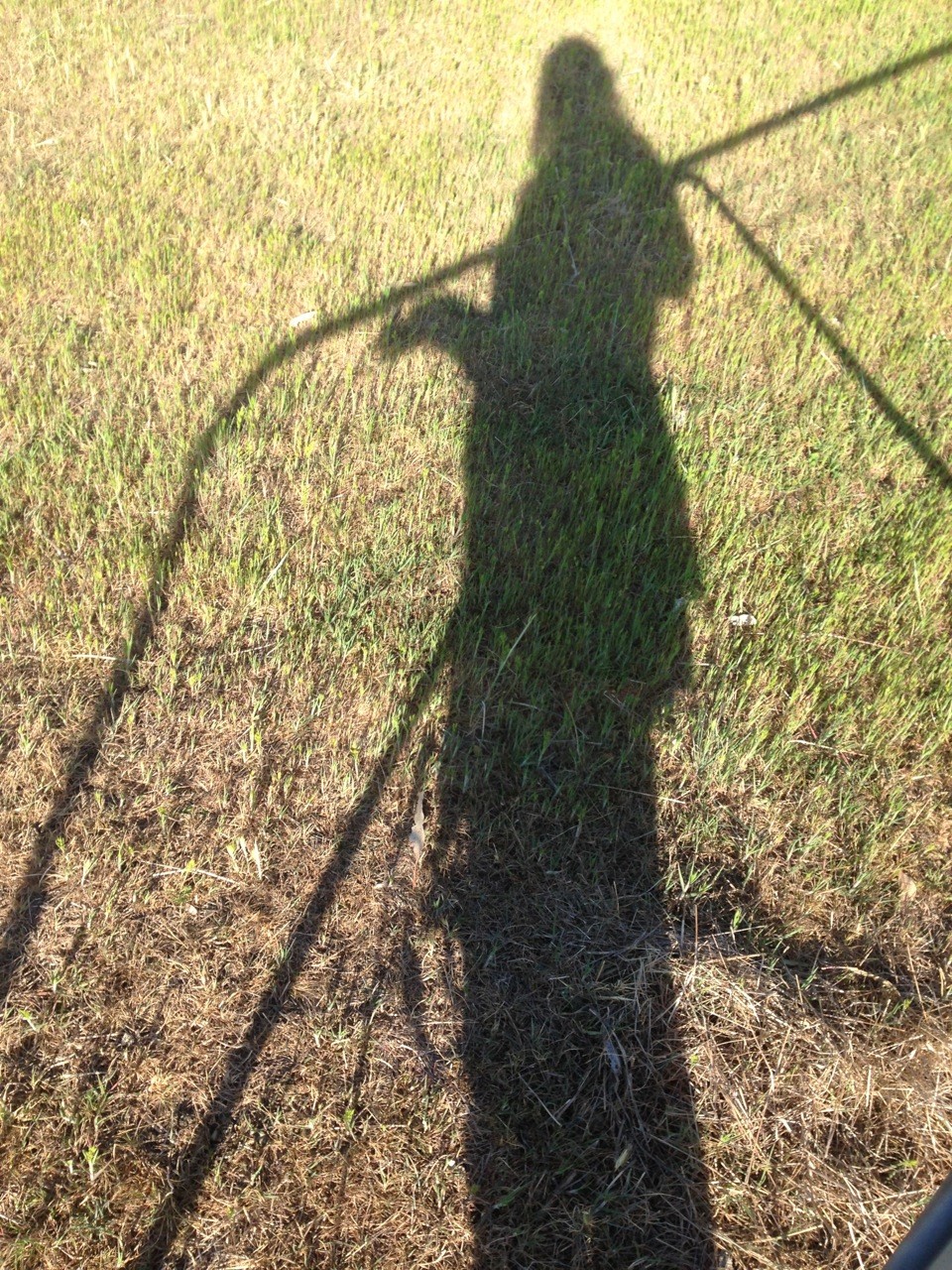
I came to know about Retreat, the farm along Pinchgut Creek, on Wiradjuri Country, through the writer, historian, and curator at the National Museum of Australia, George Main. I first arrived at Pinchgut Creek one rainy autumn night. The air was rich with the smell of Eucalyptus, and flapping about everywhere were enormous moths, Trictena atripalpis, that wriggle up from the soil during autumn rains. I stayed for ten days and then returned for ten more, this spring, on a night when the wind whirled across the land like a pounding ocean. I spent my time at Pinchgut Creek observing the landscape and its plants, its creatures. I turned that time into poetry, photographs, drawings, new understandings.
***
I walk with George, and seven ten-year-old girls, into the fenced creek yard. As soon as we pass through the gate and into the re-vegetated area, the foliage changes. As Hunderwasser says ‘there are no straight lines in nature’. We weave around trees, turn this way and that to find a path; step over logs, around large tufts of grass – some so long they have fallen over and are slowly turning back into soil. We walk by the murnong patch that George has planted, see little evidence of any growth, yet – tricky things to propagate, I hear.
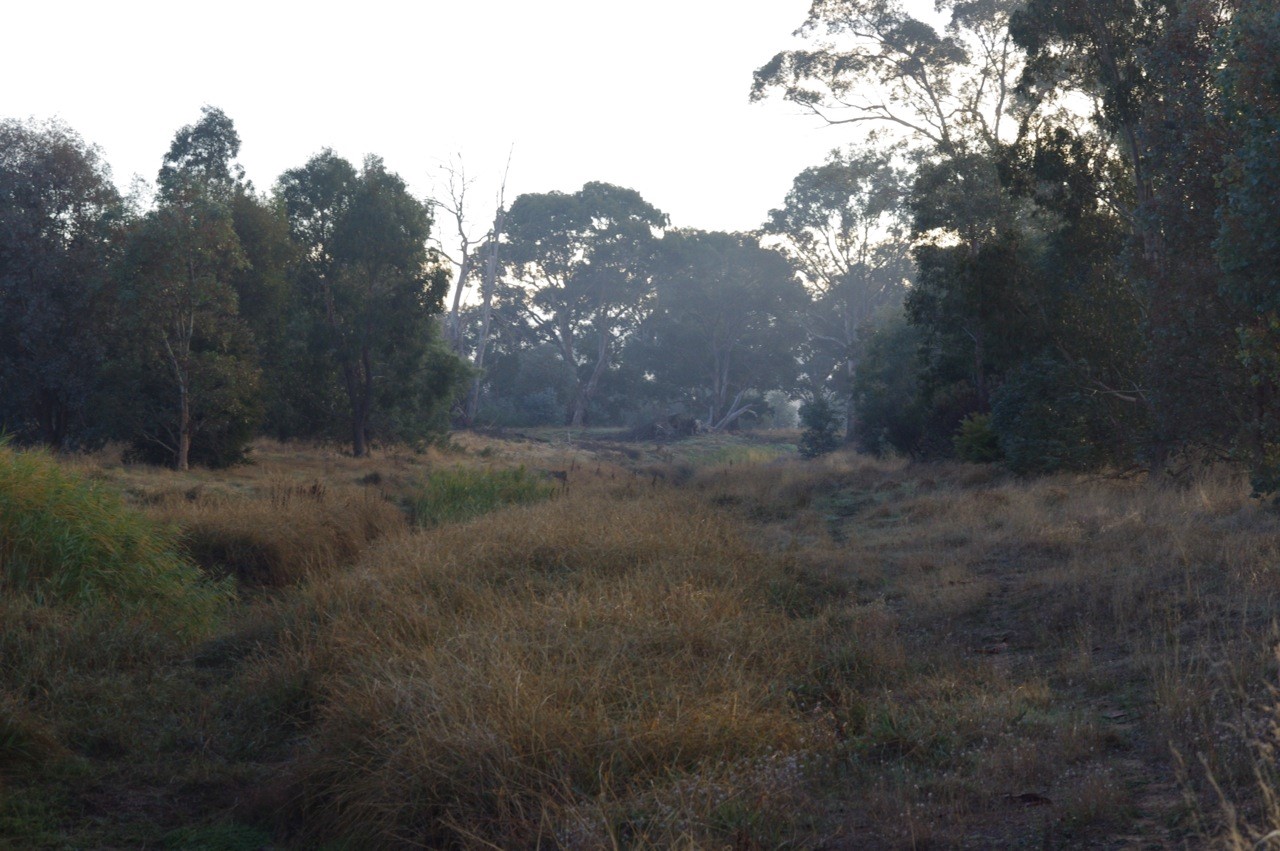
The creek has some large patches of erosion from last year’s heavy rains. In these places you can observe where water has washed soil from the base of trees that line the tall corner of the bank. Their long bony roots protrude to look like structures of an old bridge. It is evident to see one of the benefits the big old trees have to this creek bed, they hold the bank in place as best they can, whilst creating a skyscraper of homes for a multitude of creatures.
We meander up the creek through another gate and make our way across the dirt-clumped paddock to a huge yellow box tree. Its girth would be metres wide – hundreds of years old, or more. The girls scramble up the tree and I am sure it must love the attention and massage the small hands and feet clambering over its ancient bones give.
***
Beside the creek, I lean into a gnarled yellow box. Around me, a conglomeration of birds. In gratitude, I sing to them. My breath slows to that of this tree at my back.
I feel it brace me as only a tree can. The orchestra of birds natter about all they know, each in their own unique voice. High the swallows whirlpool above me, they appear to feel such joy at gliding and darting like, well, like swallows. I swallow gulps of air; giddy at the beauty, while close to the ground the wagtails, so many wagtails, dash and spin, dash and spin. Later, high in the air current a family of three wedge-tail eagles soar.
***
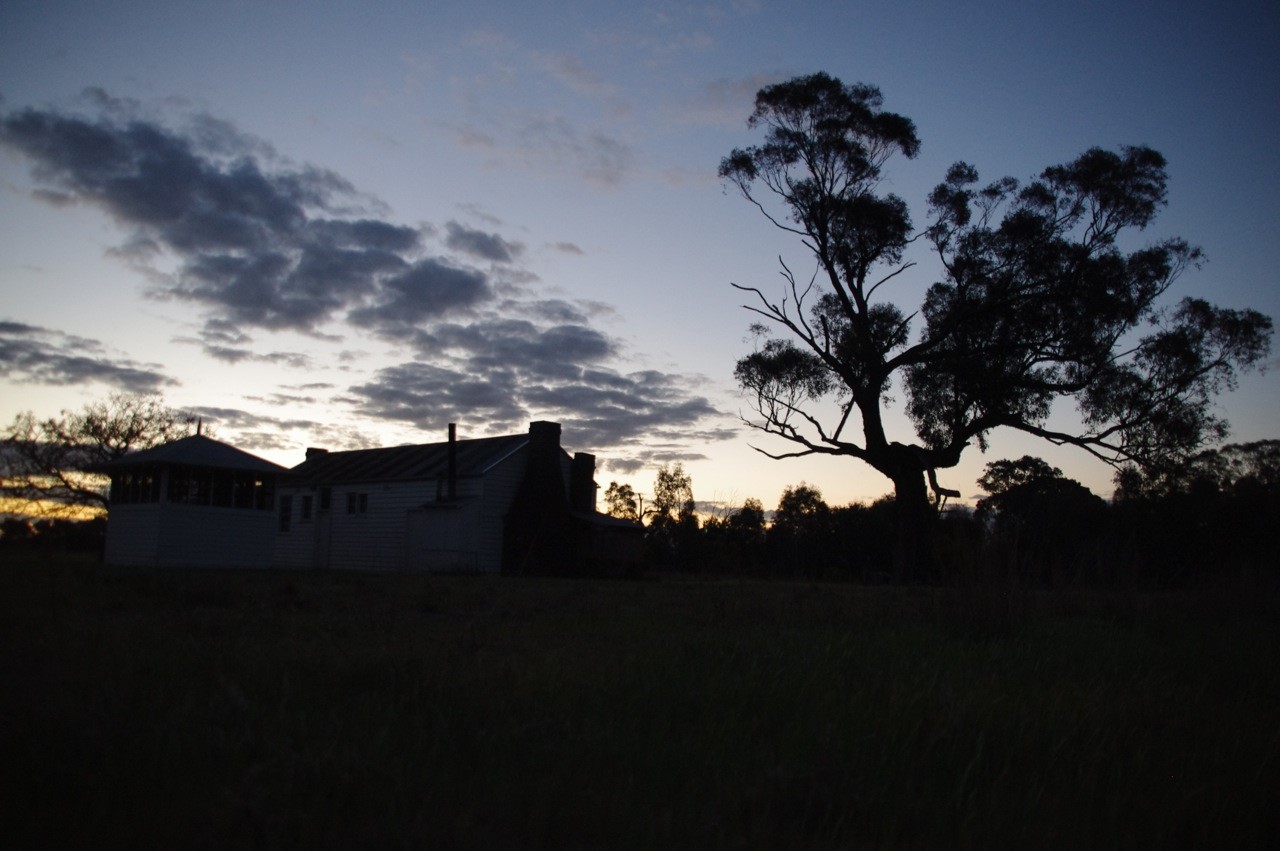
A week tonight since I arrived, and today was the biggest for me so far. Walked along the creek. Found a dead sheep, snuck up on a fox. I cried and grieved at the silencing of so many things this land has to say.
Though this farm, and its people are turning up the volume. Allowing the place to have its say, inviting the people to engage with its spaces and places. This place is not only restoring itself, it is re-storying itself, and I feel so deeply honoured to be a part of its story.

Pinchgut Creek is a beautiful place to write from. It is quiet, still and full of songs coming from the mouth of birds – the butcherbird at dawn, the boobook owl calling among the countless stars.
The Main family are inspiring and encouraging people, they are working to create a place of conversation, of education, of cooperation. I am grateful for their generosity and enthusiasm.
***
Out over those hills,
if my feet walked me there,
is the place of my birth.
The dirt tracks, the grasses,
the rocky hills that raised me;
this wind, its mesmerising
undulations lulled me into being.
This still earth holds me, sings
my song, or I it. This immense bowl
of sky, the soup my head bobs in.
I stood on another hill, near here,
years ago and the country spoke:
‘Come back’, it said, ‘and be with me
now you are grown and can really listen’.
And now, once more, I am here.
Alone, listening, quiet and present,
to her lulling song. This is what
she meant. To sit immersed in her,
my whole body becoming her,
still, lulling, listening. Today her song
is of the pressing wind, of rain.
21 October 2017
Rahahim Ecology Centre joins BREW
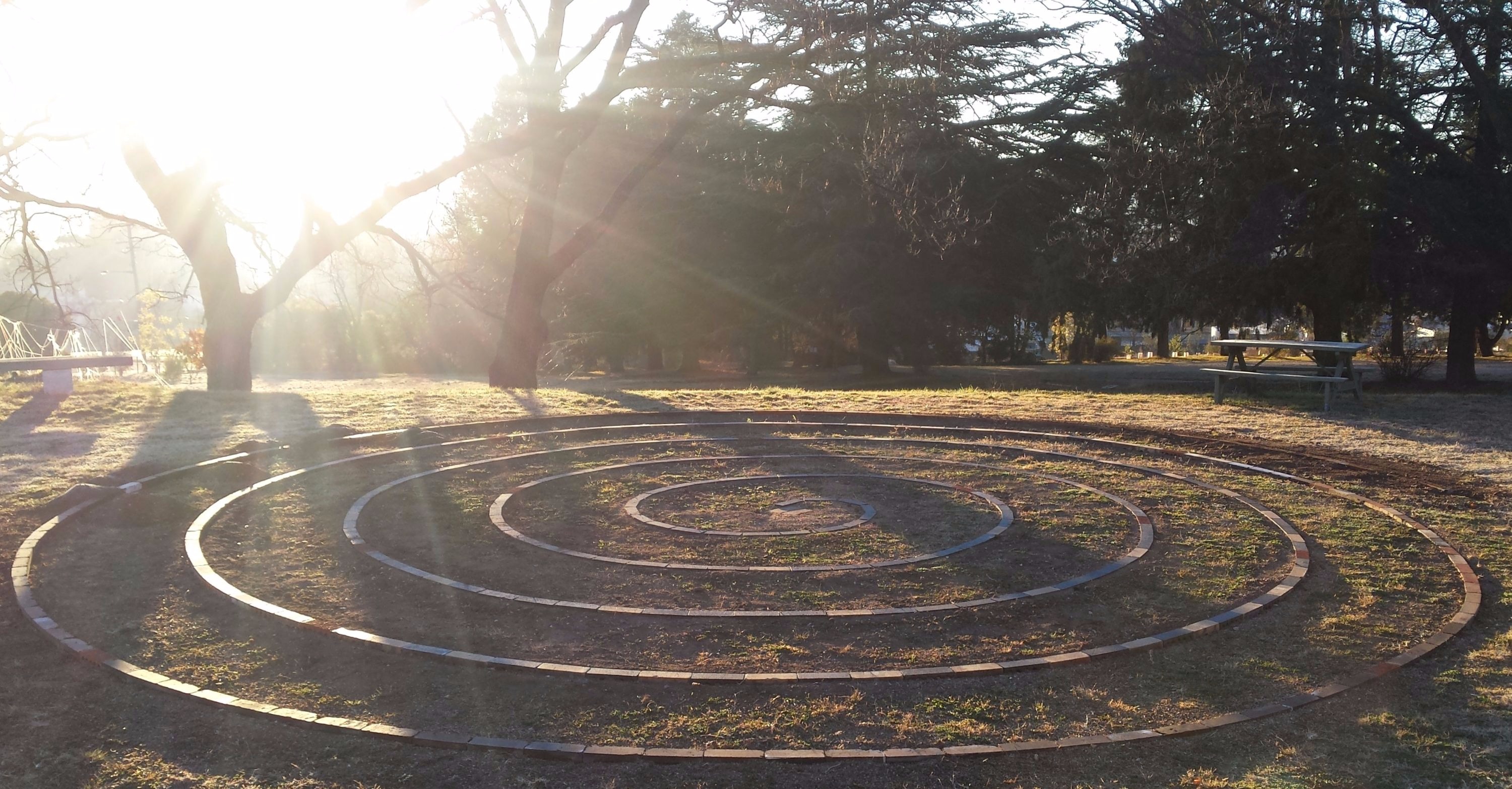
BREW is delighted to announce that Rahamim Ecology Centre in Bathurst, on the central west slopes of New South Wales, is joining the network. We’re looking forward to working with this vibrant and innovative institution to nurture writers and artists and foster the growth of ecological culture.
18 October 2017
Perched on the Edge of the Wollumbin caldera
by Vanessa Bible, Honorary Associate, School of Humanities, University of New England
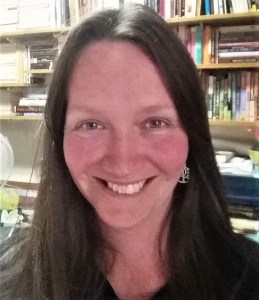
In mid-August I was grateful to receive an invitation from the BREW network to take up a ten-day writing retreat at beautiful Tamborine Mountain. The purpose of the retreat was to finalise my manuscript for a forthcoming book with Palgrave, titled Terania Creek and the Birth of Modern Environmental Activism.
Departing from Armidale, my journey took me through the region in which my research is focused. I drove the familiar roads through the places I love so much, chatting with the majestic mountains of Wollumbin and Blue Knob like old friends, feeling the warmth and vibrancy of Nimbin village as I passed through. I always feel so at peace in the Rainbow Region.
I arrived at the retreat in the late afternoon and was greeted by Sandra, who warmly welcomed me into her beautiful home. Basic, but great for writing – no television, quiet and peaceful, and wonderful green gardens in every direction. Chatting with Sandra, I learn that her research interests are very similar to my own. A booklet left on the table details the campaign to protect Knoll Road, and Sandra tells me about the ‘women of the mountain’ whose early pioneering efforts led to the protection of the rainforest.
There couldn’t be a more perfect setting for me to finish my own book on the campaign to save Terania Creek, the first successful anti-logging blockade to occur in Australian – and possibly world – history. Adding to the wonderful feeling of synchronicity I realise that I’m perched on top of the northernmost edge of the Wollumbin caldera, my old friend, whose fertile cauldron houses Terania Creek and the communities I love so dearly. I reflect on one of my favourite poets, Judith Wright. She also provides a connection Armidale, environmental activism, her involvement in the Terania Creek campaign, and Mount Tamborine. I feel a sense of resonance and purpose.
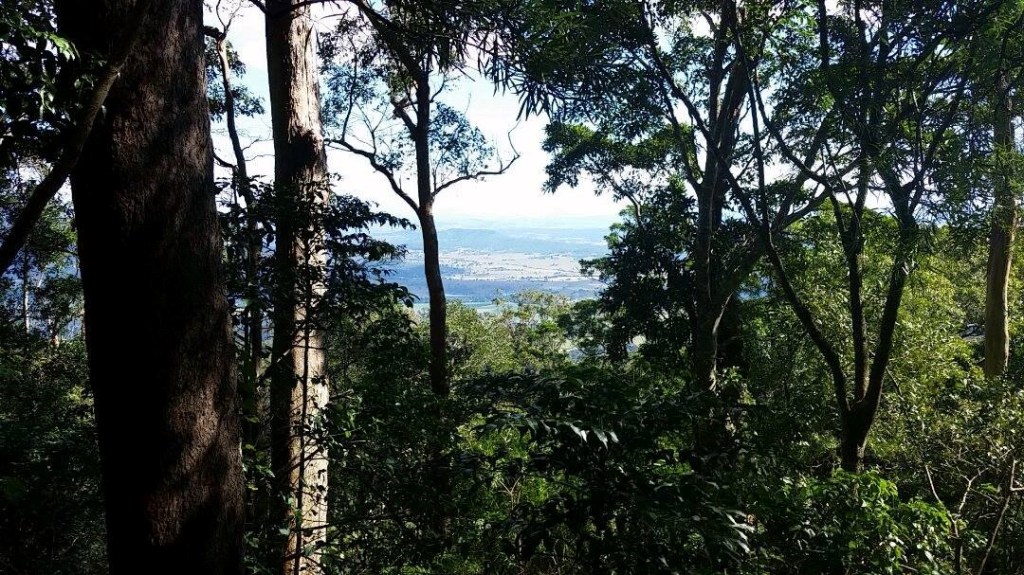
I establish a daily routine – 6 am rise, yoga, breakfast, writing, a walk down to the lovely and humble Main Street of Tamborine Village for excellent coffee, more writing, lunch, a walk on one of the eight dedicated rainforest tracks of the Mountain (one per day), and then more writing into the afternoon and evening. It works well and keeps me focused, and my daily rainforest encounters keep me energised and connected to my purpose.
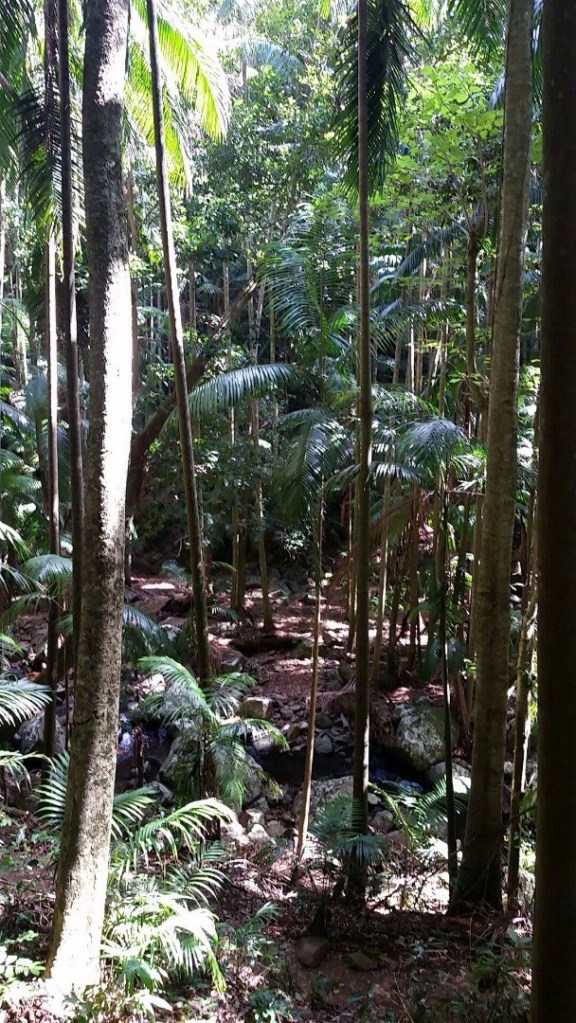
On one of my walks at Witches Falls I see a female lyrebird. I feel so honoured that she chose to let me meet her; Sandra tells me she hasn’t seen a lyrebird in her sixteen years of living here. My favourite walk, however, is the one just up the road from Sandra’s. The Knoll is surely one of the most beautiful rainforests I’ve ever experienced. Such majesty and power, I feel a strong rush of biophilia – I love the Earth, I talk to the forest, I express my love, I hug trees (scientific research says this is excellent for one’s wellbeing!) This rainforest will endure beyond the human chaos outside it and everything will be alright. I could stay here forever.
After ten days I’ve made significant progress. In wonderful synchronicity, the rainforest has given me purpose and determination to tell the story of arguably the most significant rainforest campaign in Australian history. The manuscript is submitted now and has cleared its review, and will likely be published by end of year. I wish to share the final lines here:
‘Countercultural thinking has become central to our modern-day understandings of environmental issues, both intellectually and practically. There is much more engagement today with ideas and practices once deemed ‘alternative’: the counterculture has led the way forward in an uncertain environment. Environmental activism generated at the grassroots level continues to be one of the most powerful ways in which we can face the Anthropocene, particularly when we stand together as communities. The story of Terania, and the power of the movement generated since then, is testament to the importance and the power of grassroots action.’
We need to stand together, now more than ever.
Thanks to the BREW Network and particularly to Sandra Sewell – I’d love to come back one day to write about the relationship between biophilia and environmental activism. The place certainly cultivates such thinking!

15 December 2016
Eco-sci-fi and a mountain
by Marty Branagan, School of Humanities, University of New England
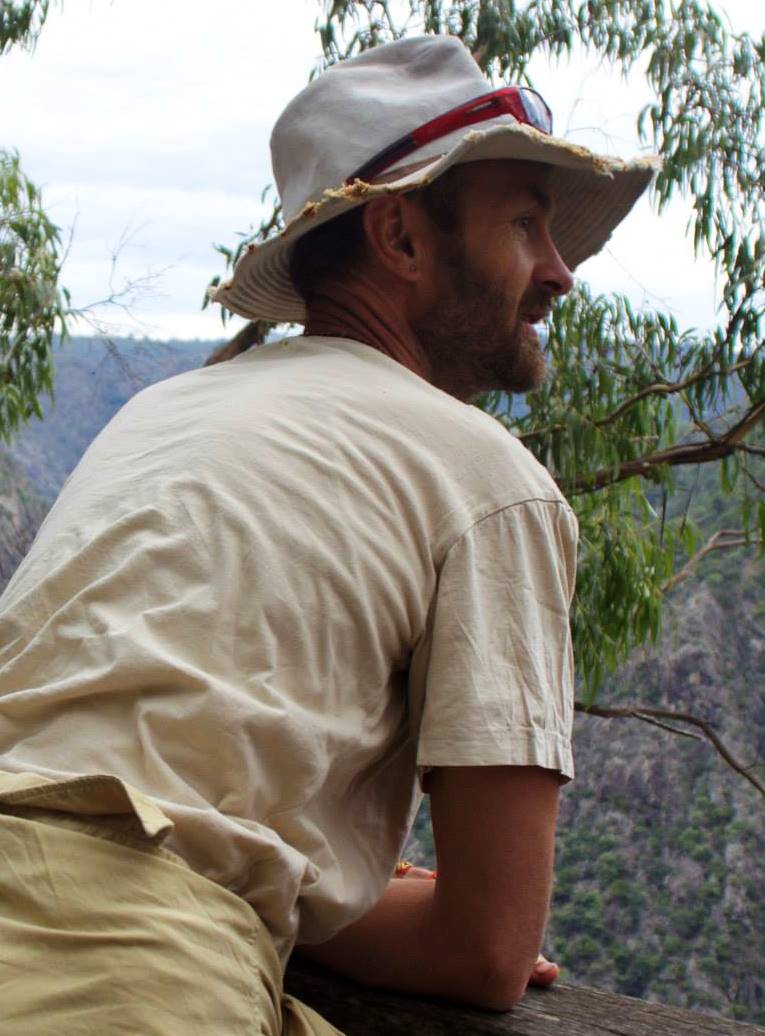
After a week’s hard driving from Armidale out to Dubbo, Coonamble and back to help Aboriginal artist Michael Brogan set up a very post-modern exhibition in a funky gallery converted from a Greek art deco café, I was well ready for a break on my trip to Tamborine Mountain. I pulled off the road at Cunningham’s Gap and made my way up into the pocket of rainforest of the Main Range National Park. The park seems perched precariously between the cleared land on either side, where small stands of dry sclerophyll forest seem the best you can expect.
Up and around the mountain winds the track, through deep forest, gradually losing the ceaseless rattle and roar of the giant trucks moving all that stuff we apparently need. Gradually the bird calls take over. There’s a goanna scuffling across the track, disturbing its rich red-brown soil. A glimpse of the vast valley below. A sharp peak to the north, one side bright vegetation lit up by the afternoon sun, the other ancient, sheer stone – a beautiful blue. A dry creek bed filled with giant grey boulders, tangles and green moss on the side of massive roots of the giant above. I feel like I’ve come home at last.
Higher up I again sense the fragility of the rainforest; a fire has swept through, changing the undergrowth. There are blackened trunks, grass trees verdantly springing back to life. One large tree falling can change the whole dynamic, letting in too much light. There’s a drying wind.
Nevertheless, I’m refreshed and inspired as I head down the mountain, stopping precariously to photograph it from a road cutting. Giant 4WDs sit on my tail, forcing me to ignore the scenery and drive faster than I’d like, honking when I slow to let them pass. In Beaudesert I try to find a tap to refill my water bottle and I stock up on groceries (although there turns out to be a good range of organic produce on the mountain). It’s hot and I have a slight headache from my visit to the Cheese Factory near Stanthorpe. I’d just wanted cheese, but the jovial proprietor had insisted I try his port, which led on to the mead, cabernet merlot and shiraz. So much for a dry week!
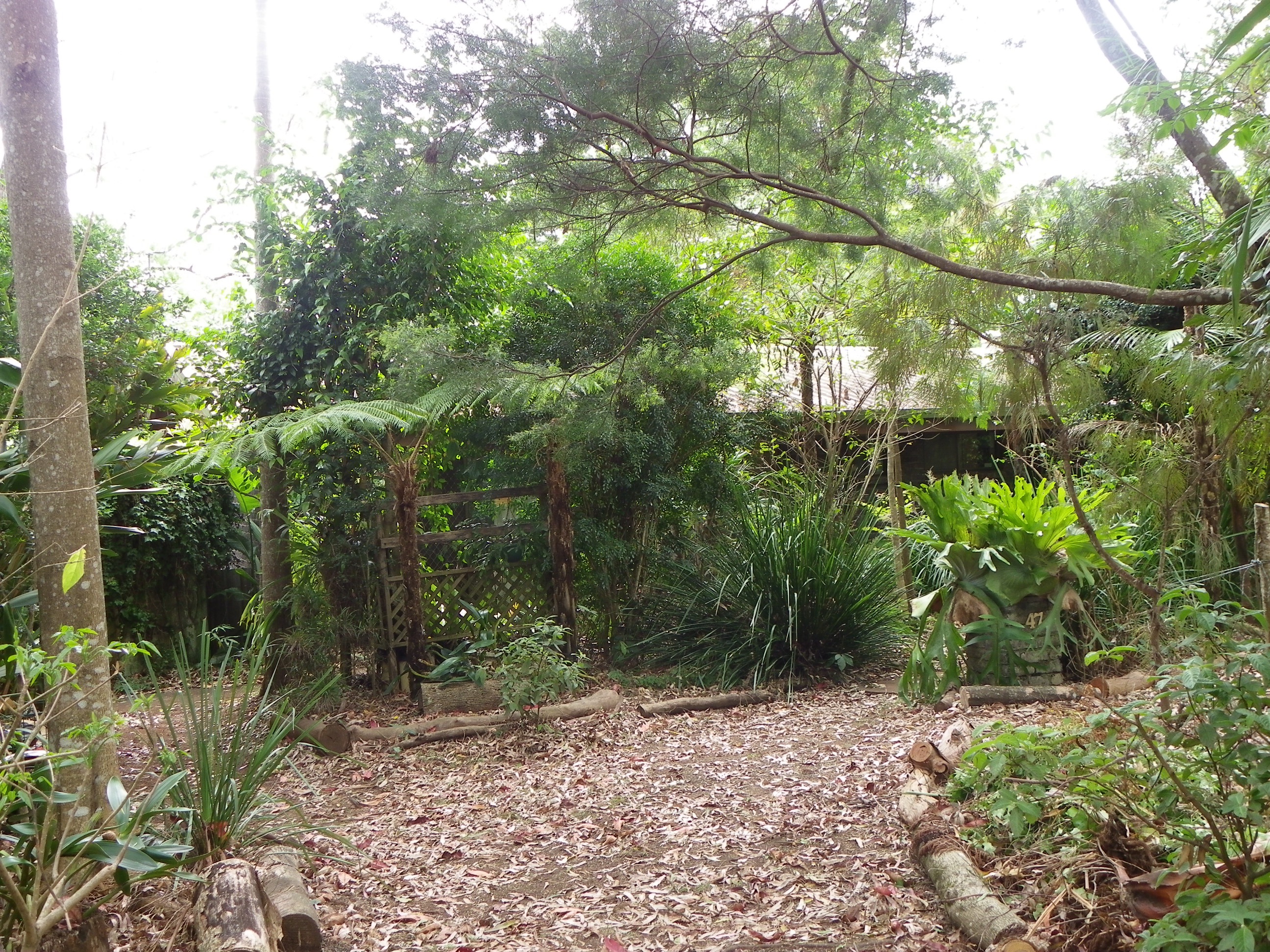
Up the narrow, sharply winding road to Tamborine Mountain at last, through majestic stands of trees, past a strange rock formation, a Bavarian sausage place, a winery, a distillery, fruit stands, Balinese massage, cafes and restaurants, terrific views I will come back to contemplate and sketch at, and finally I reach Sandra’s, nestled in the rainforest. She gives me a warm welcome, shows me around the cool, stylish accommodation. There are flowers and avocados on the bench, brochures about the area, books about the flora and fauna, a terrific library in the bedroom. The kitchen is well equipped, with solar hot water and a window onto the lush garden. The main room is spacious, with maps, artworks and inspiring photos on the walls, Persian carpets on the tiled floor. My solar-powered transistor can pick up multiple stations, including Classic FM, old favourite 4ZZZ, and a multicultural one – a relief after my trip near Hanson heartland, where I could get only one station – country and western. Sandra tells me about a poets’ night at the local Irish pub, so I wander down there after a cuppa, siesta and sandwich, stopping to observe the full moon rise – the closest and brightest for 68 years.
The poets are a friendly mob, ranging from a renowned 90-something poet, Raymond Curtis, who recites from memory a moving poem about Moreton Bay, to a young buck with ripped jeans and a goatee, who struggles with the microphone as he performs his first original poem. Many women recite, evocative imagery about love and loss, bodies and nature, in South African, German and broadly Australian accents. The main act is David Peetz, who is witty, amusing, animated and passionate, with some scathing commentary on globalisation, sexism, capitalism and Australia’s callous treatment of refugees. He leaps up on the bench at one point, later collapses on the ground, concludes by running out of the bar. It’s great fun, washed down with an obligatory couple of pots of Irish beer. The evening ends with some tributes to Leonard Cohen, including a wild version of Hallelujah by Susannah Lathlean, and others by Margie Rose and Seamus which have the whole crowd roaring along.
On my way home under the full moon I see a possum. A choir is singing in a church. There are some excellent paintings in the lawyers’ window. Culture is everywhere and I’m reminded of my partner’s words the day before – that humans are capable of such wonderful things, and yet allow such terrible things.
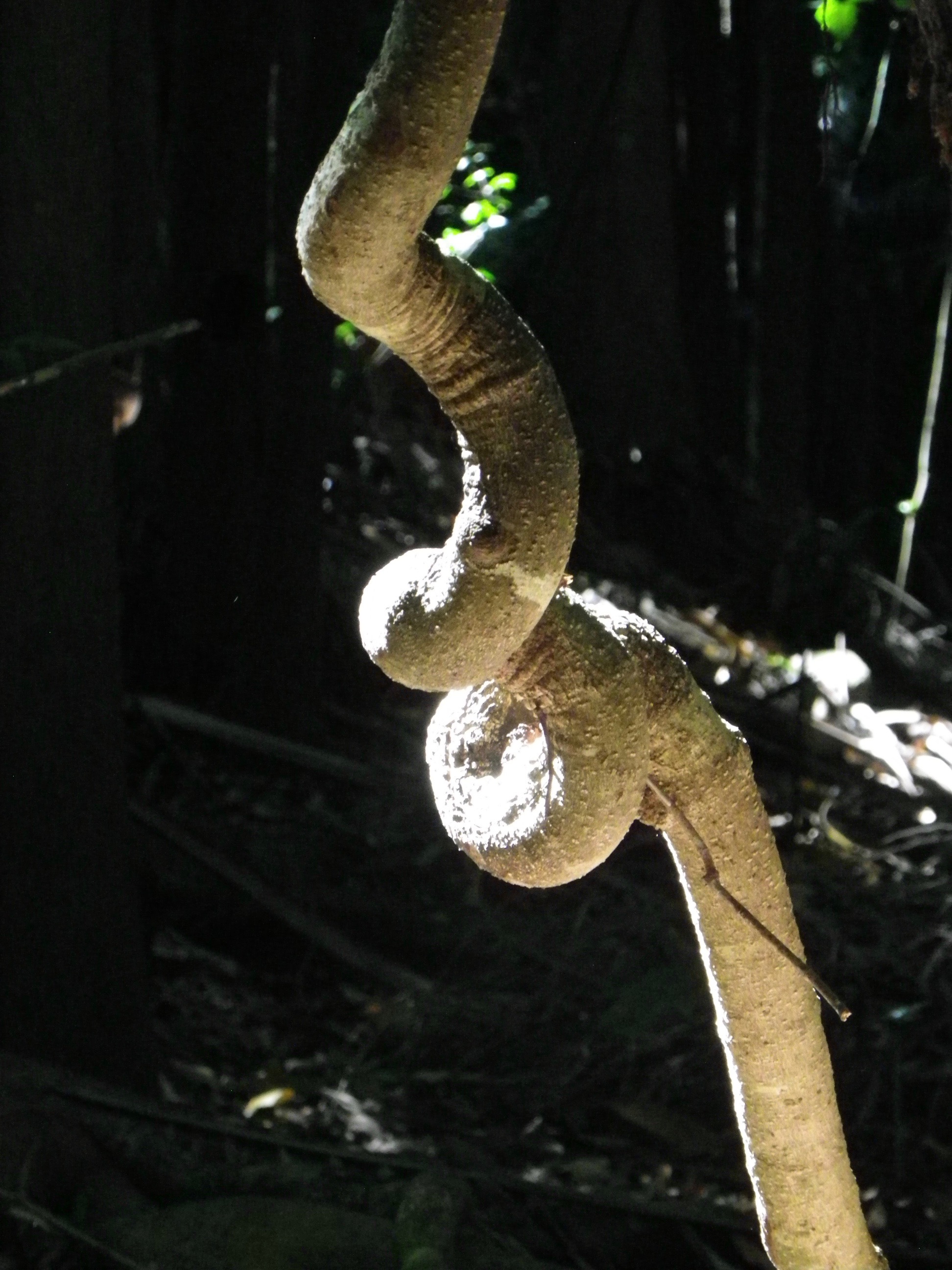
The next day I’m straight into the rainforest – bangalow palms, Canungra bloodwoods, staghorns, bleeding heart, a baby bunya. There’s cool fresh air with spring perfumes. Lomandra, ferns, walking stick palms, dendrocnides, coachwoods, elephant ears, huge eucalypts. Native ginger, a squashed frog, an orgy of flies on the picnic table. Vines like cords communicating between the strangler figs. Patches of warm sun, a deep grey cloud above exciting the forest with a promise of rain. A blue dragonfly. The bells and buzz of birds – wompoo pigeons, regent bowerbirds, some screeching corellas high in the canopy. Something huge and prehistoric swooshes by fast. A bull ant kindly decides not to bite me; instead she walks away across the fallen orange and red leaves. A bush turkey honks and walks close by, proudly displaying the land rights colours. The presence of Aboriginal people, and Judith Wright, can be felt. I’m ready to write.
Over the next week I attack my novel, a work of eco-sci-fi called Locked On: The Seventh and Most Illegal in the Hitchhikers’ Guide Trilogy. I skim across and then scour through ten chapters, sorting them into passages to definitely keep, those I’ll definitely discard, and possible ones. Others I cut or put aside in other documents. I input a few notes and ideas from a bulging folder, and take off on a few new directions of dialogue or text. In all twenty-seven separate word documents get amended.
It’s delightfully quiet, apart from a few trucks on Wednesday, tip day. I walk a lot, including a trek up a rainforest creek to its source in a vineyard, and finally get to do some yoga and meditation. I do a few jobs in Sandra’s lush garden in the afternoons, and investigate the village’s galleries and op shops. In the evenings I watch the news with Sandra or go with her to a lookout to eat pizza. As my physical and mental health returns, so my writing improves. Thanks BREW!
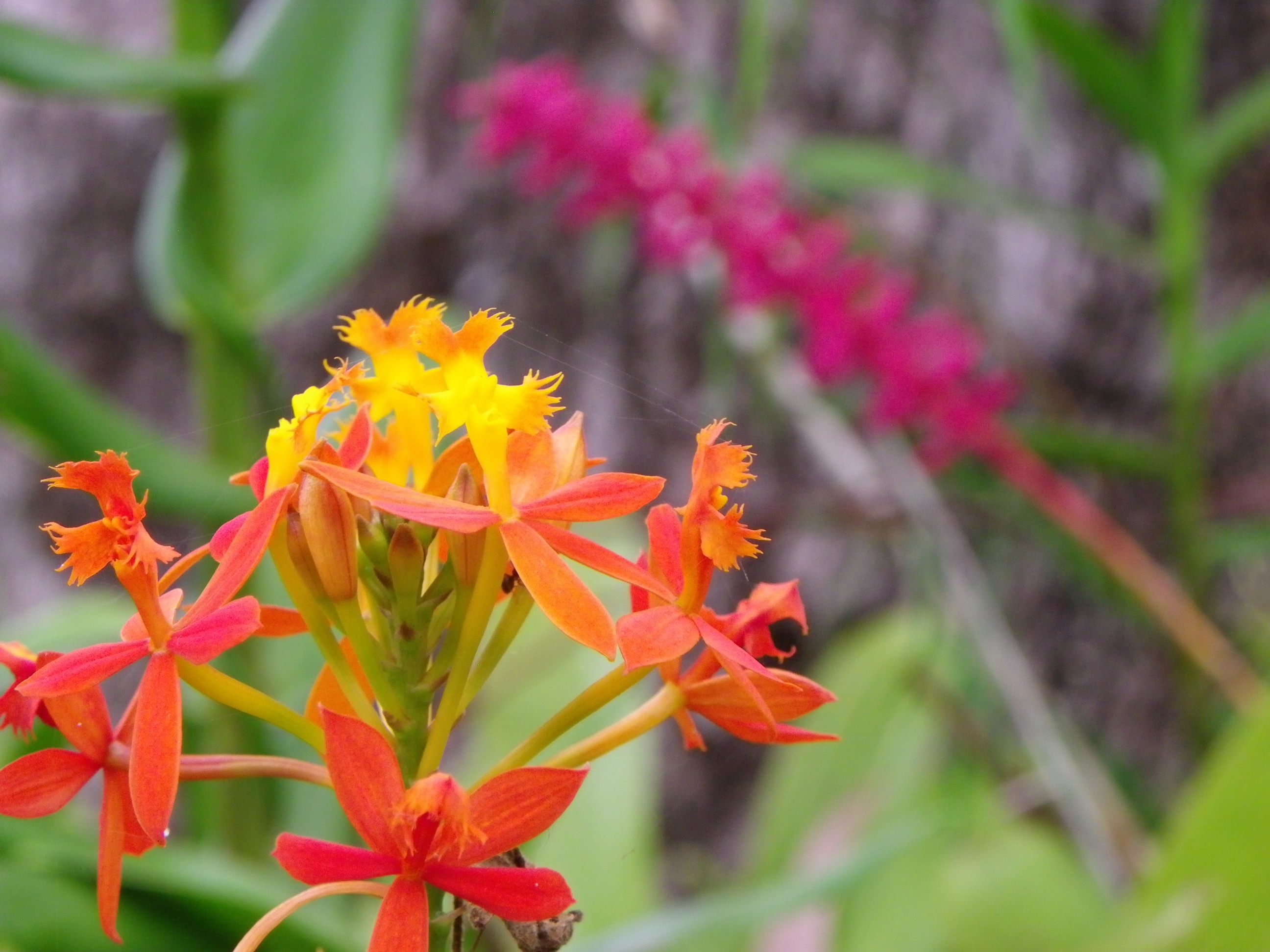
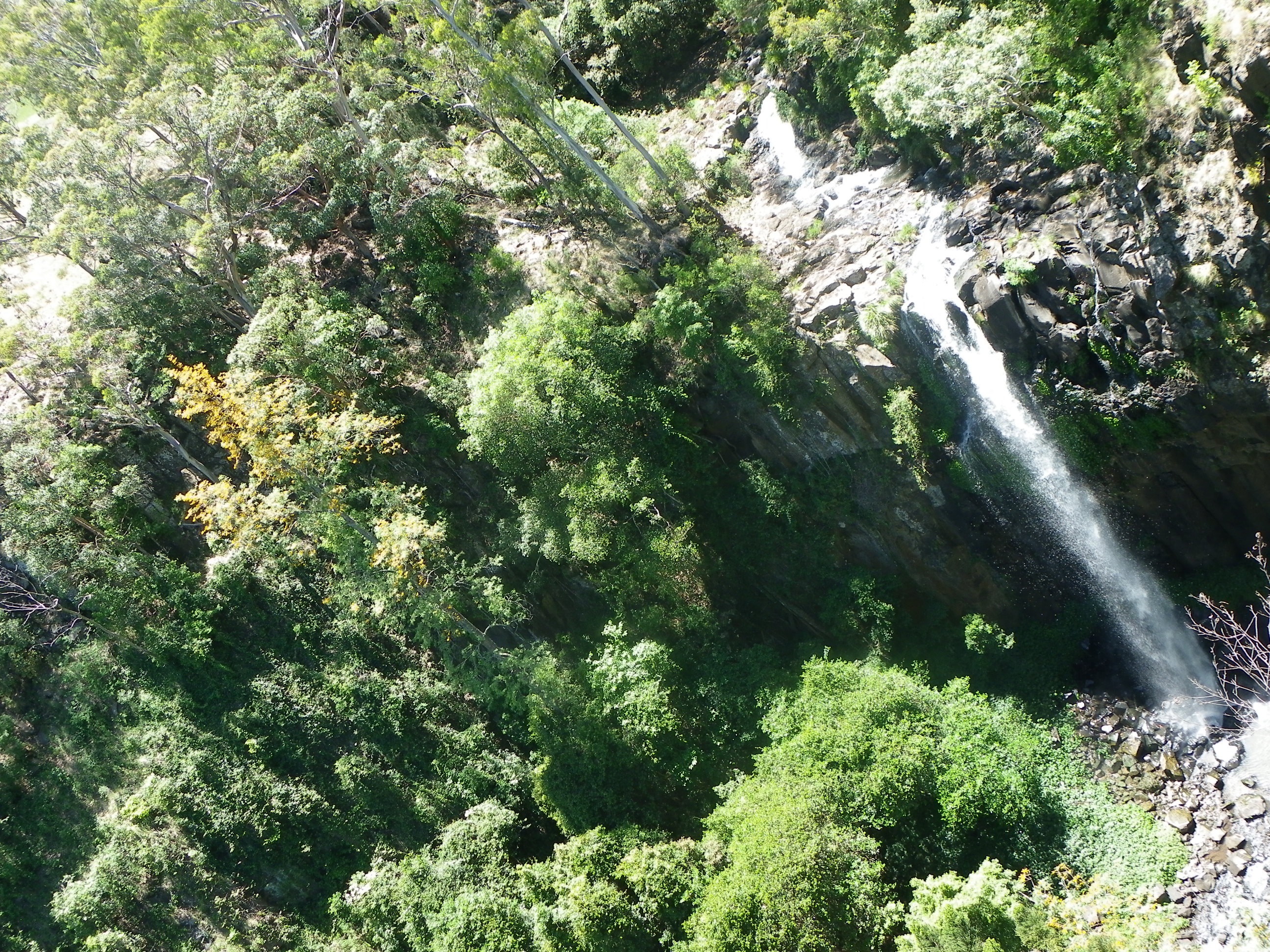
22 August 2016
Like a Homecoming
by Johanna Garnett, PhD candidate, Peace Studies, University of New England
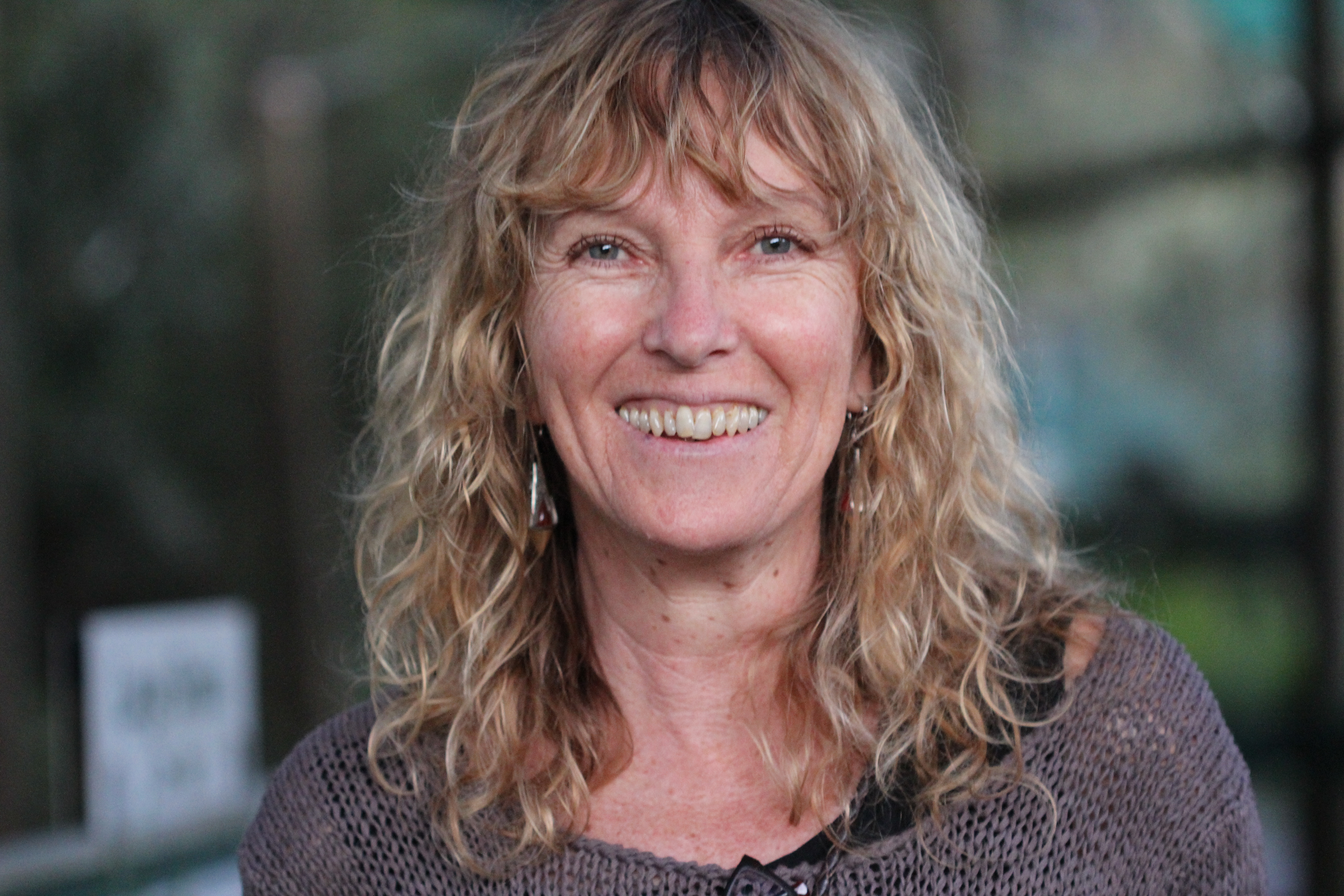
I left Armidale on a dry, frosty Northern Tablelands morning and arrived at my retreat 6 hours later, as the red sun was setting on a musty, green mountain. Of course I got lost in the twilight (GPS cannot be relied on at this height apparently) but Sandra guided me in over the phone and was waiting, welcoming me.
Before moving to Armidale I lived in the Tweed valley for 30 years; in the caldera shaped by an ancient volcano. I come from this landscape; this flora and fauna and arriving on the mountain felt like a homecoming, soothing to the soul and fantastic for the writing process. I quickly settled in and took myself off to the local Italian restaurant and returned ‘home’ that evening to peace, quiet and a creative space all to myself and began writing – what bliss!
My PhD is a study of environmental peacebuilding in Myanmar (formerly known as Burma). My thesis is based on a case study into a unique environmental peacebuilding initiative that has been developed by Myanmar nationals, in an effort to address some of their serious and pressing socio-ecological issues. These include deforestation, land grabbing, soil degradation and water pollution, all of which are impacting on local communities and traditional livelihoods. A grassroots, environmental, social movement organisation, the Network for Environment and Economic Development (NEED), has established a school and eco-farm in Myanmar and has designed an environmental adult education (EAE) program aimed at agrarian youth. EAE is a transformative education that is a hybrid of environmental education (EE) and adult learning theory. NEED is educating young adults from a variety of ethnic groups, from rural areas throughout the country, in land law, human rights, environmentalism and the practice of permaculture for alternative community development. NEED has created a learning community, a space for new ecological voices and perspectives. The objective of this research is to see how this particular EAE model is contributing to environmental peace in Myanmar.
When I arrived on the mountain I had chapter deadlines looming for my PhD and was feeling quite stressed. During my time at Sandra’s I was able to clarify many points, and through this uninterrupted writing process give voice to my participants’ concerns as well as articulating their responses more clearly. I left with a tidier computer and a tidier mind, ready for the final push (I am due to submit in 2 months).
I feel absolutely blessed and so thankful to BREW and Sandra for giving me this opportunity and making it such a wonderful experience. Sandra is a wonderful host, knowing when to provide space and when to offer support.
I wrote this little poem on my last day.
I Have People Who Would Miss Me
I want to wander off into the seemingly endless green
Wrap myself around a tree; lay my cheek against its cool bark
I want to slip off down the sparkling stream
Slide under the water, feel the bubbles against my skin
I want to fly away into the beautiful blue sky
Soar on the wind, above the clouds in the valley below
I want to bound, from stone to stone
I want to swing in the vines
I want to curl up inside that tree
I want to sit on this rock forever
But I can’t
I have people who would miss me.
9 March 2016
Ten Days on Tamborine
by Professor Darryl Jones, Environmental Futures Research Institute, Griffith University.
You don’t have to convince anyone attempting to write anything substantial – a thesis, a scientific paper, a grant application, a book – that time and solitude are literally (literary) priceless! The ragged, chaotic end to the last academic year seemed especially frantic; too much to do in too little time for too little point. The day I was able to caste it all aside and escape to Tamborine Mountain felt genuinely like liberation.
Sandra Sewell’s half-house within the towering rainforest and Eucalyptus grandis trees of the Knoll on Tamborine Mountain was ideal. Quiet (the birds and crickets ensured that it was not silent), secluded and just a little Spartan, the place was also as remote as I wished to make it. When I needed a break, turning right at the front door took me up the road into the dripping, verdant depths of the tropical rainforest, left a decent walk to the cafes and delightful library of North Tamborine village. But mostly I was more than content to hunker down over the laptop and lose myself in the task at hand.
This setting would have been ideal anyway, but the very smells and strange sounds of the place were more than just a nice place to concentrate. In a previous life (or so if seemed) I had spent several years on this mountain, searching out the secret lives of the local brush-turkeys. These remain among the most enjoyable, instructive and illuminating times of my life. To be back was more than a nice reminiscence: it seemed like an inspiring and invaluable opportunity. Whatever the mysterious reasons, it worked! I had hoped to complete an entire chapter of this book. I actually finished two, effectively and very satisfactorily, completing the whole thing.
I am immensely grateful for this eco-writers residency. Enormous thanks to BREW and especially to Sandra who knew just how much contact was needed.
Below is a section of the final chapter of The Birds at My Table, composed during my last days on the mountain.
Taking feeding wild birds seriously
The birds at my table are very impatient. I am just back from yet another trip and there has been no food on the feeder for an entire week. That was deliberate. It was difficult decision to make but in the end, I decided not to arrange for anything to be provided while I was away. Yes, I know (I can feel the emails and tweets building up already) that I broke the feeder’s Golden Rule: Once you start, don’t stop. And I did so intentionally, perhaps even defiantly. Was this blatant cruelty, willful neglect or straight-out stupidity? Don’t I care about ‘my’ birds after all? After I up-end the cup of wild bird mix, and retreat inside to watch the lorikeets jostle and grumble as I sip my coffee, I reflect on the unforeseen dangers of acquiring knowledge; sometimes the things we learn can lead us to reconsider our ideas and maybe even our actions.
This has been a long and fascinating journey, metaphorically, emotionally and physically, including a lot of air miles. Along the way I have been challenged, astonished, appalled and uplifted by what I have seen and heard. As is so often the case, when I started this journey I thought I didn’t know much about the topic; now I know that to be true. Even though I have gathered together enough material to fill a sizeable book, I am even more acutely aware of how much we don’t know about the feeding of wild birds. There must be literally hundreds of books describing how and what and where to feed birds in many countries but the amount of research investigating what this means, for people, ecosystems, landscapes and the birds themselves, is shockingly inadequate. We have barely scratched the surface of the many vital questions that need to be answered. I think that this is changing, and I hope this book pushes things along. You see, I think that there is a lot at stake here.
***
Your humble feeder takes on a new glow of relevance. It may simply be a way to attract nice birds or it may have a role in saving the world. Whatever its place in your life, it is most certainly more than just a place to see birds. Your feeder is one link in a gigantic chain, a strand in an enormous web, a station in a global communication network. Your private, personal action of providing food for birds changes the structure of an entire, interconnected ecosystem. Your decision to help alters the dynamics of the evolutionary process, and may assist in the process of natural selection in the form of facilitating the spread of diseases. Your feeder is connected, ultimately, to my feeder. My practices, in turn, will affect what happens at your place, eventually.
We think our feeders are for the birds. Our feeders are actually for us. But the birds don’t seem to mind. They continue to willingly bring their lives into ours by visiting, and so offer us wonder, hope, knowledge and pleasure.
6 October 2015
My Residency at Blue Bucket
by Justine Philip, School of Environment and Rural Science, University of New England
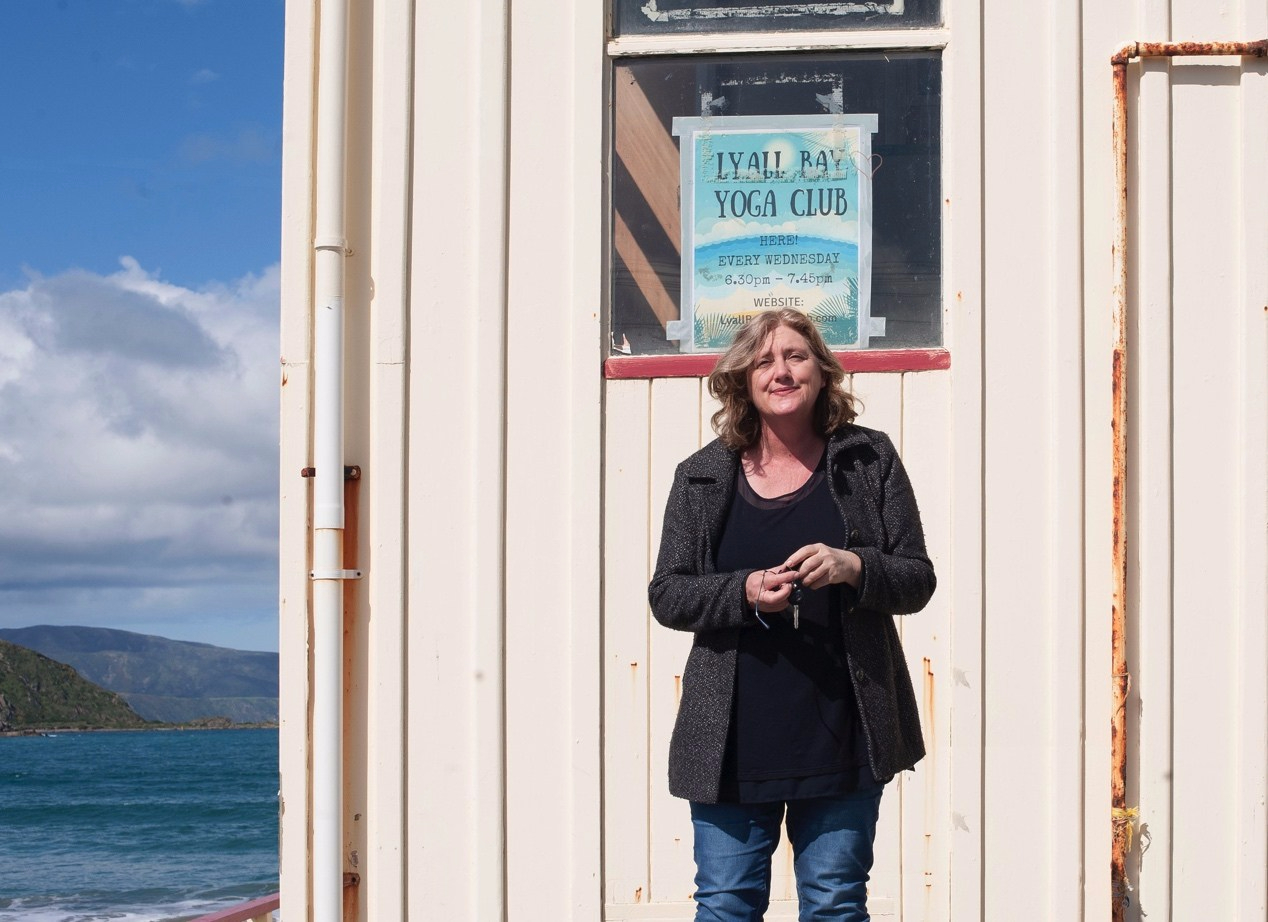
On September 20 2015, I drove 7 hours north of Melbourne into New South Wales, and up the Olympic Highway. After the recent rains, I travelled through the greenest countryside I have seen in Australia. I reached Blue Bucket cabin, 27 k’s out of Young, just before sunset. This was the start of my 10-day residency with BREW, Bush Retreats for Eco-Writers.
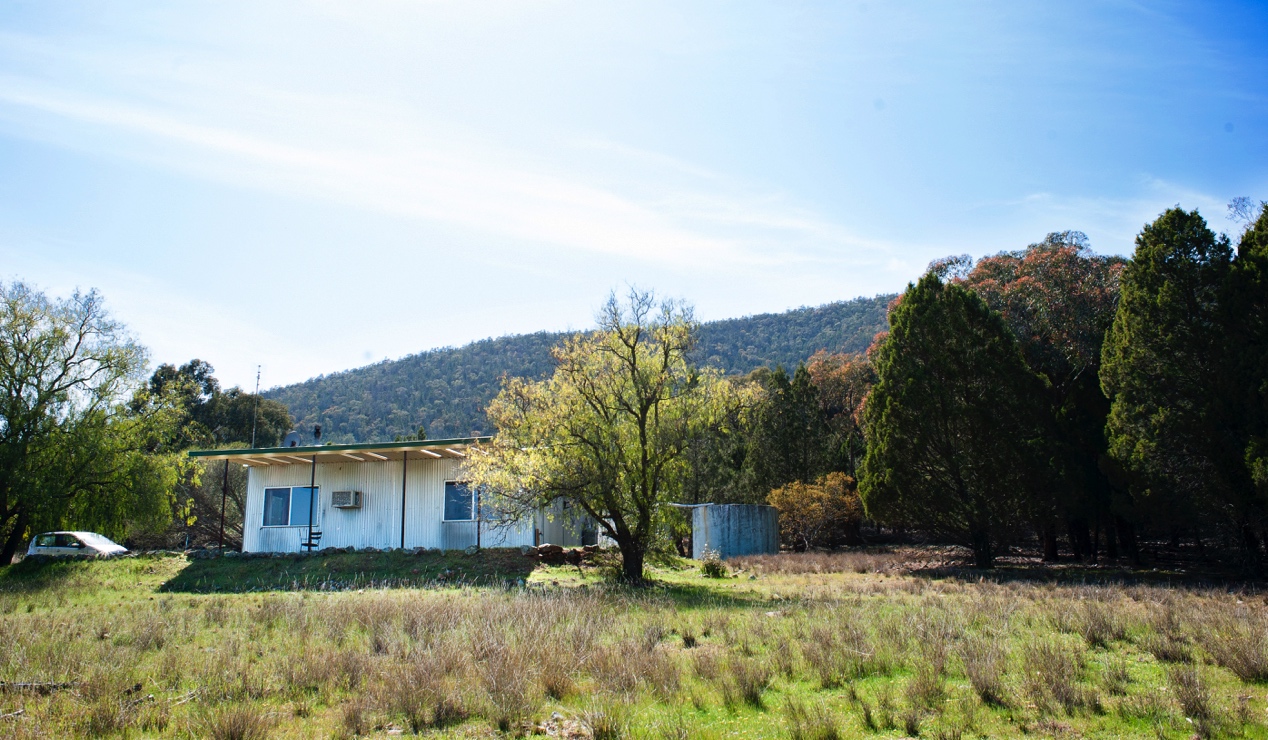
I am into the last stretch of writing for my PhD thesis, due 9 February 2016, and arrived at Blue Bucket cabin with three years of data, a mountain of books, and a deadline on my seventh chapter due in mid October.
The thesis documents the cultural history of the Canis dingo; exploring their 5000 + year history as a go-between in the physical and spiritual worlds of the Aboriginal people, followed by a 228 year long (and still running) frontier war with agrarian society.
My research has included collecting data from archives and natural science stores in Museum’s from London to Moscow, a six week residency at the Smithsonian Archives in Washington DC, and shorter journeys within Australia. So the topic was well travelled, and it was wonderful to get a chance to sit down and write undisturbed and immersed in a protected zone adjoining the Dananbilla National Park.
The first morning I woke up to find the whole valley cloaked in low-lying clouds. Islands of trees and fields appeared as if floating above the cloud line from the cabin. This was the perfect time of year to visit – the mornings were icy, so I started each day lighting the cabins old potbelly stove to keep warm, and writing at the desk close by, overlooking country.

My thesis unearths an often-turbulent shared human-dingo history. It is over 204 years since the first “Plan for the Destruction of the Native Dogs” was announced in Sydney town – on offer was a generous bounty, one gallon of spirits in return for each complete skin of a fully grown native dog, and half a gallon of spirits for a pup skin (Sydney Gazette 18/01/1811). Supplies ran out at 80 gallons.
Since then, every tool in the pest eradication kit that can be used against the dingo, has. Poison was employed from 1814, with baits applied in increasing intensity over the following decades, to the point that the longest chapter in my thesis has been dedicated to the history of poison and dingo control.
The chapter starts with the discovery of strychnine, increases in velocity and intensity up to post-World War 2, where aerial baiting campaigns launched an unprecedented scale of lethal controls across agricultural zones, amid enthusiastic newspaper headlines:
“November 11 to be D-Day for Dingoes” (Courier Mail 1946)
“Air blitz on the dingo” (Longreach Leader 1947)
“Air war against dingo” (West Australian 1948)
“Aerial War Against Queensland Dingoes” (Canberra Times 1946)
“Record Air Raid on Dingoes” (Argus 1948)
Since 1946, millions of baits containing lethal doses of strychnine or 1080 poison have been dropped from aircraft onto breeding grounds, national parks, and vast landholdings across the continent. The most successful bait rate recorded is 715 poison baits per wild dog/dingo kill. This is considered an exceptionally good outcome economically, and for industry and the environment (Thomson 1886).
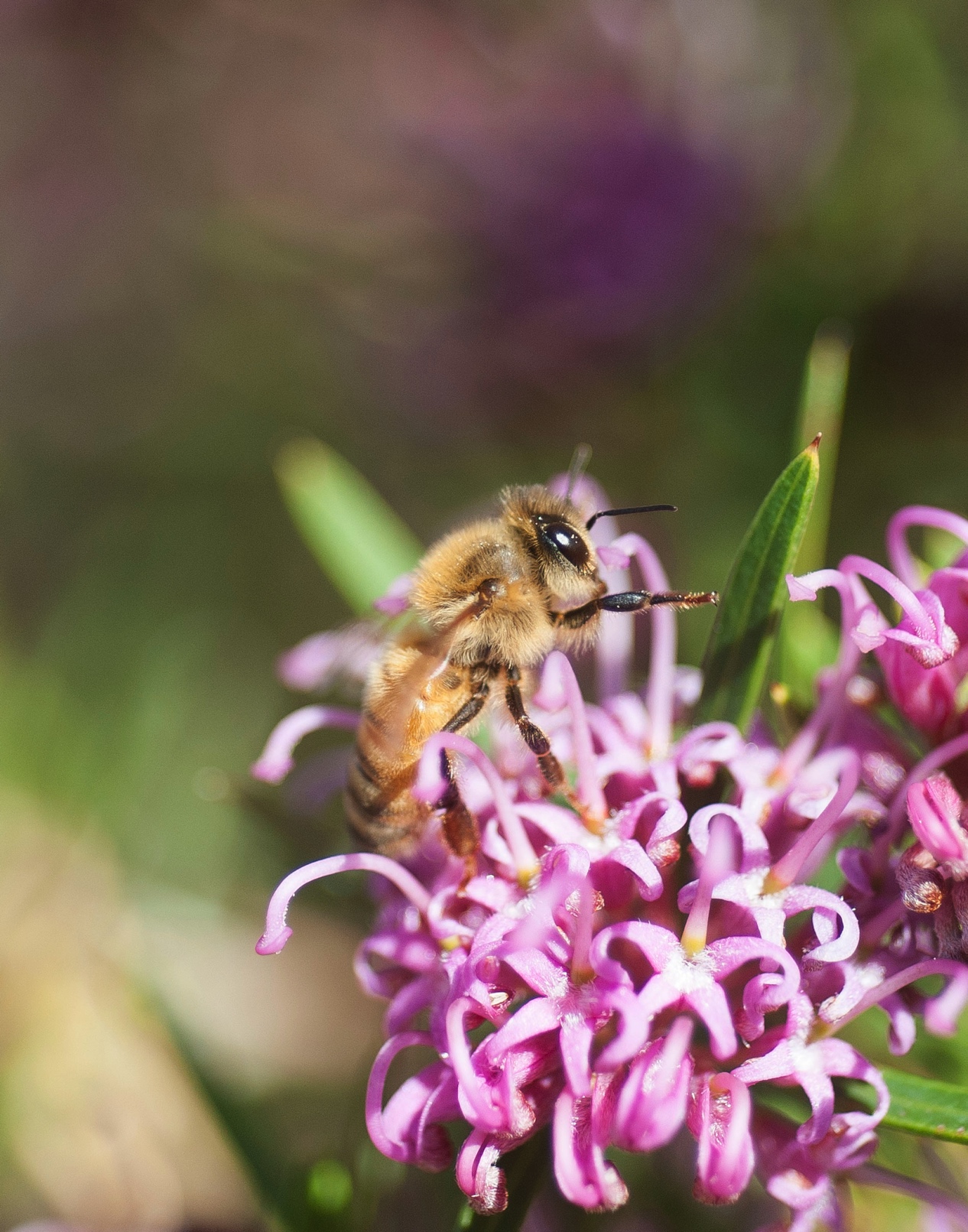
Blue Bucket provided the perfect environment to tackle this mammoth topic. The cabin nests in the buffer zone of the Dananbilla National Park. I was on my own for most of the 10 days, surrounded by a thriving population of kangaroos, echidnas, kookaburras and cockatoos, and a chorus of local cattle and sheep. Twice in ten days, my little VW enjoyed the ride up 2 k’s of dirt road to the nearest bitumen, and on to the local town for a fresh roasted organic coffee at the ‘Art of Expresso’ in Young.
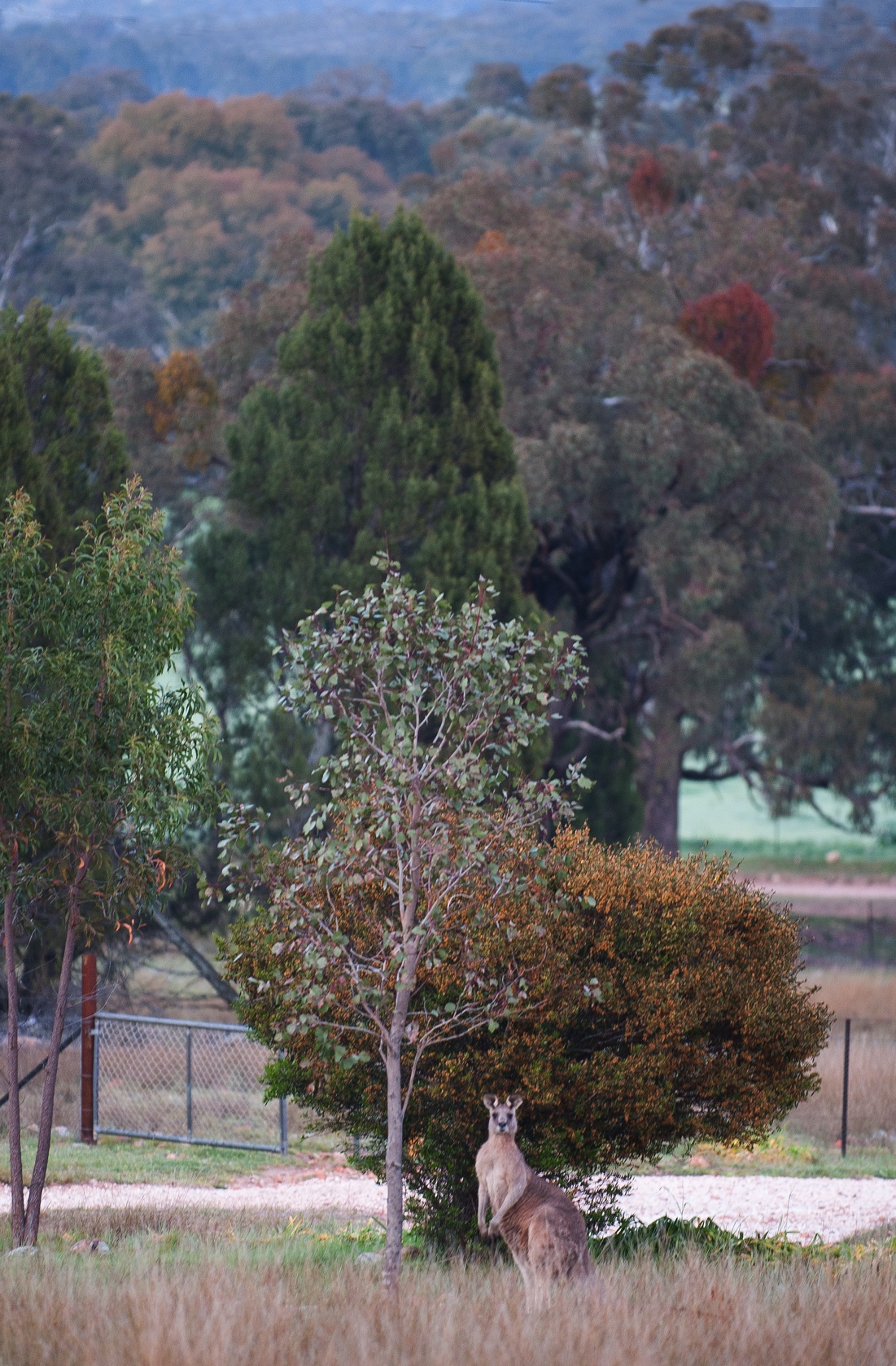
Barbara’s company and hospitality was an inspiration. I caught sight of her during first three days working on her land – out chopping wood and moving fallen trees up to the conservation zone, to help retain topsoil across the rocky floor of the native pine forest.
My task was much less strenuous, I worked my way through a maize of papers and notes on toxicology and the dark arts of pest control. Barbara was nearby at her residence for the first three days, and patiently listened to my monologues at the same time as introducing me to the exceptional local red wine – at the end of my 10 day residency, I drove home via the visitors information centre in Young to purchase some impossible to find, beautiful, rare regional wine to take with back me.
The cabin was wonderful – I was far from roughing it in the wilds. It has electricity, hot water, stove, comfy armchair and double bed, so I had to make a big deal about lighting the potbelly stove each morning, collecting firewood, the outhouse, the wildlife etc. so my teenagers back home did not get the impression I was just on holiday. My phone received emails and limited contact with the cyber world too, so it was a highly productive stay.
Many thanks to Barbara Holloway for her generosity, and to the BREW committee for accepting my application for the residency and for starting such an inspired project – I am looking forward to reading all the chapters, papers and accounts that emerge from future BREW residents! Now, back to the thesis…

